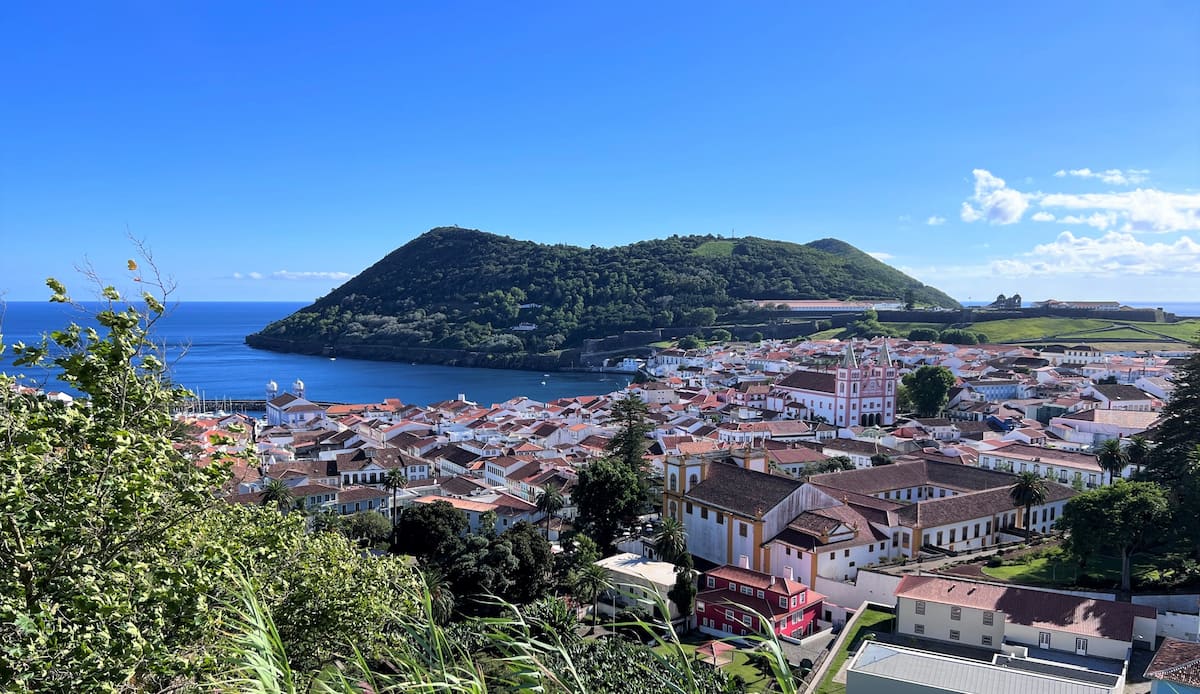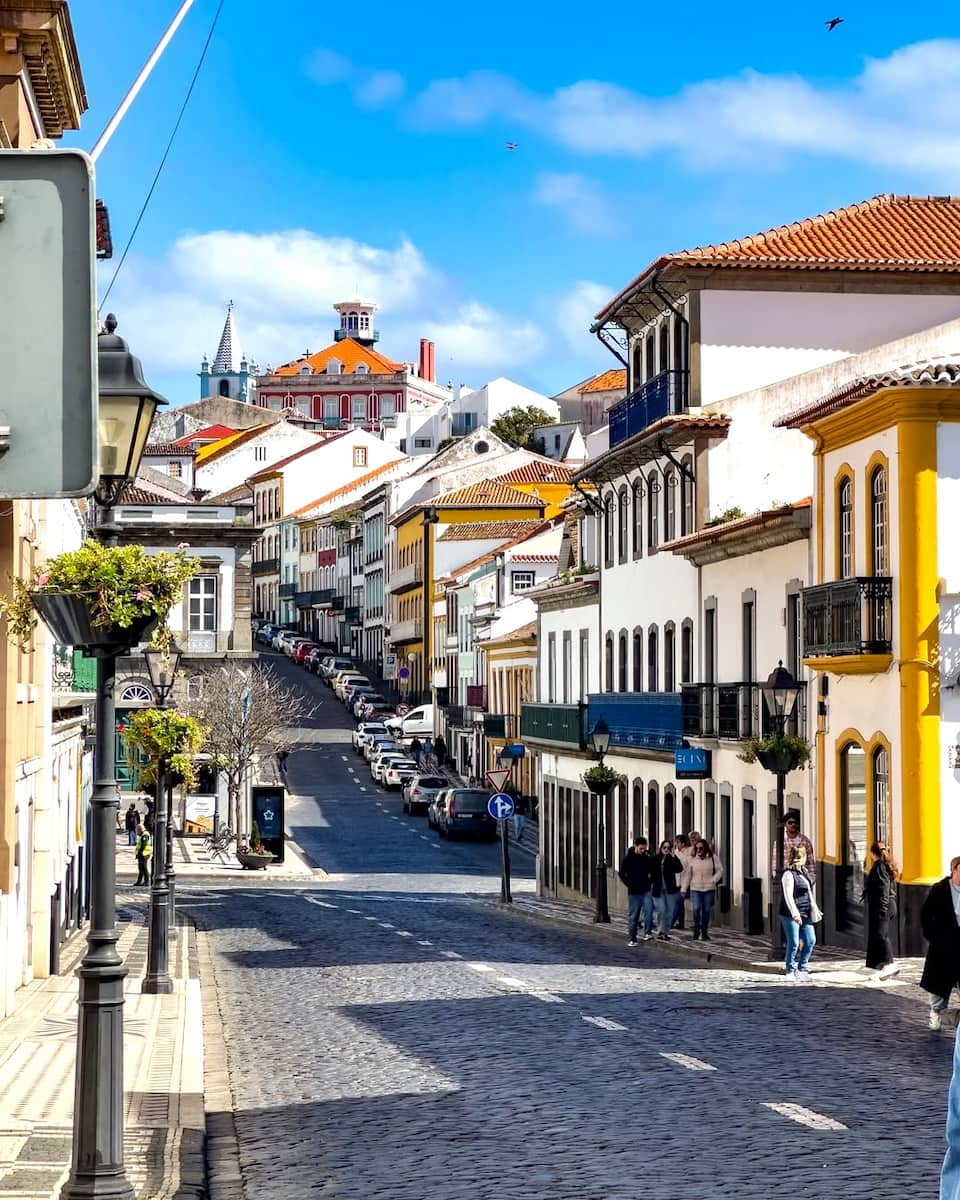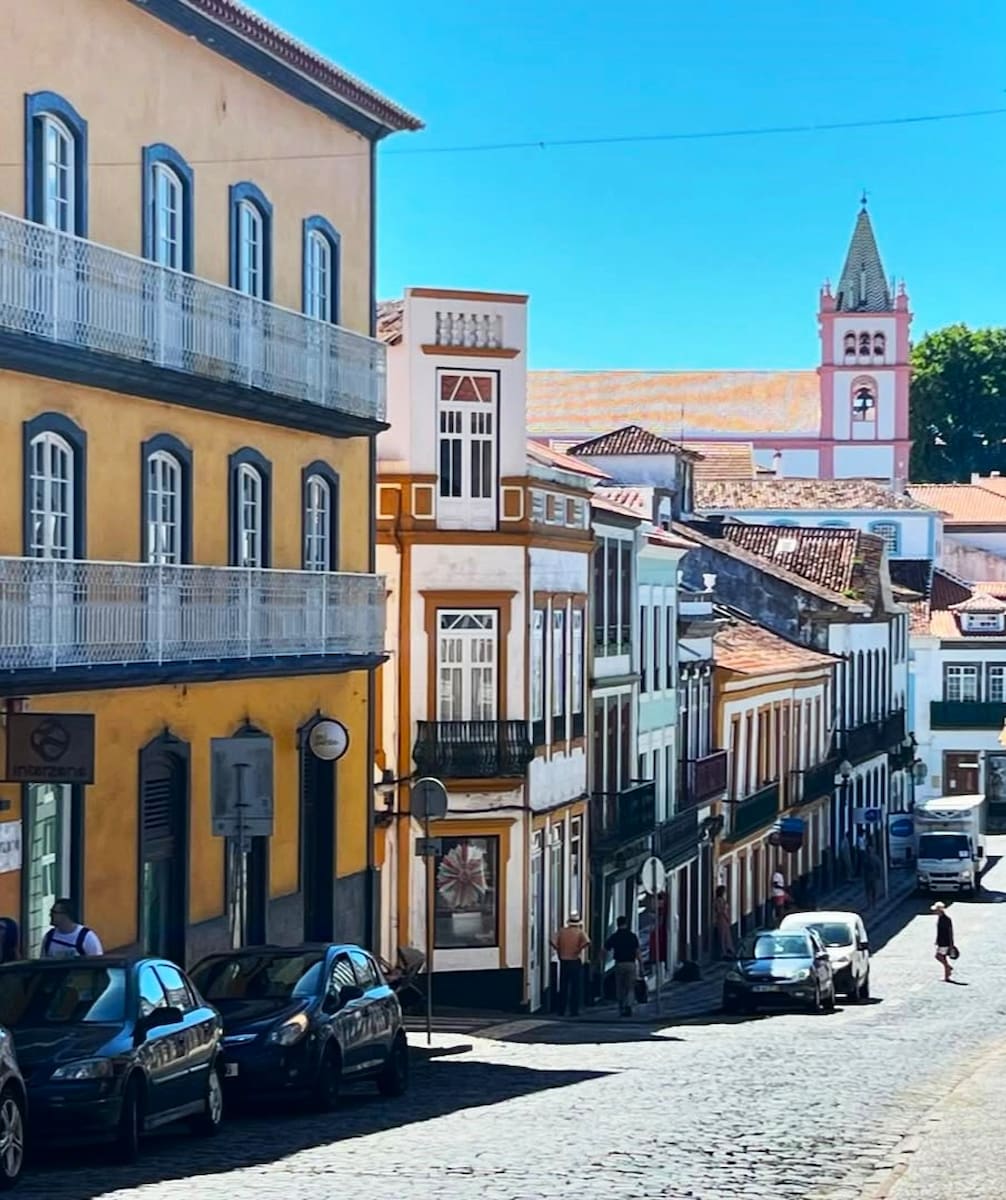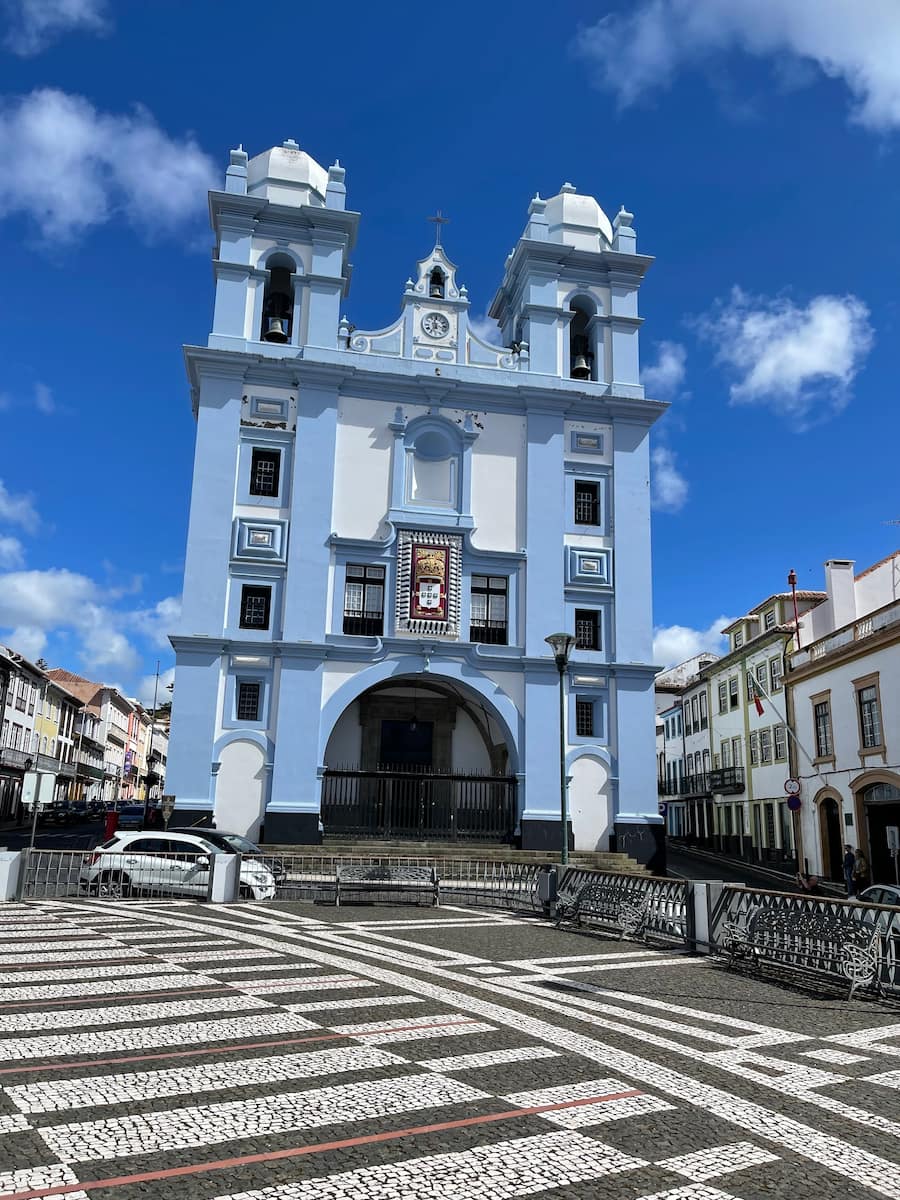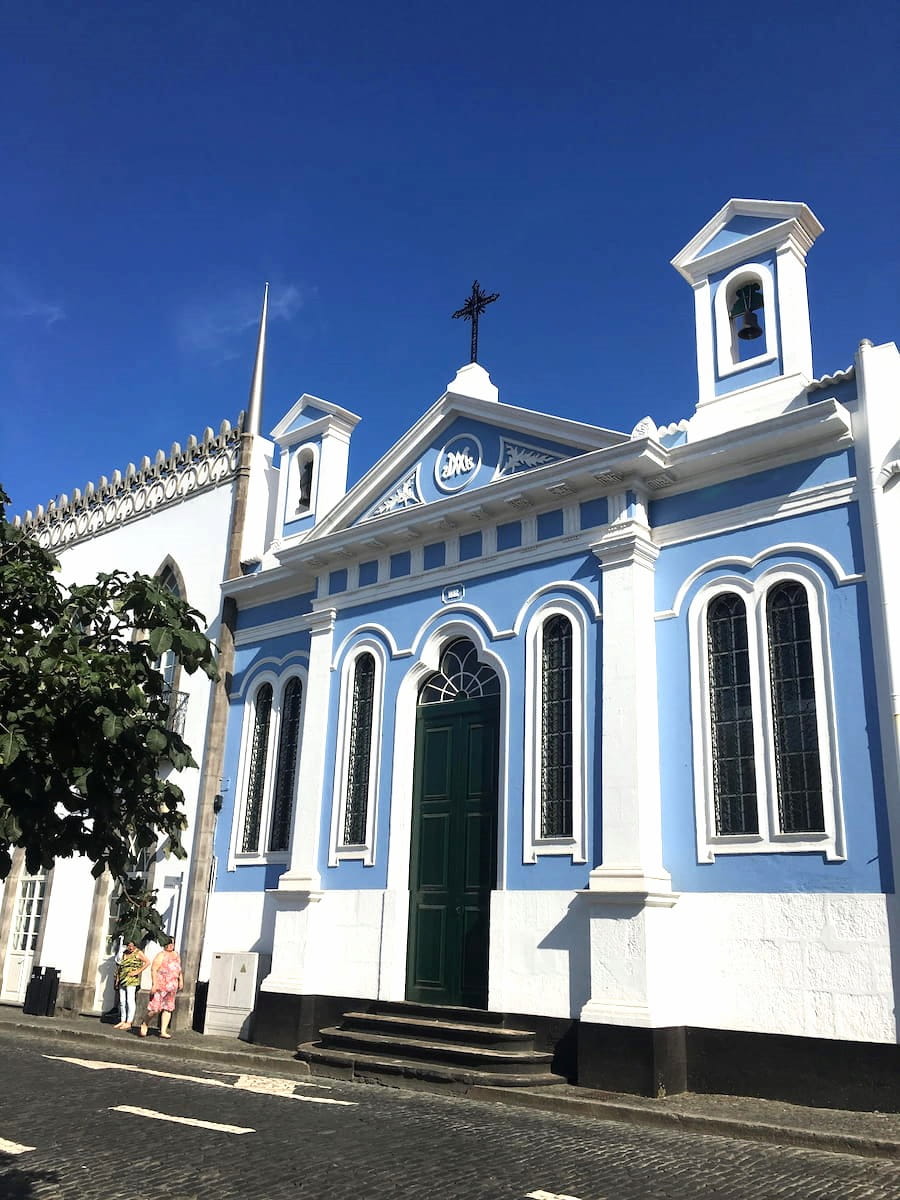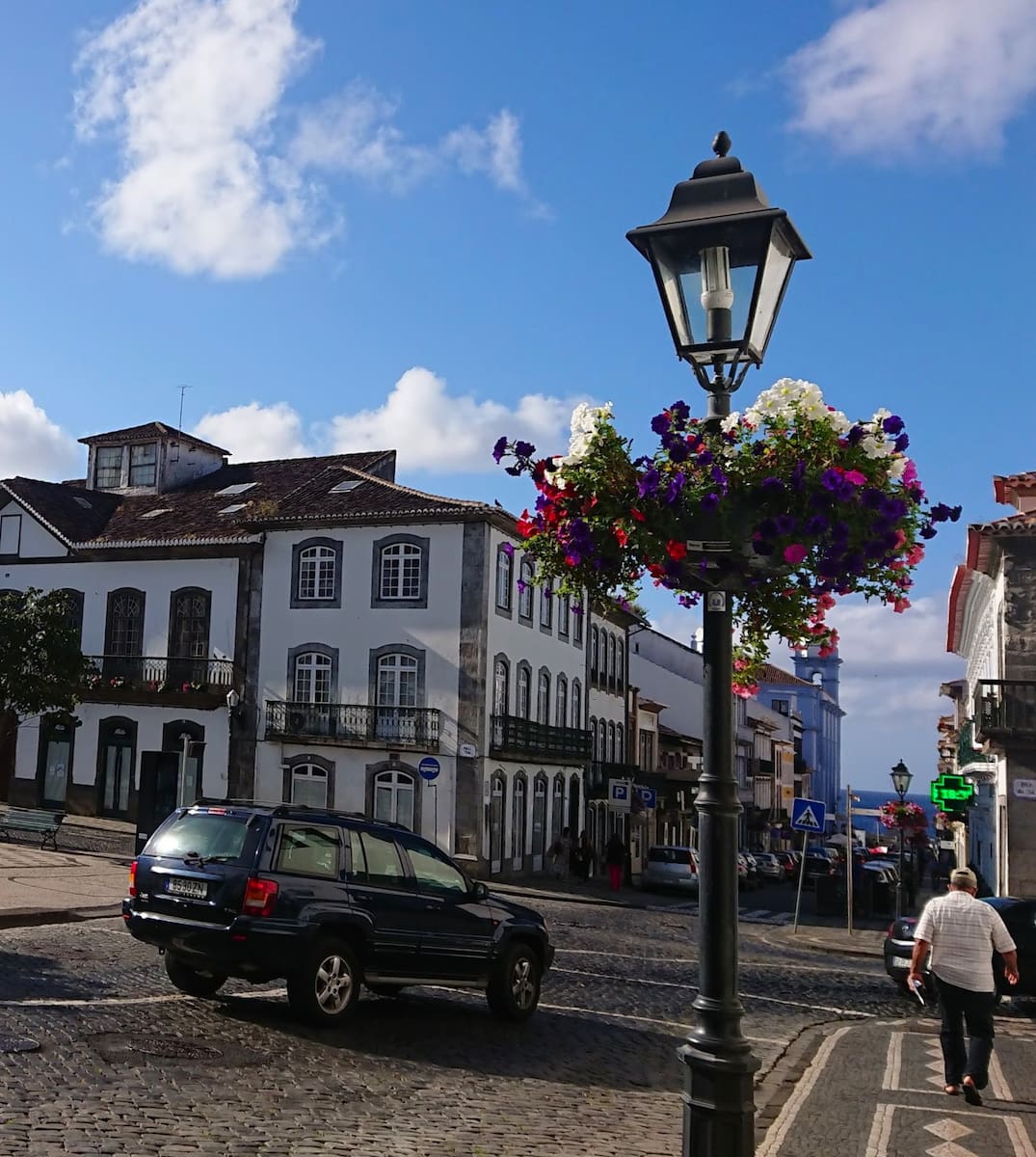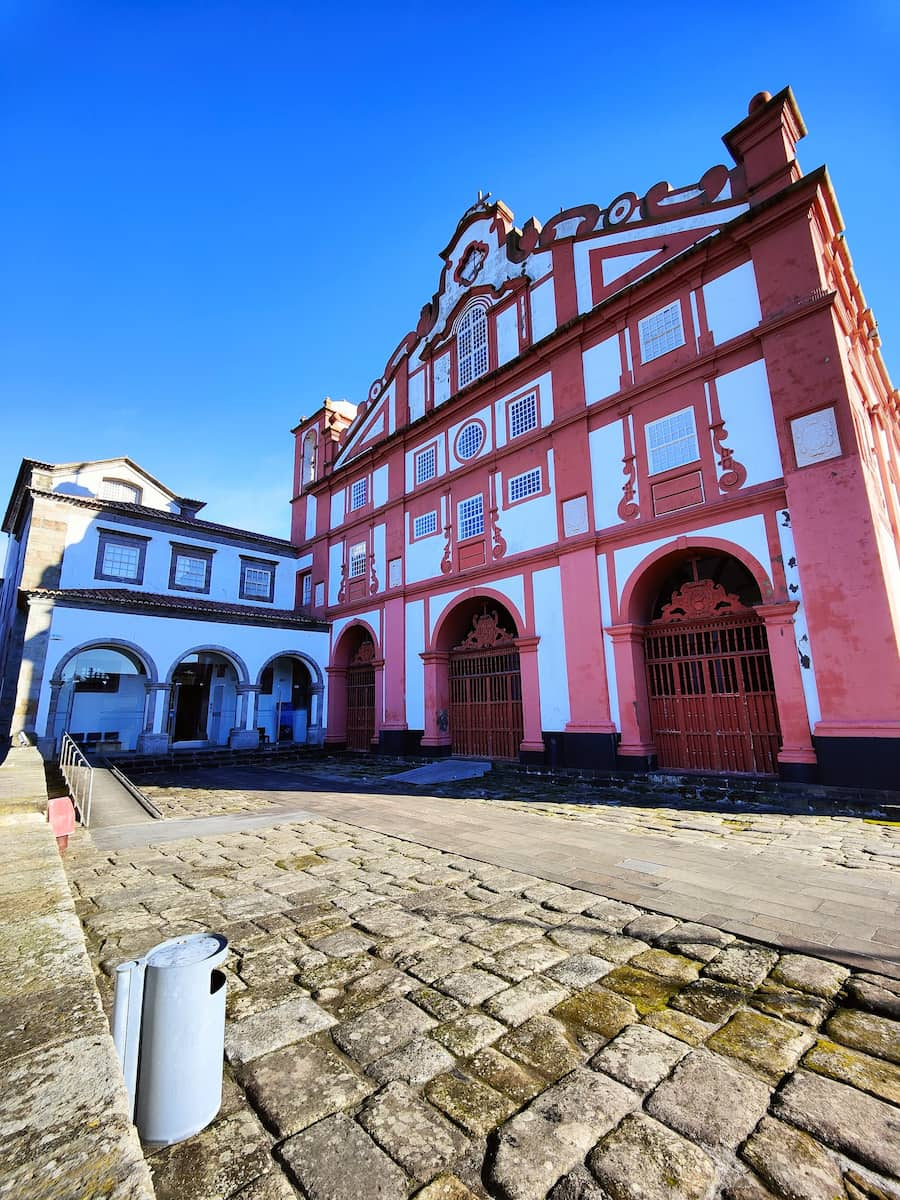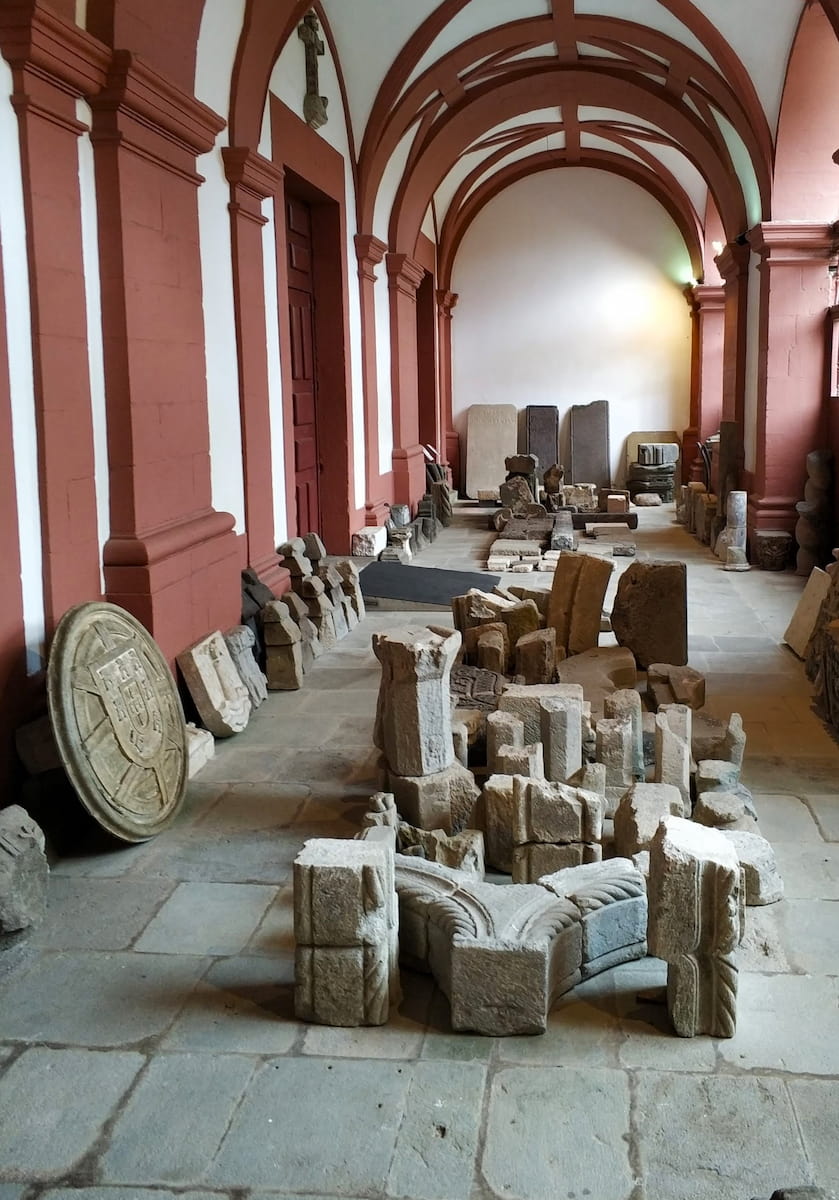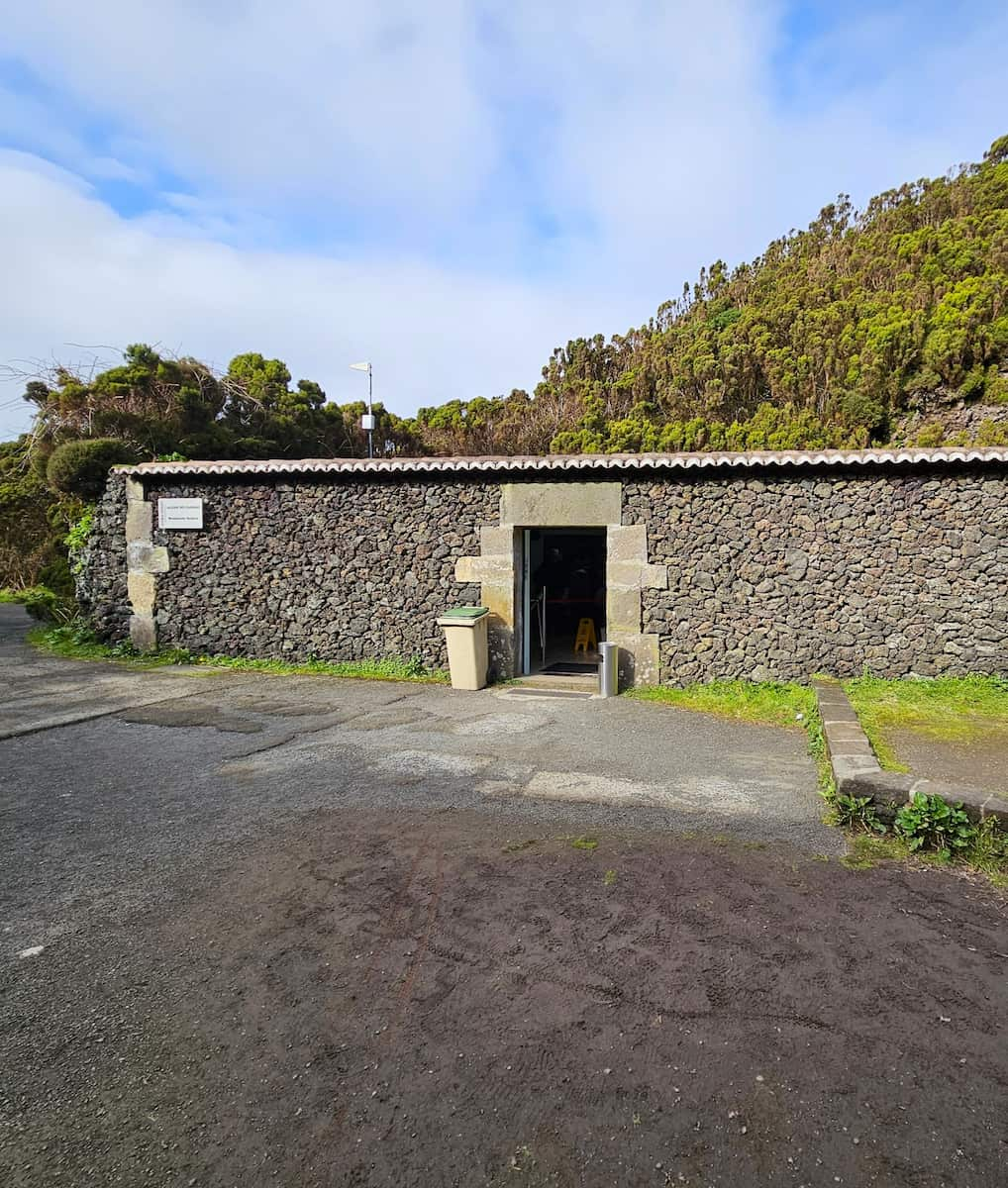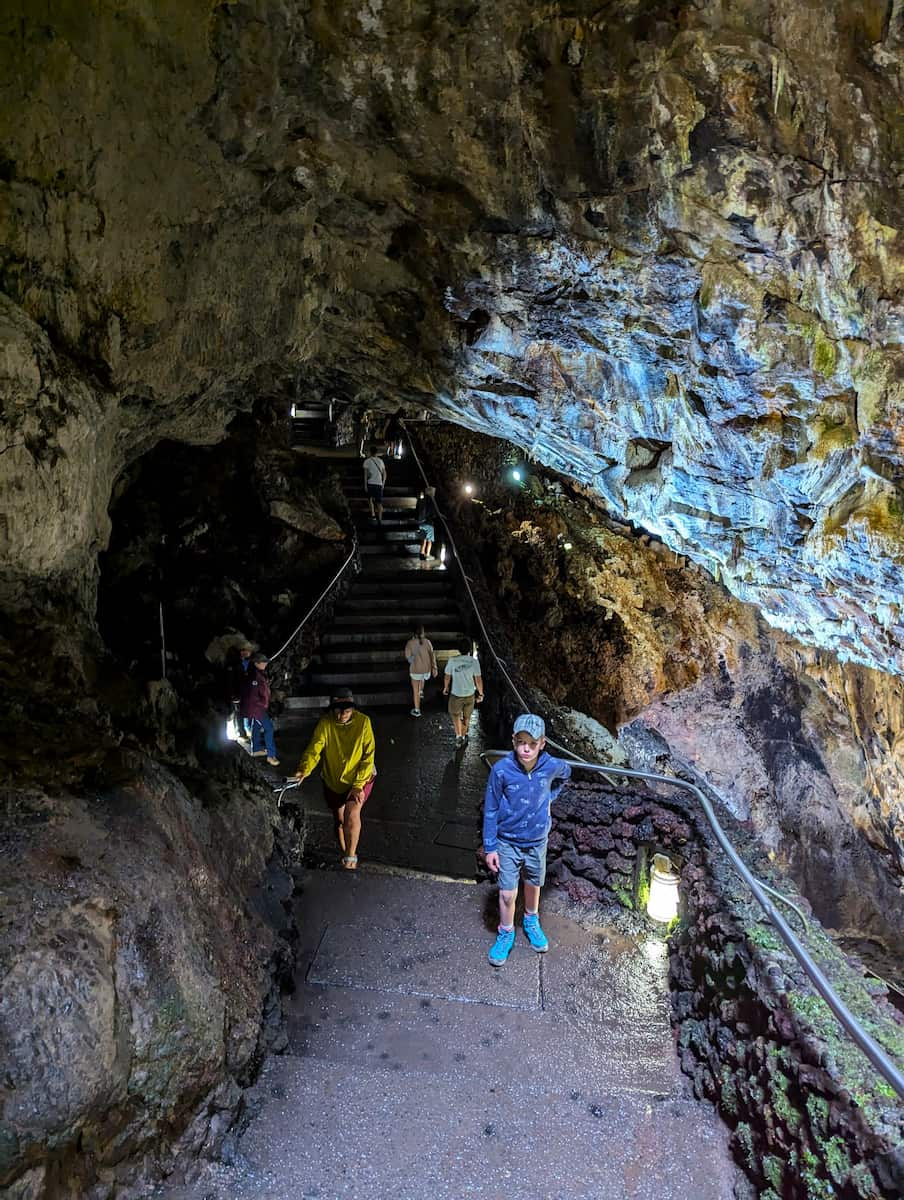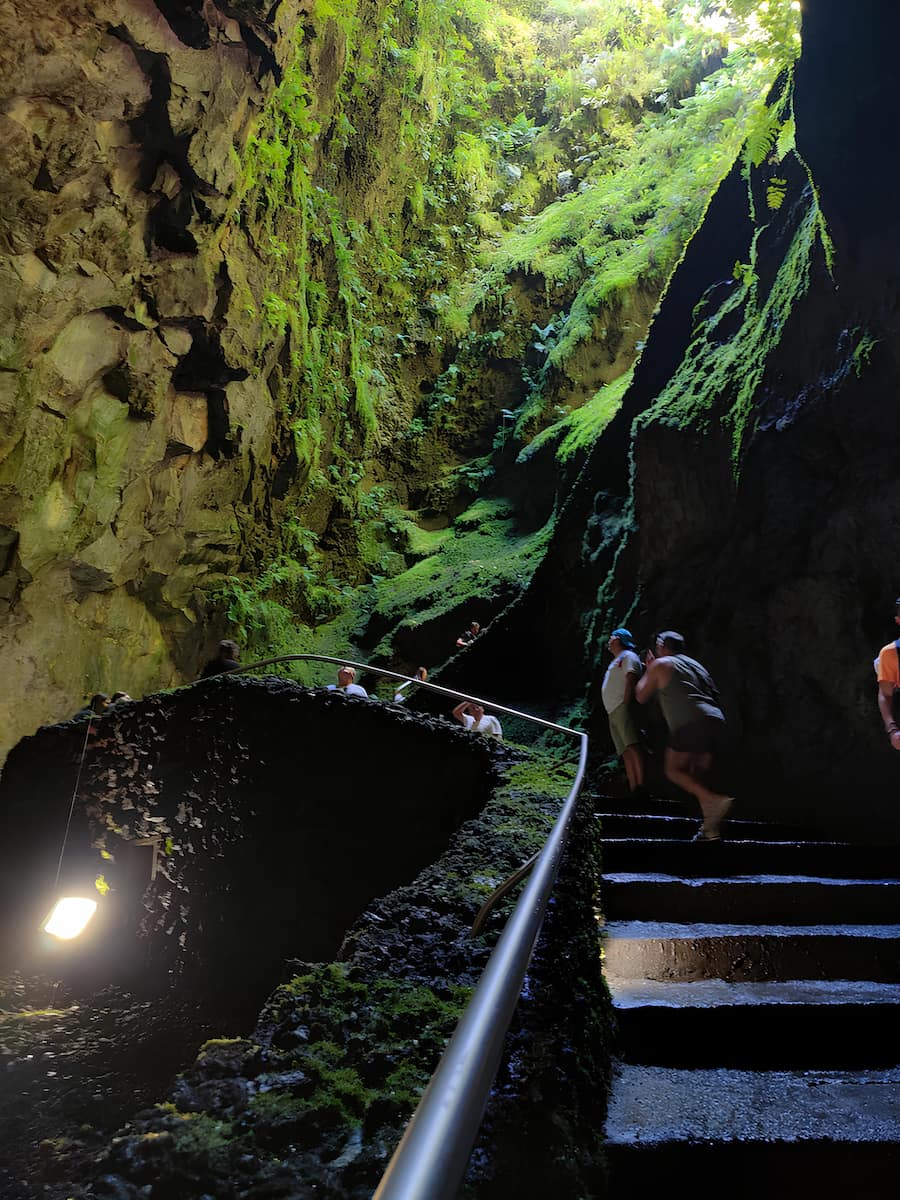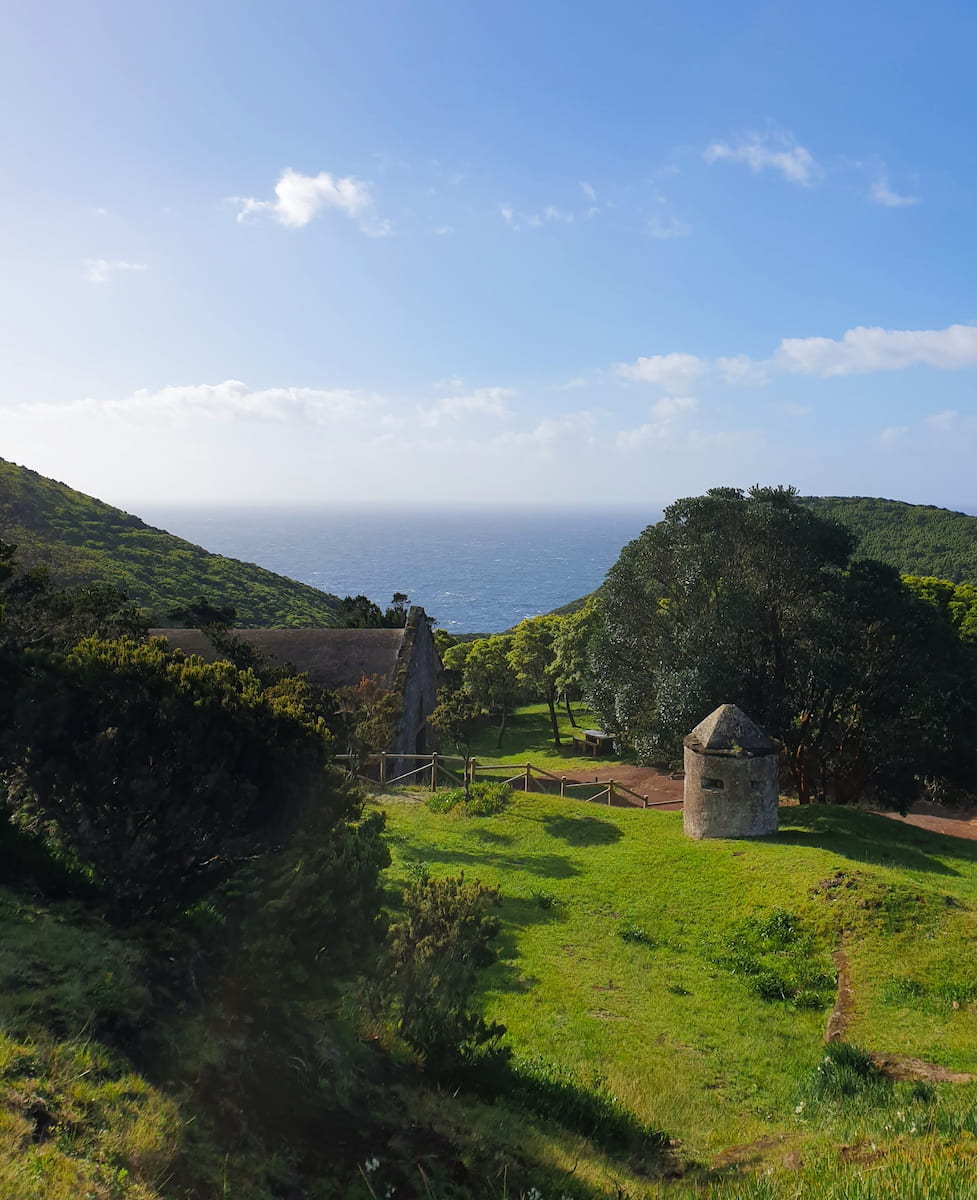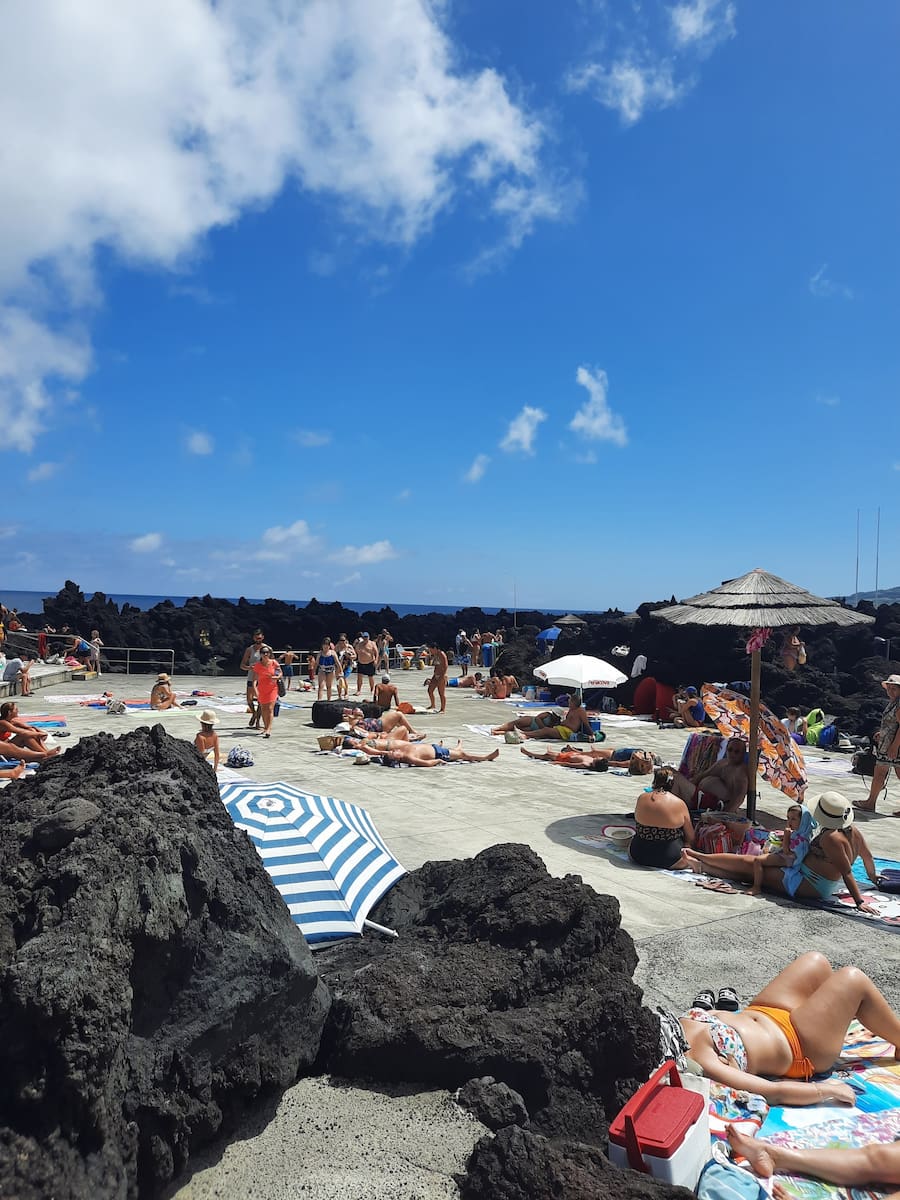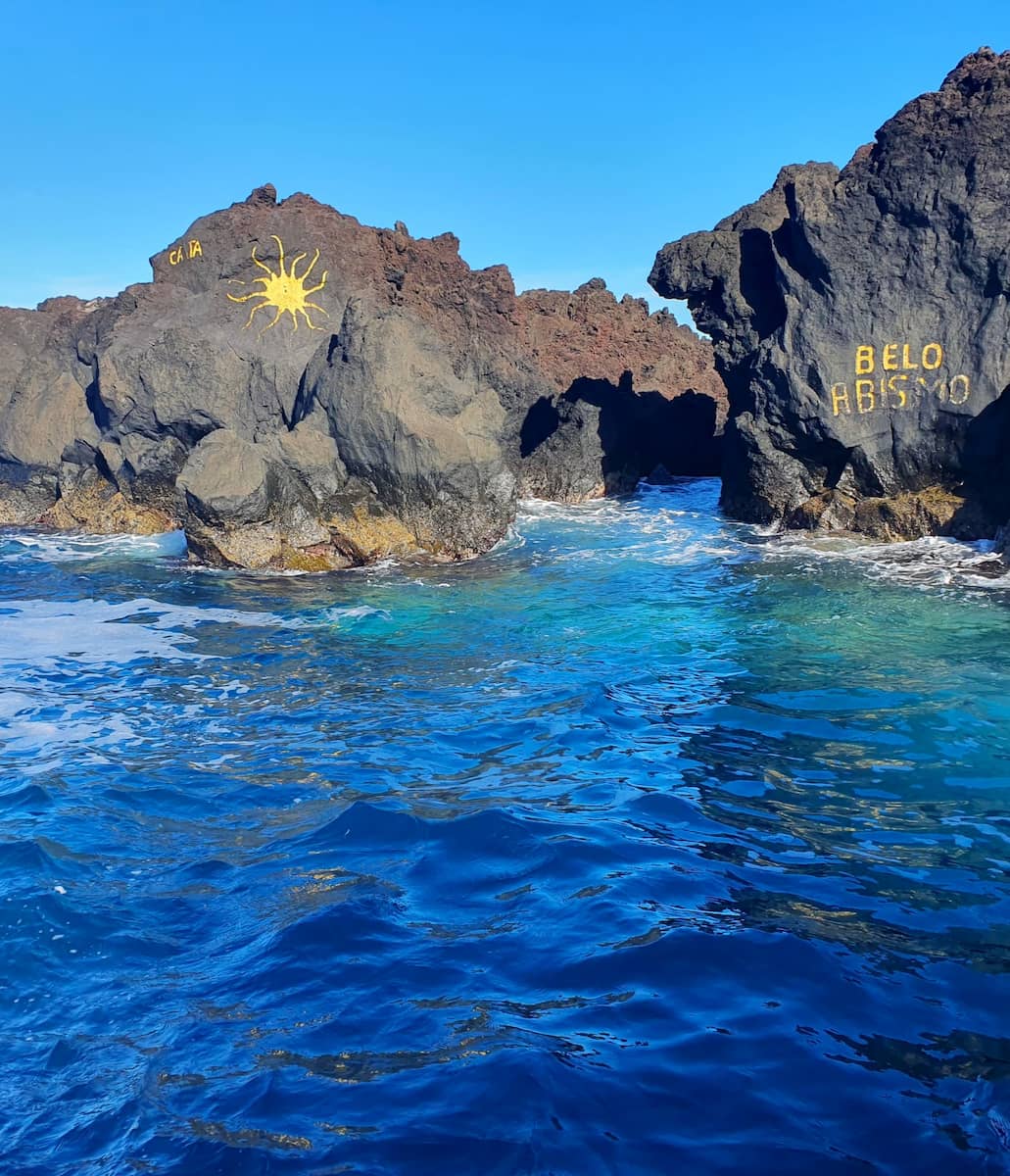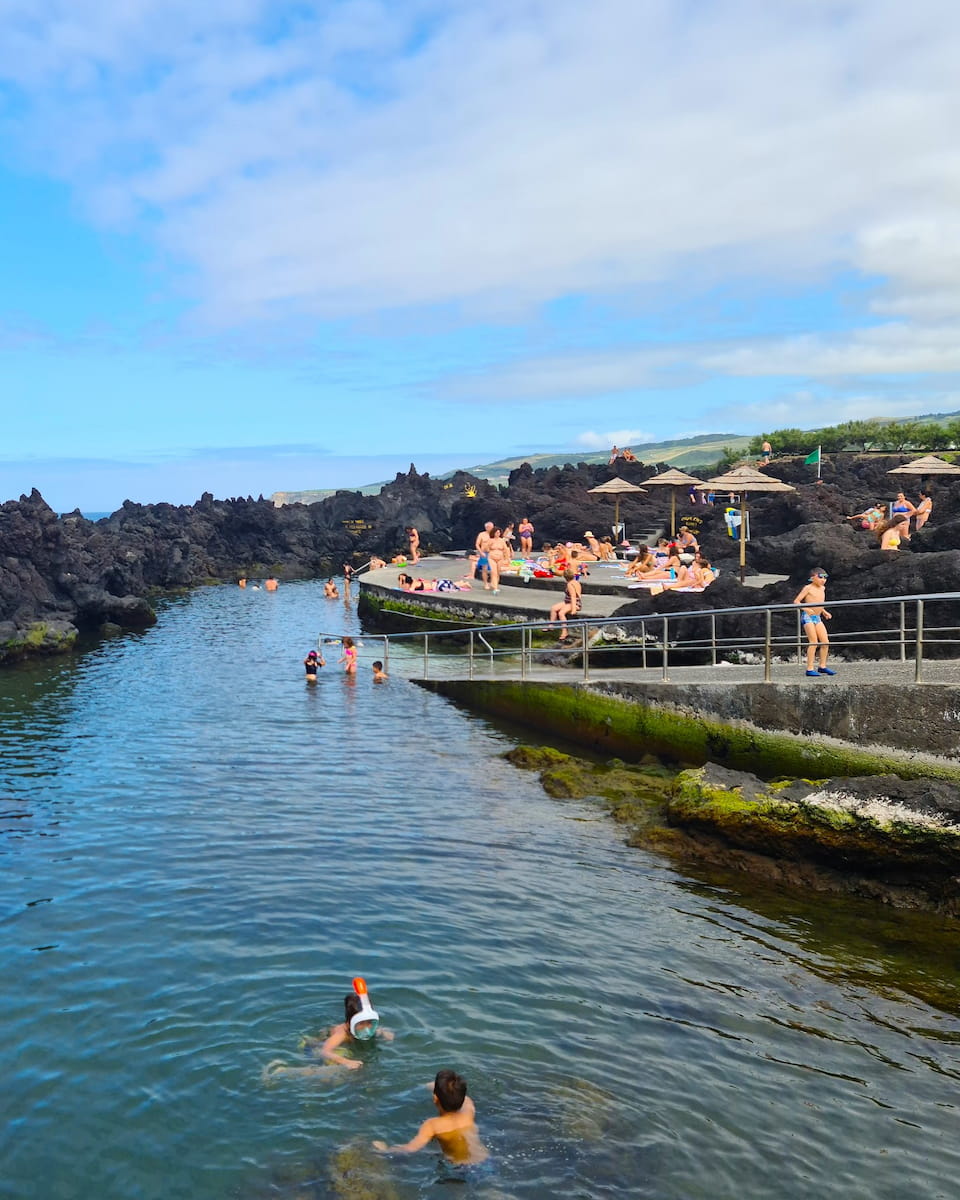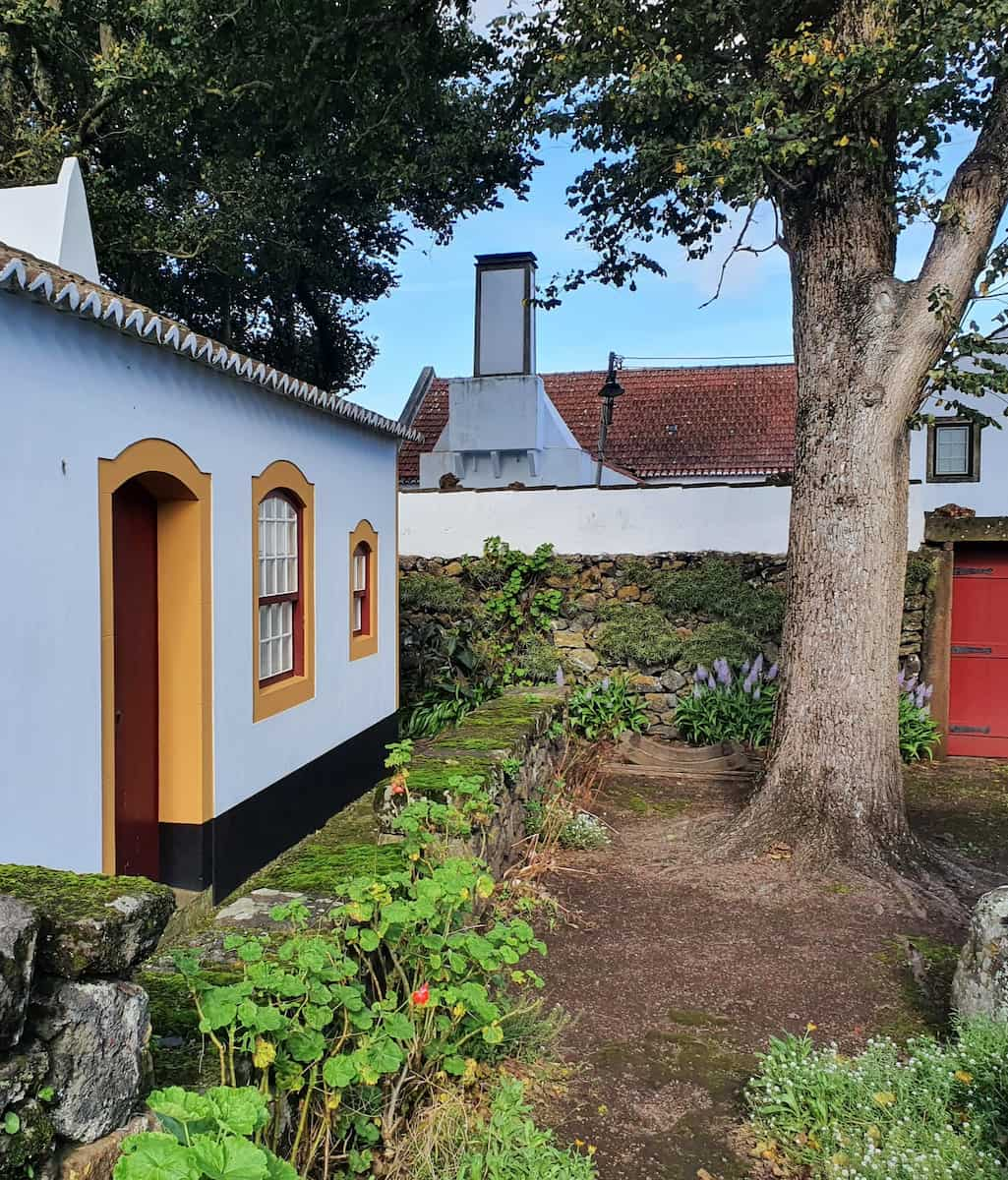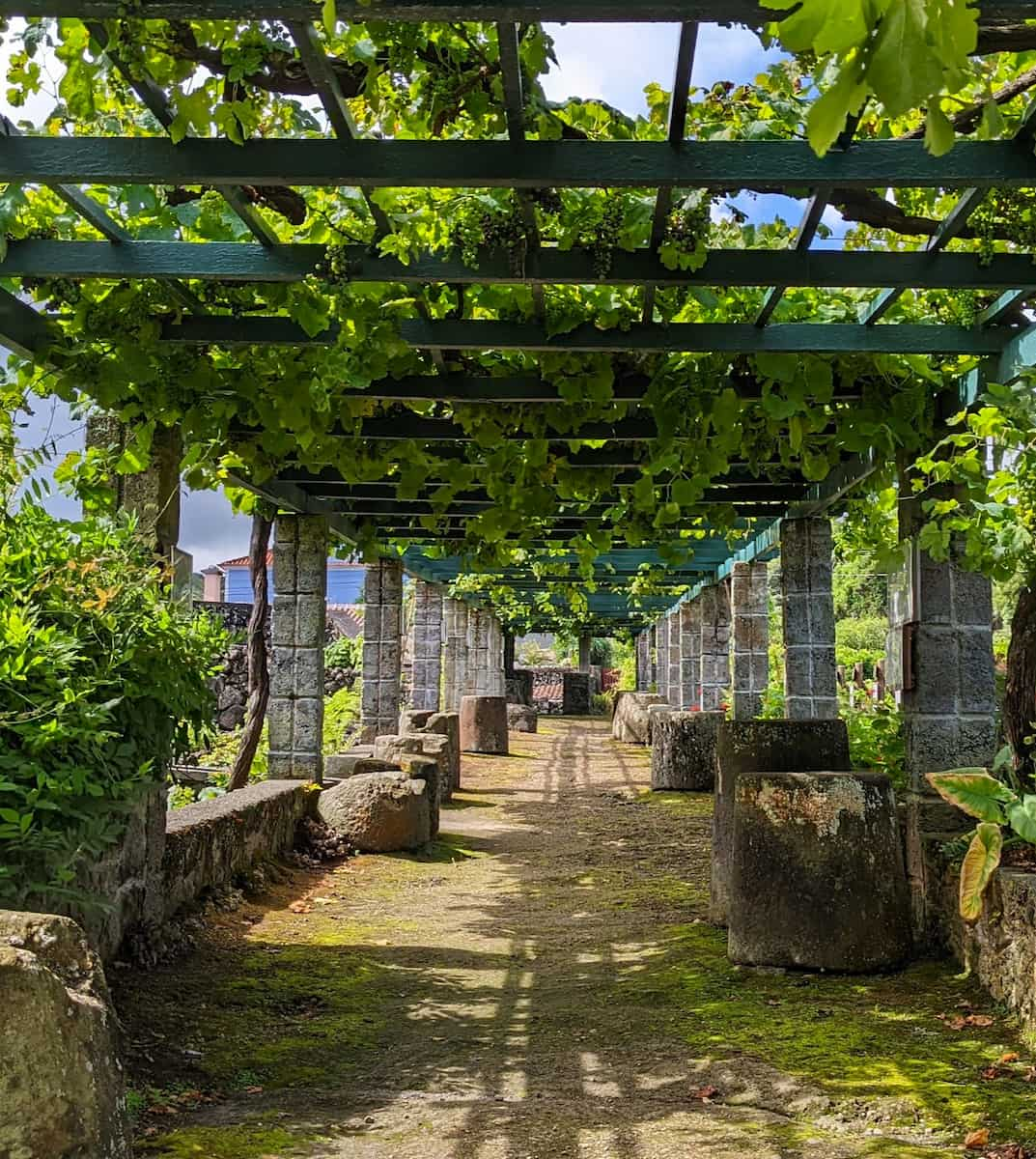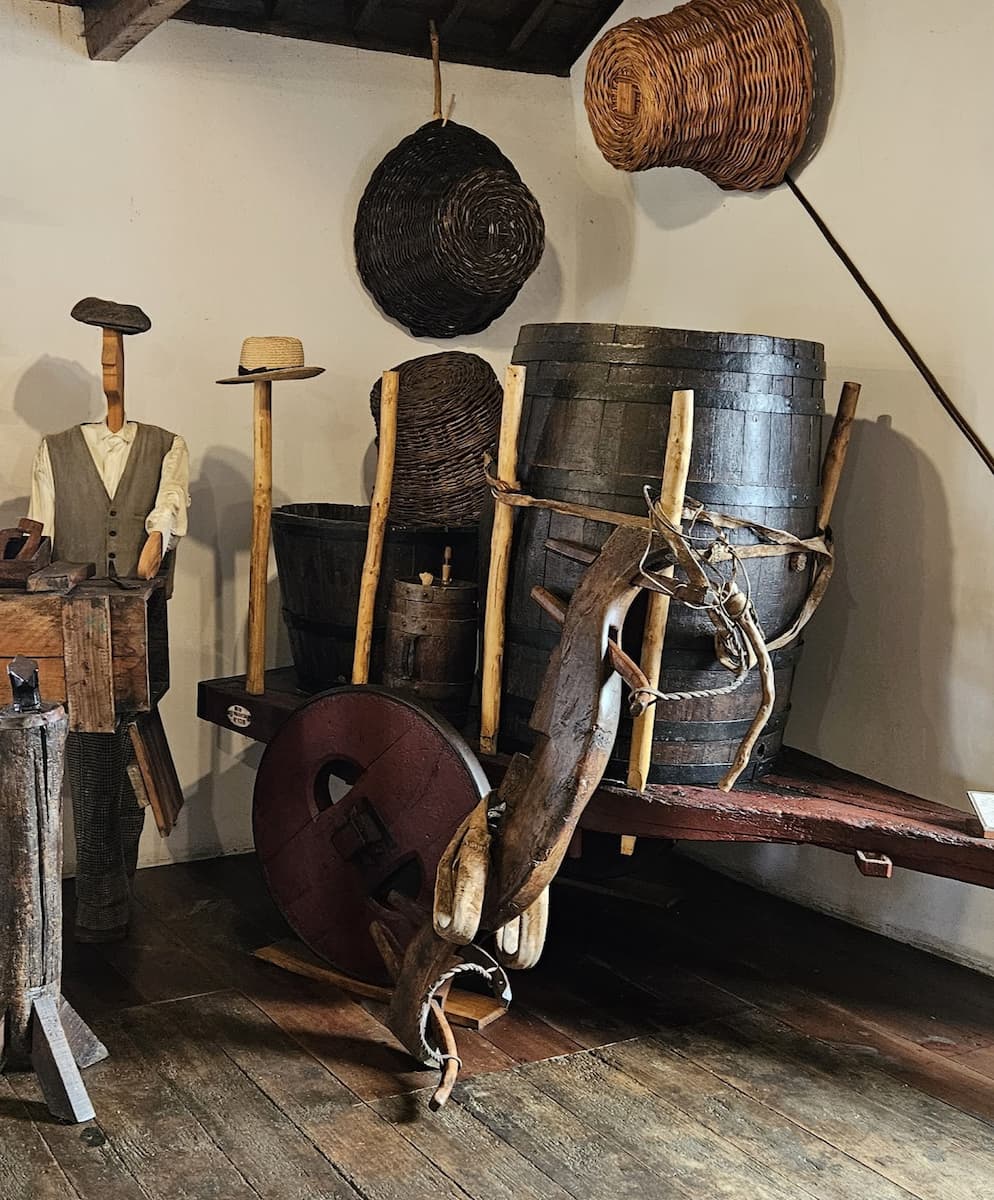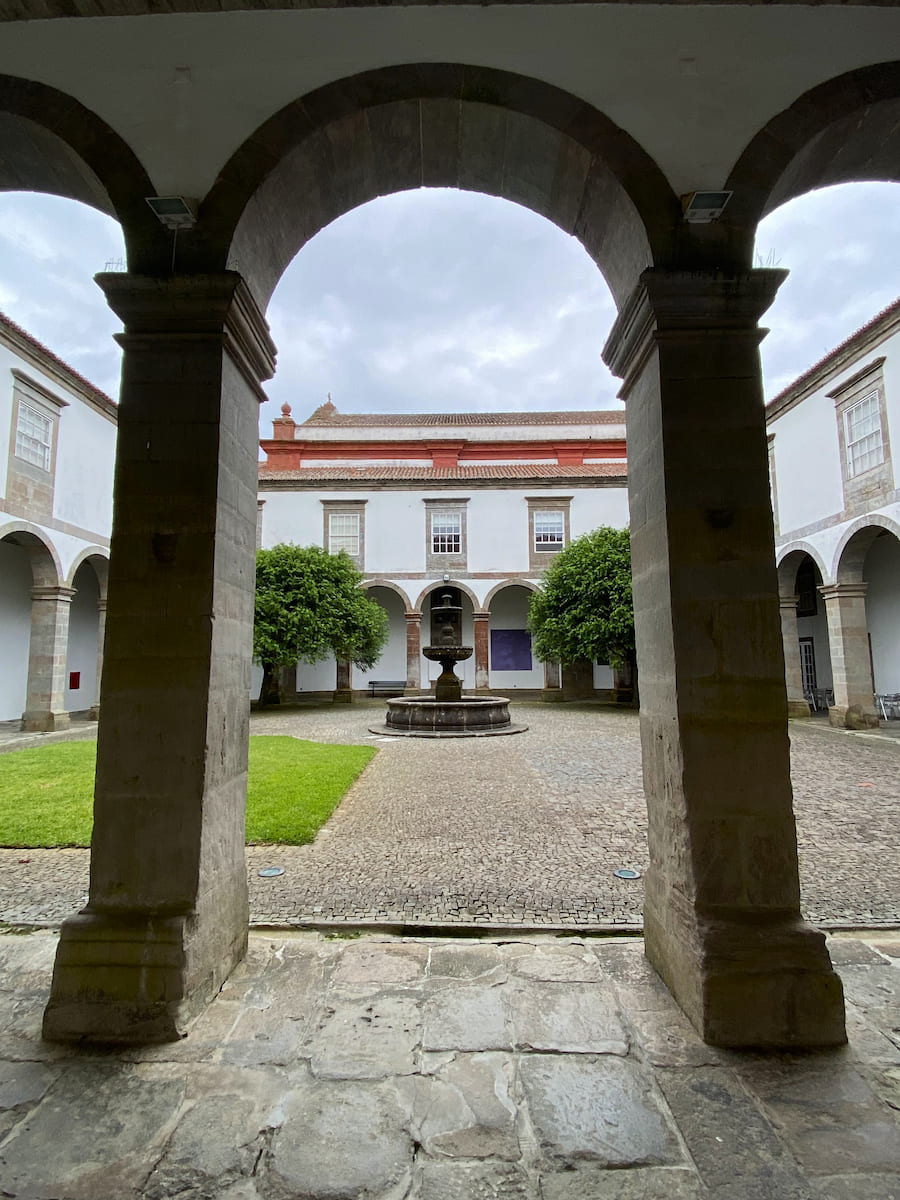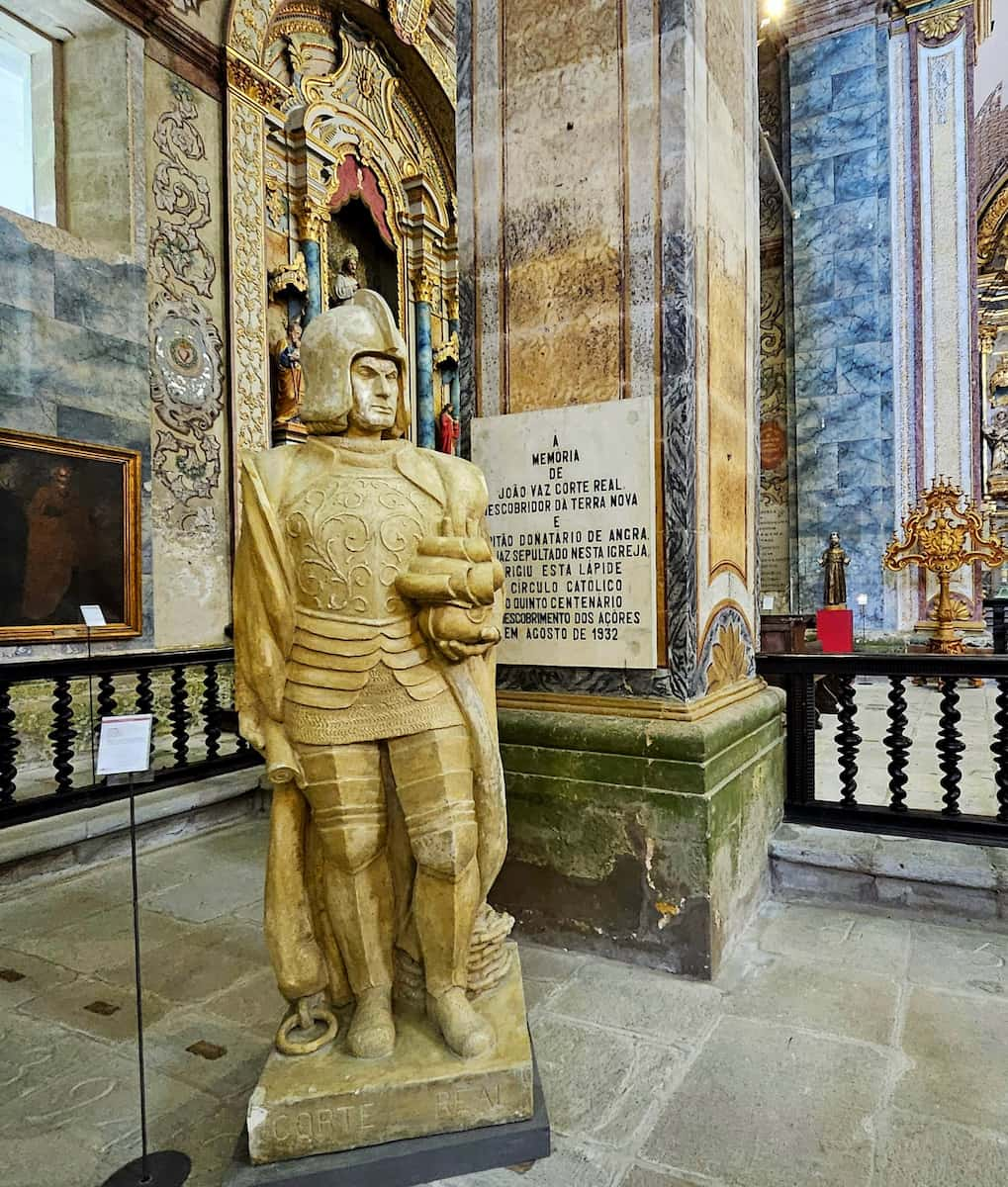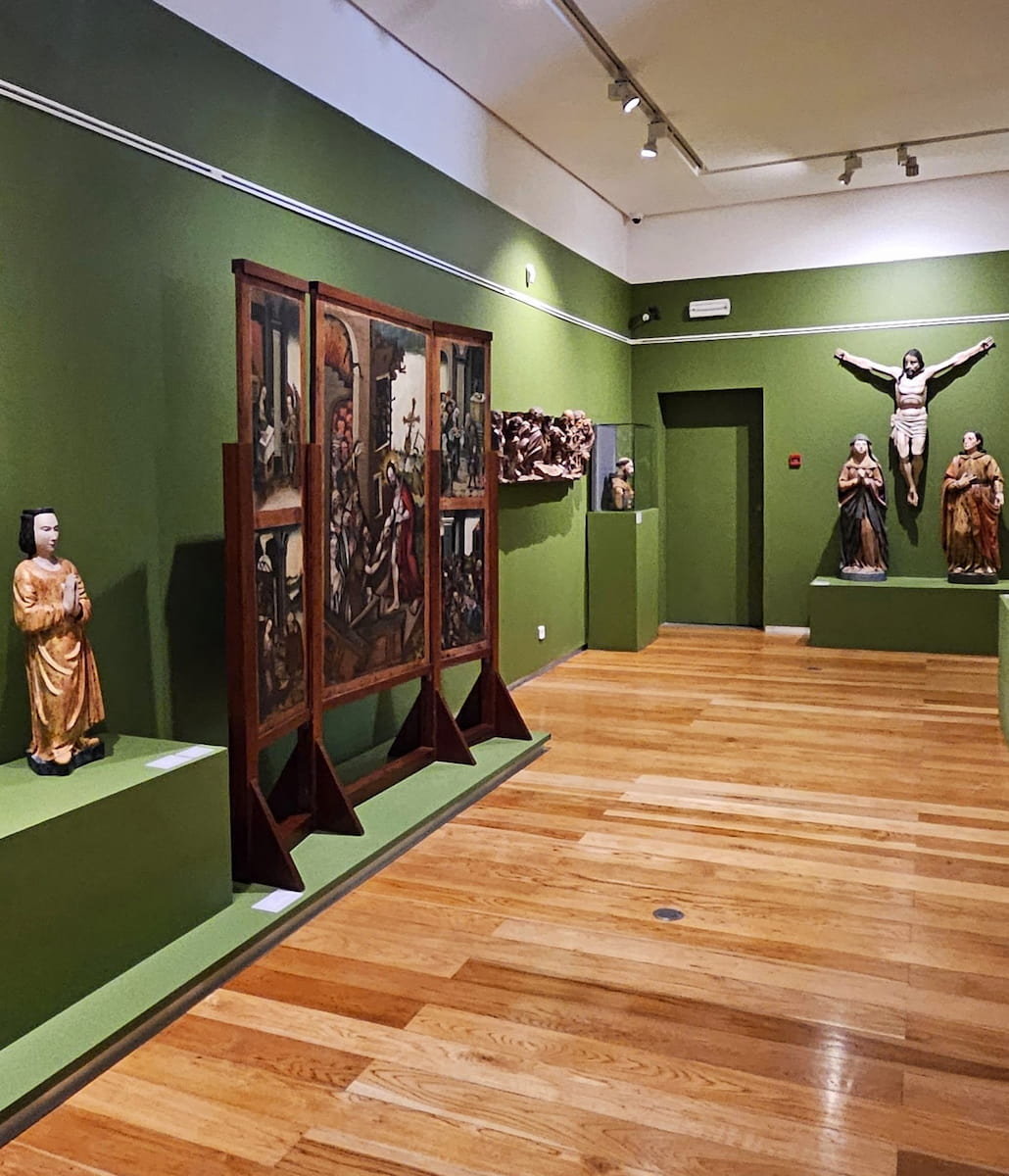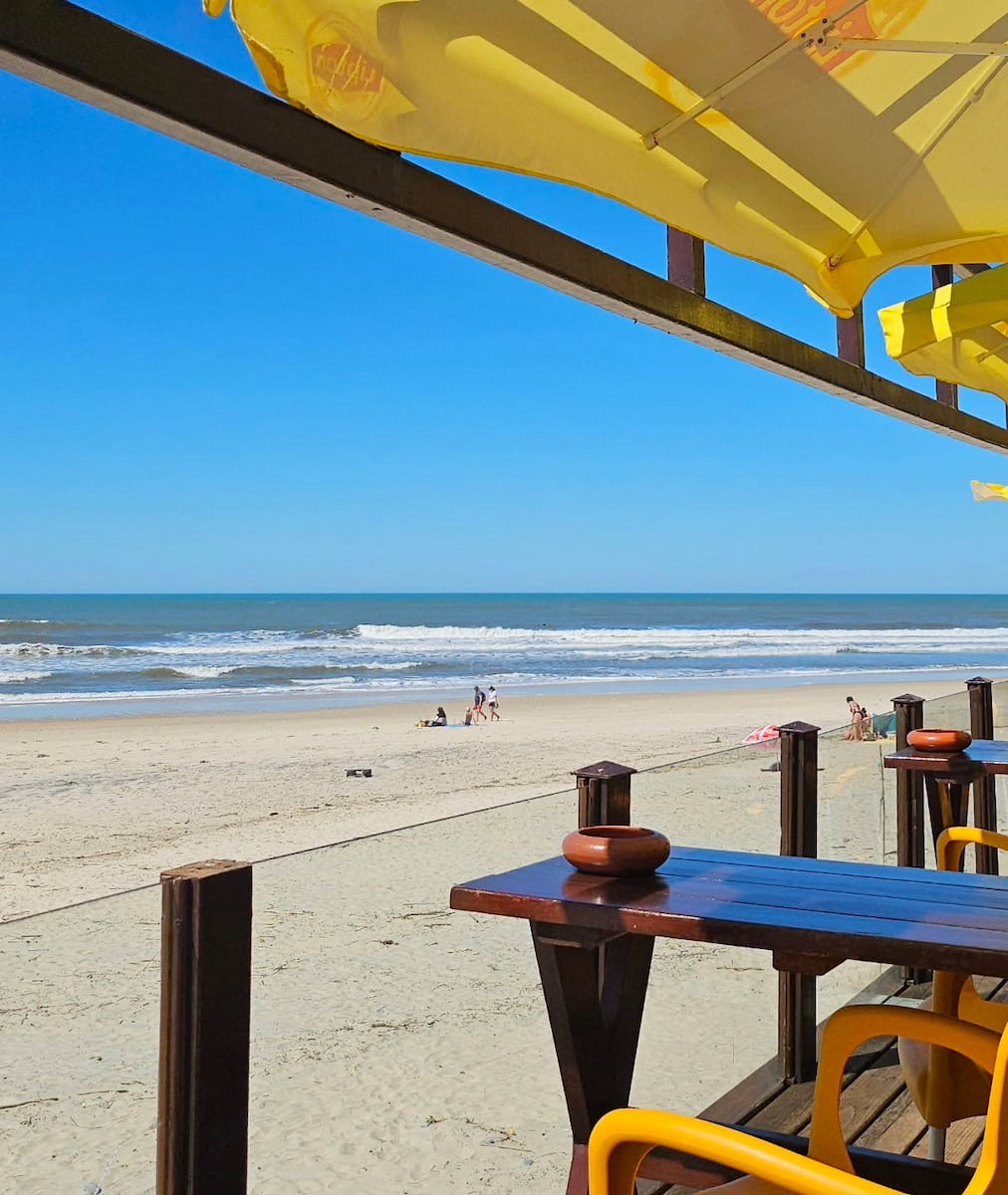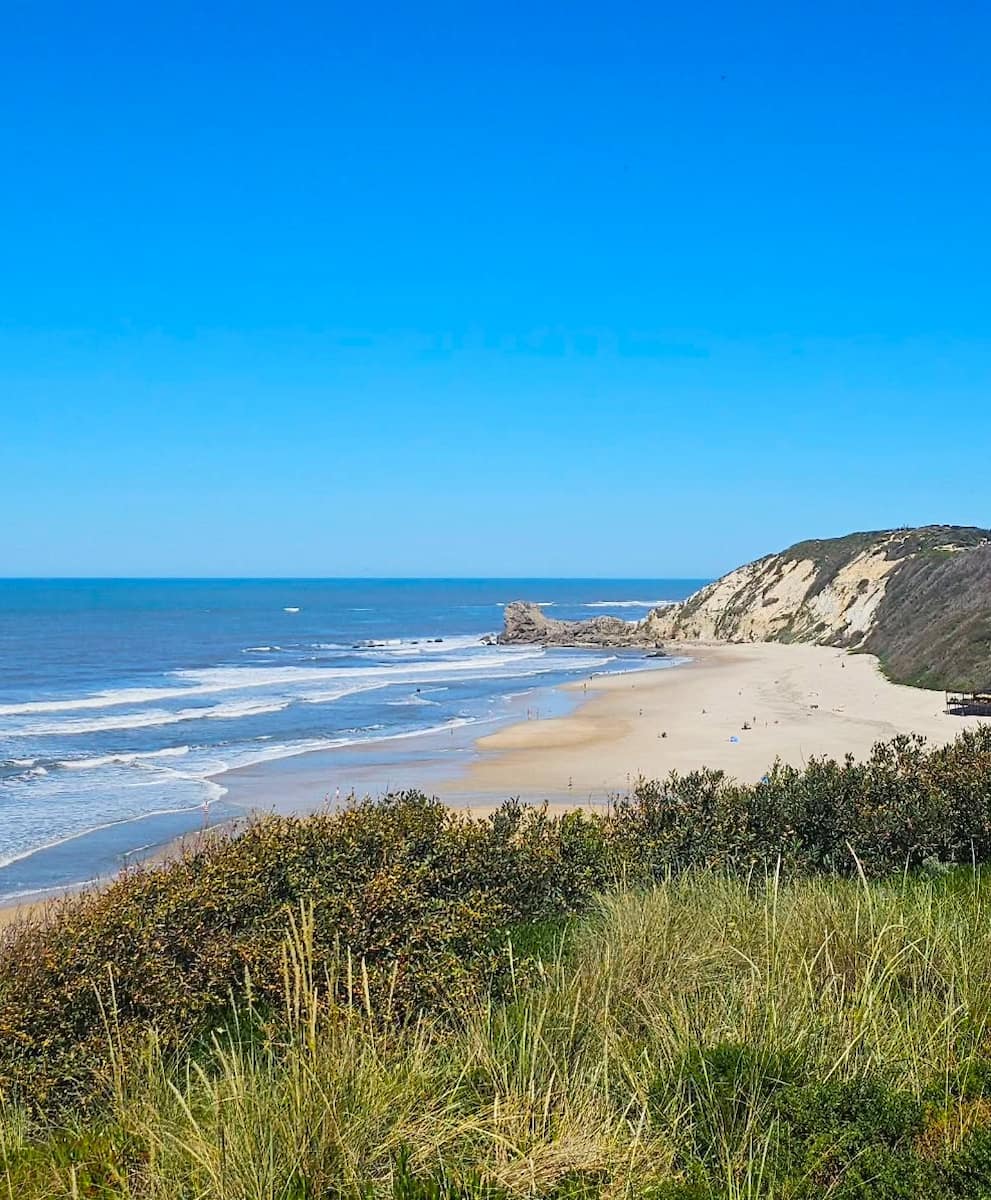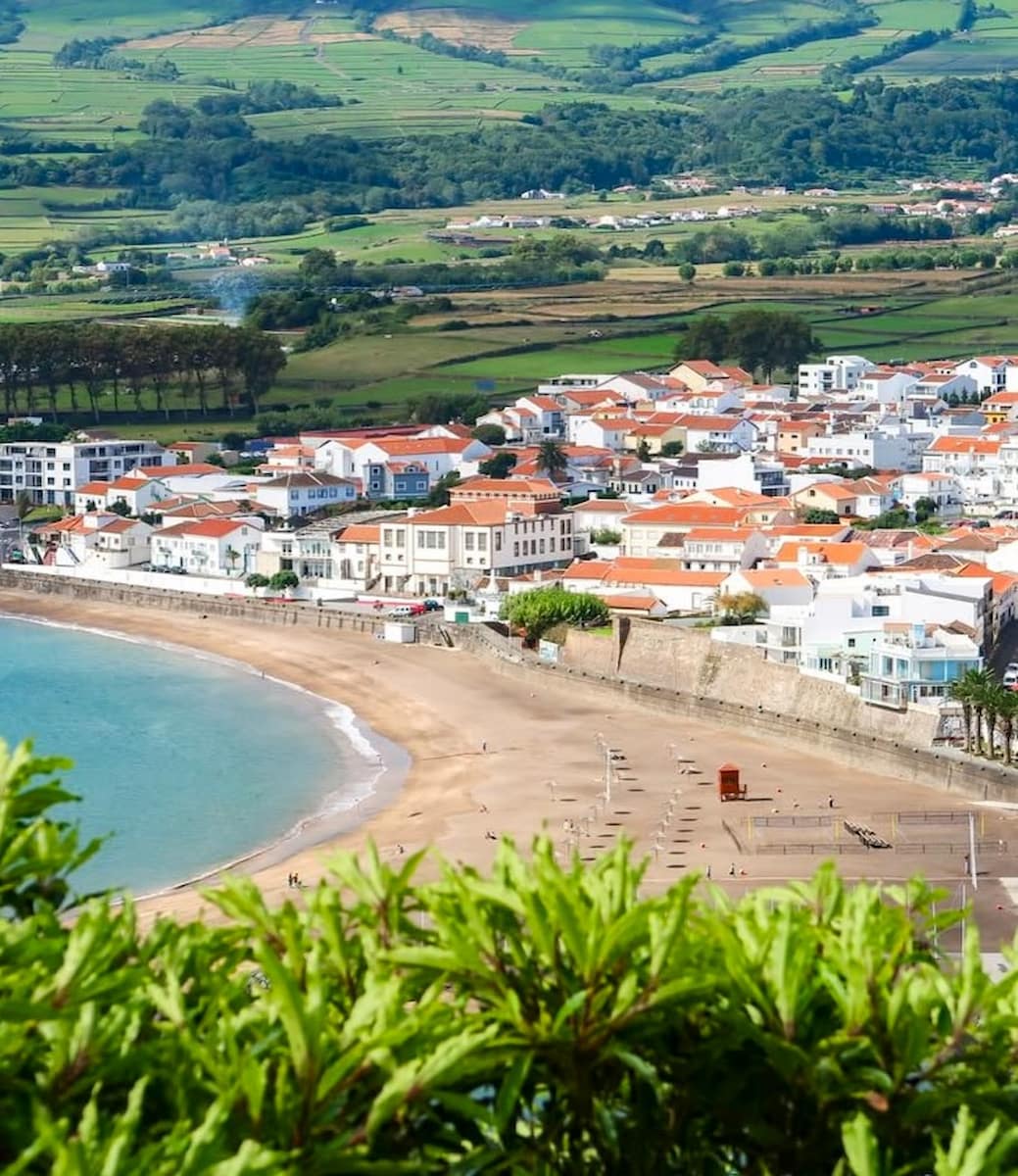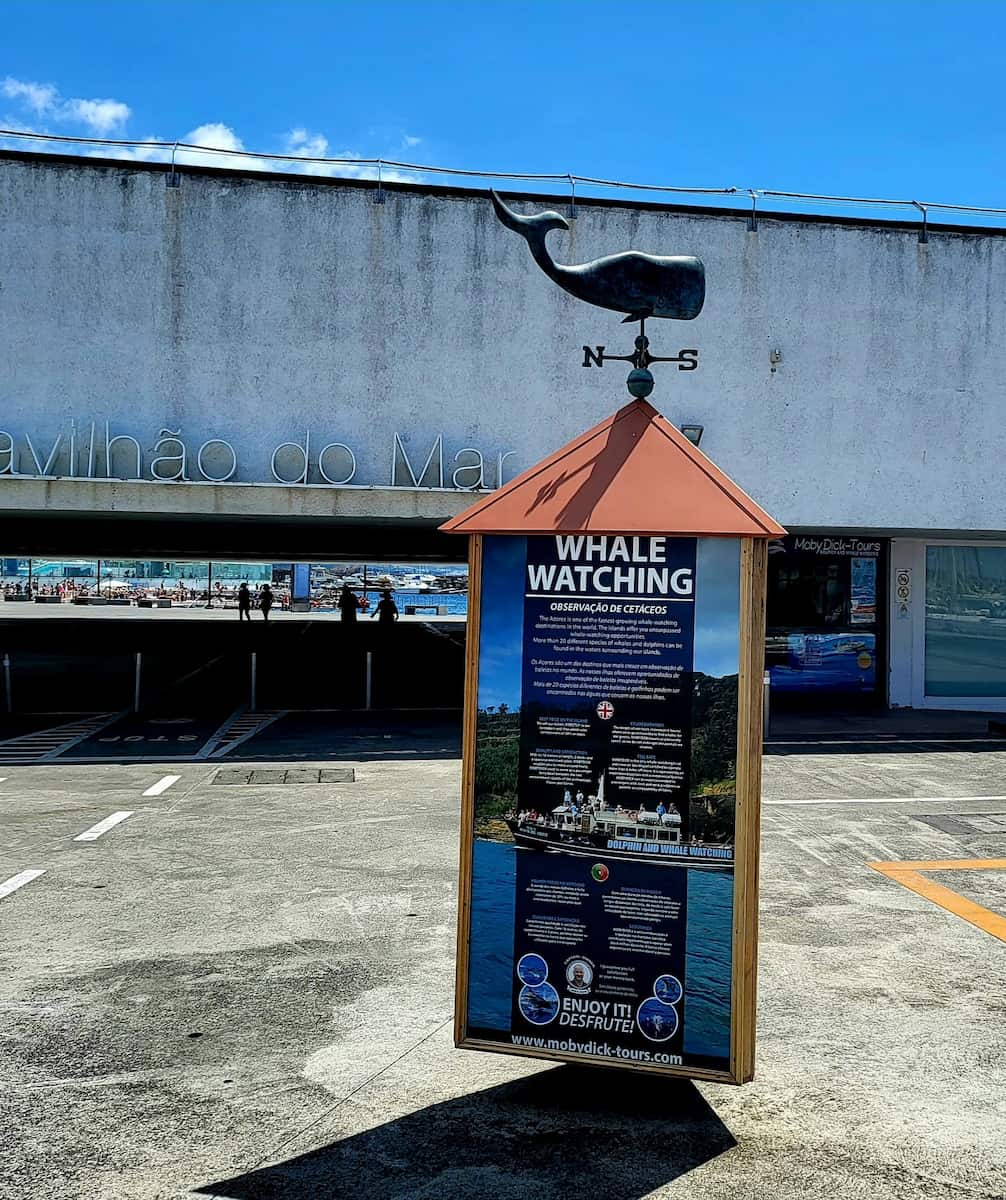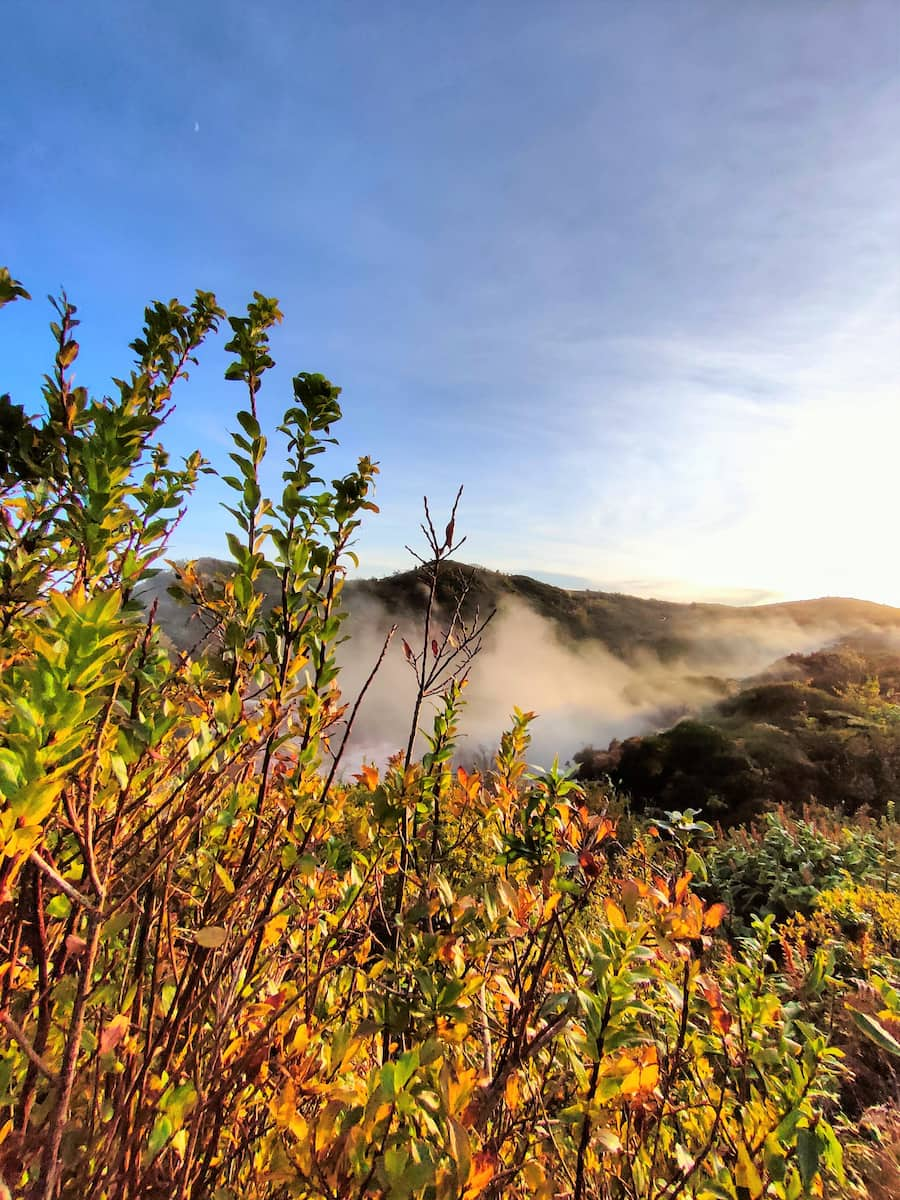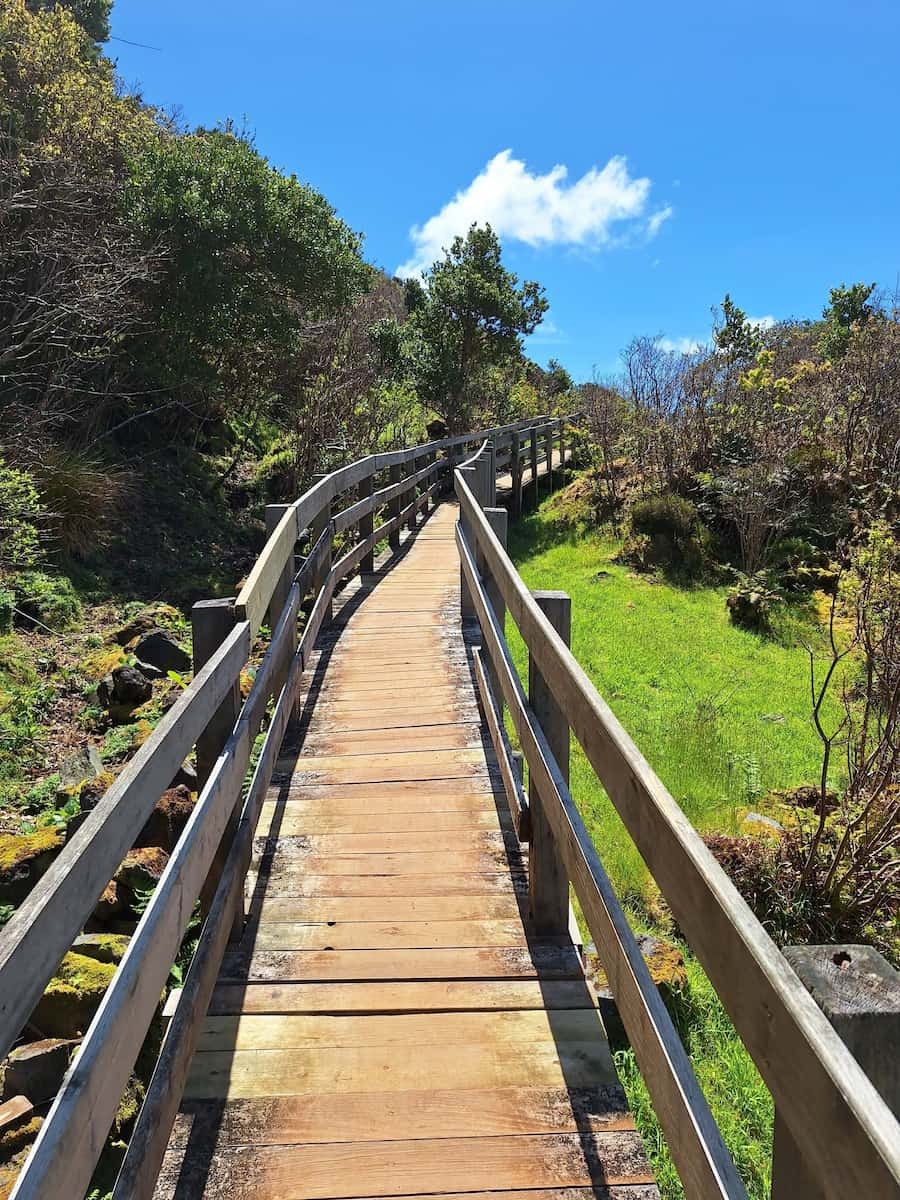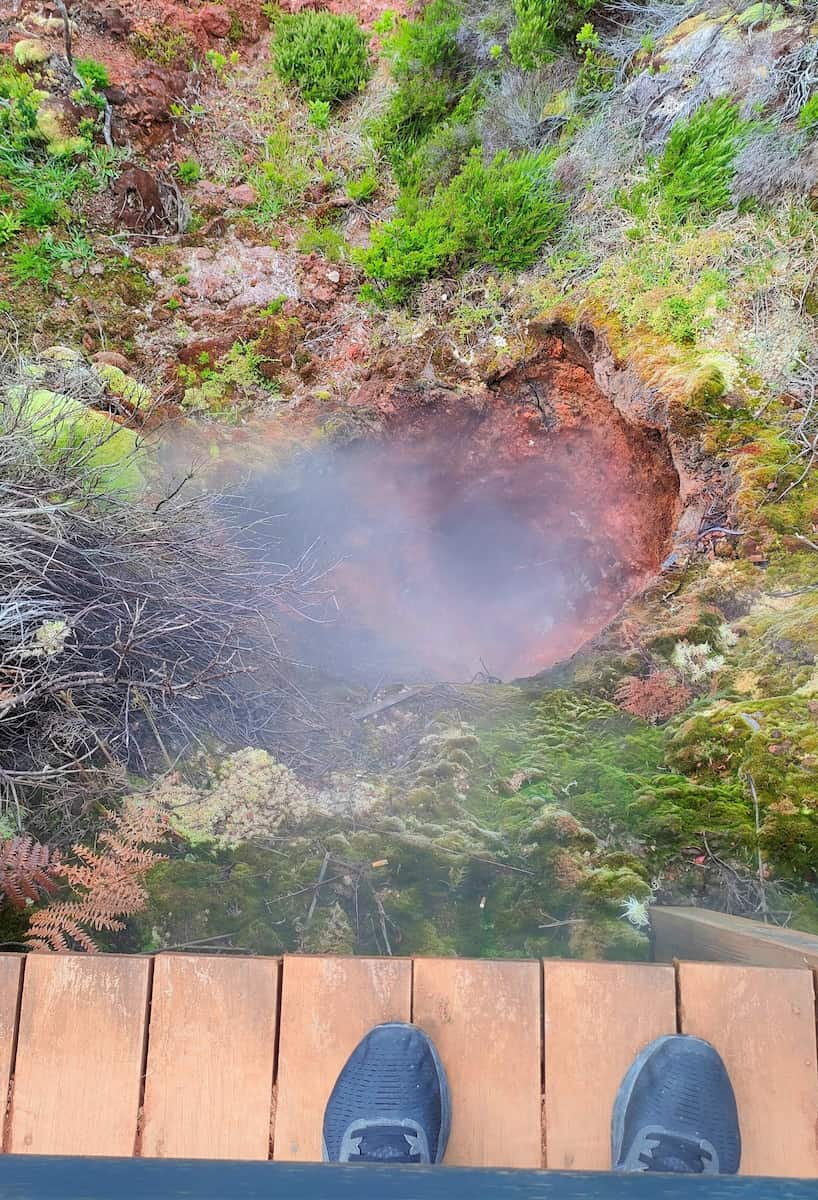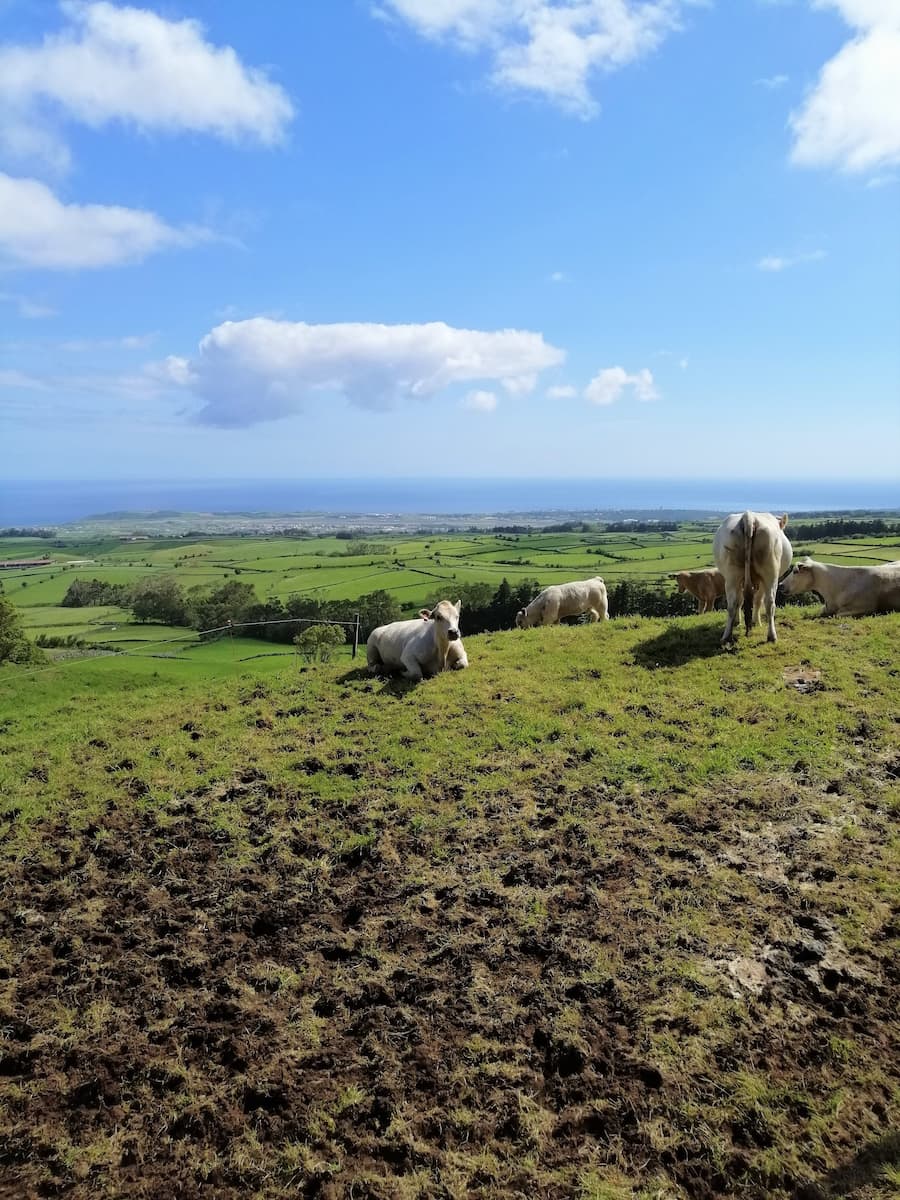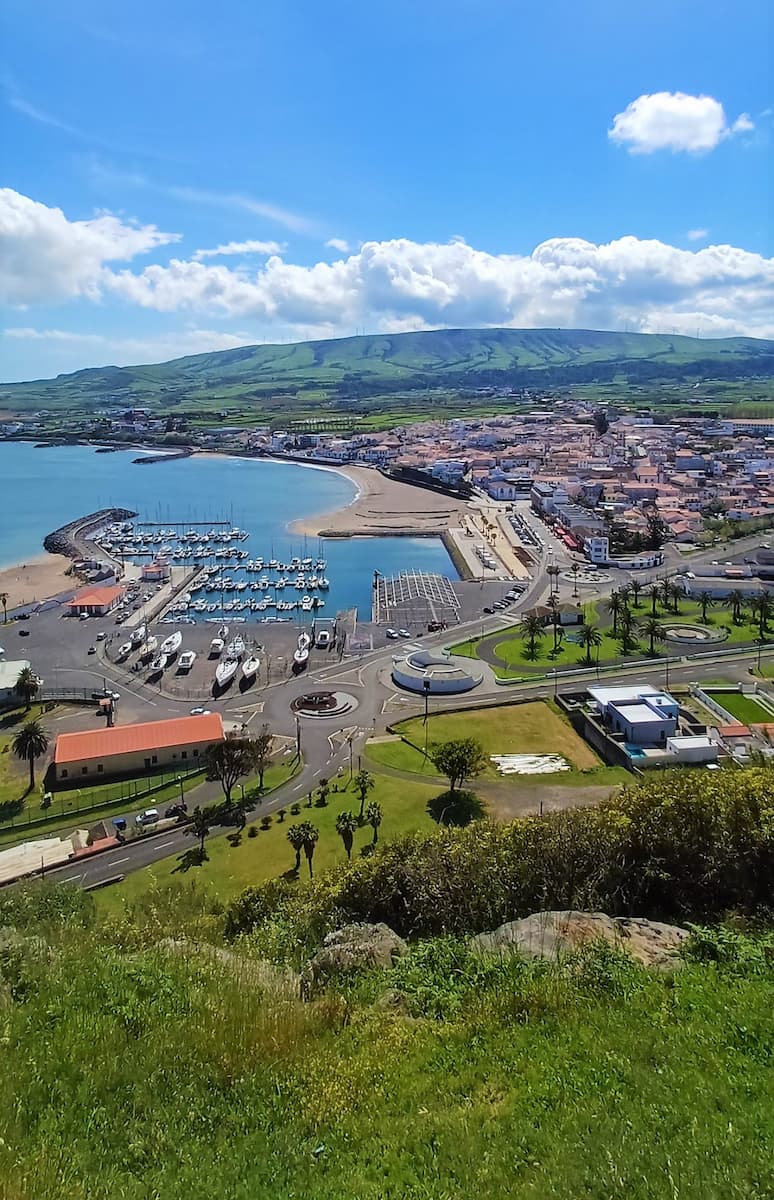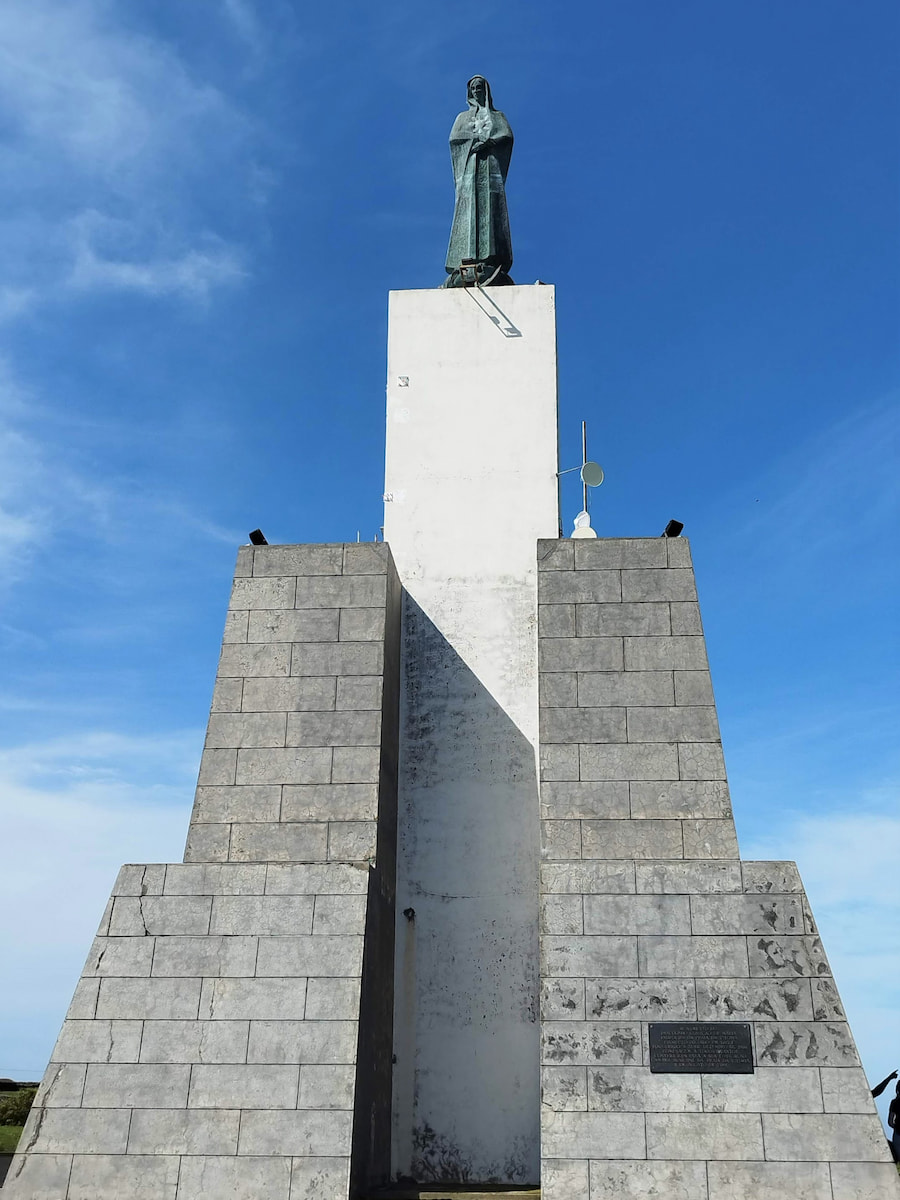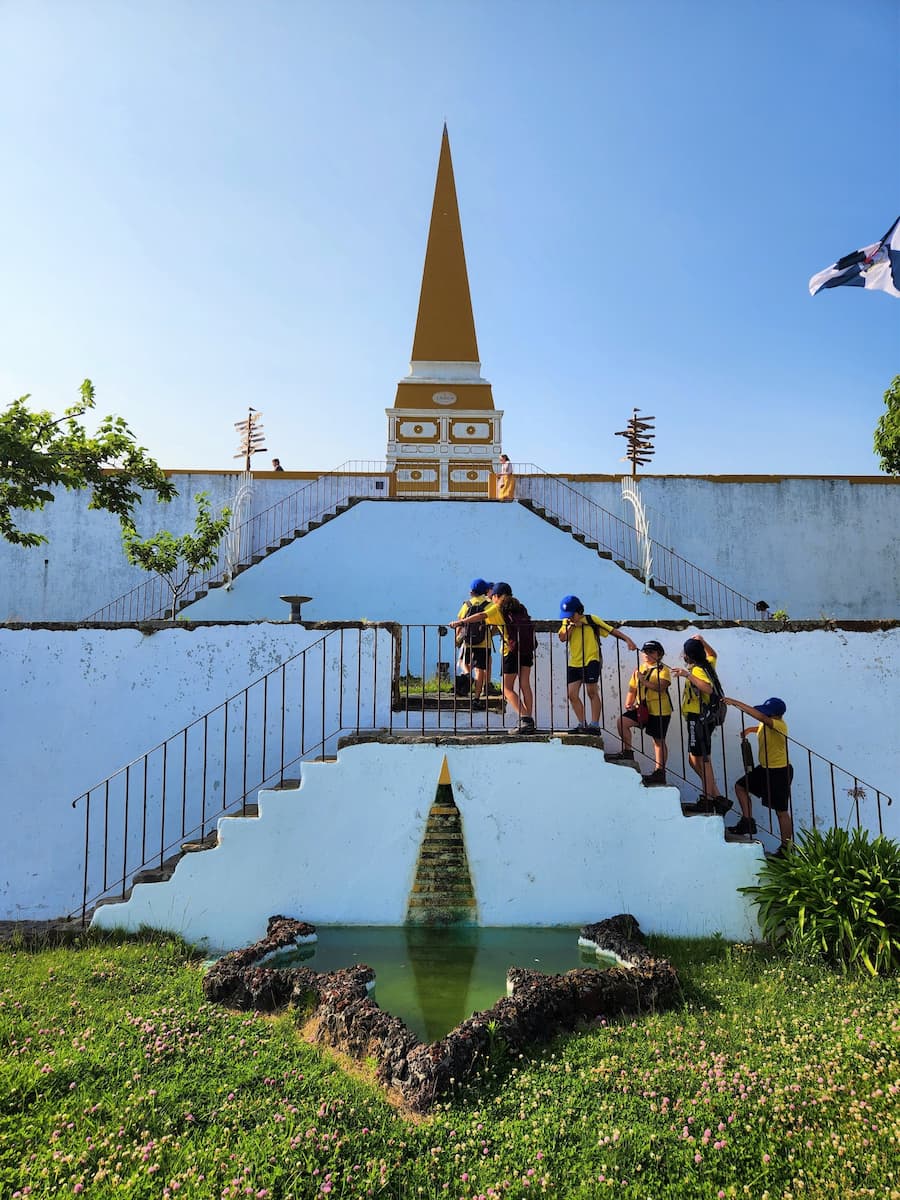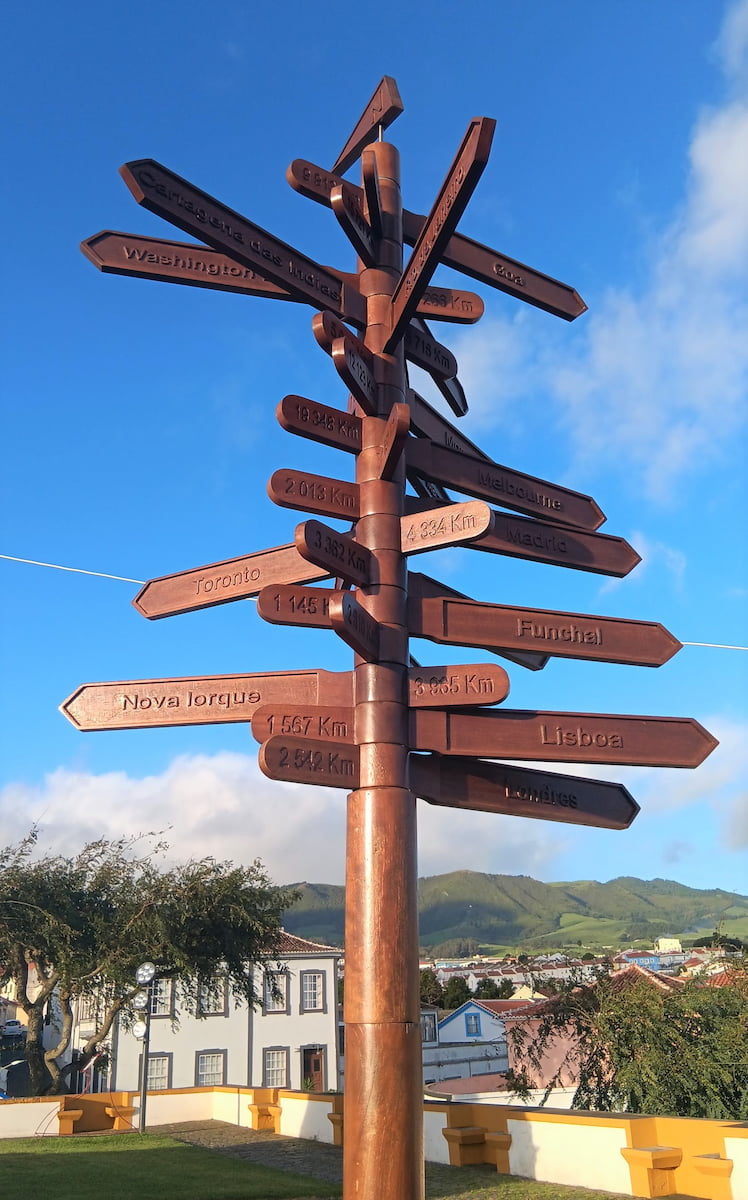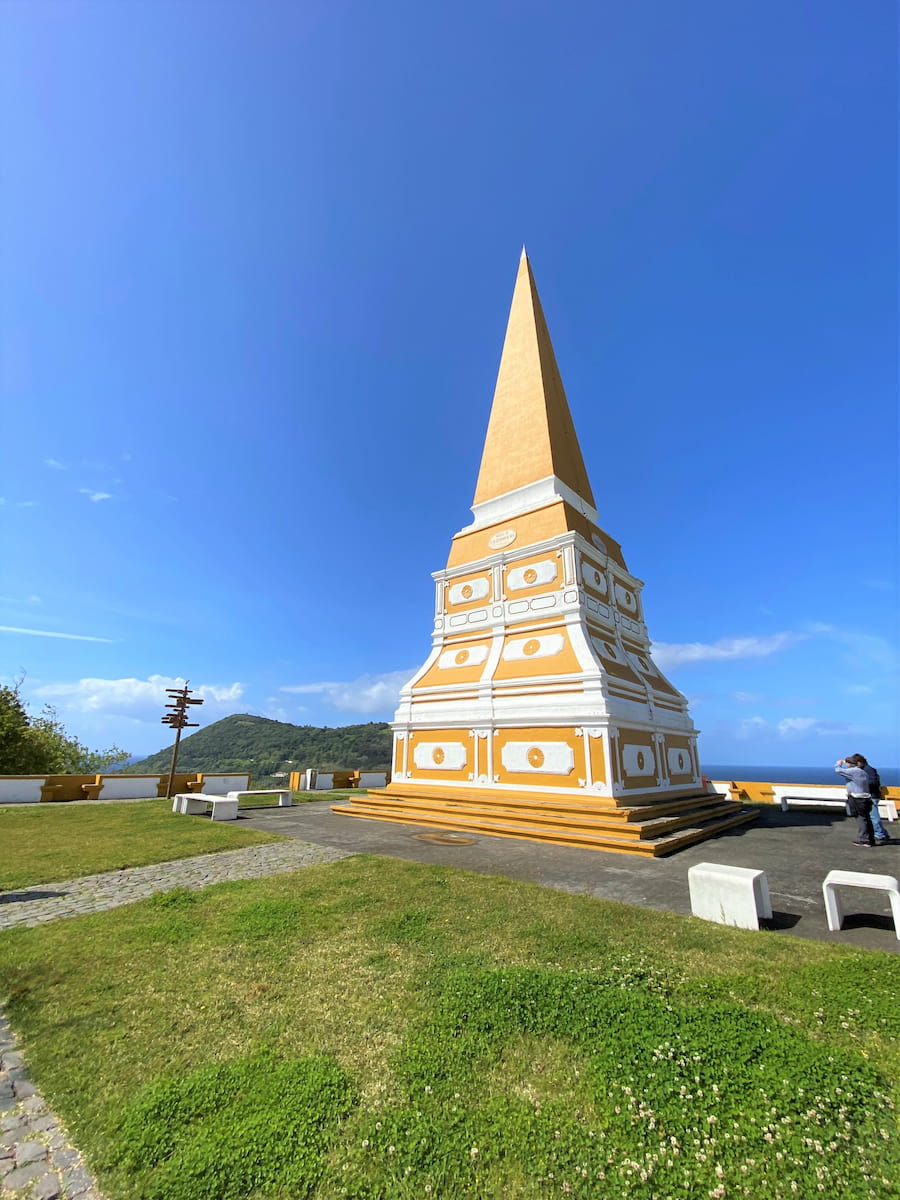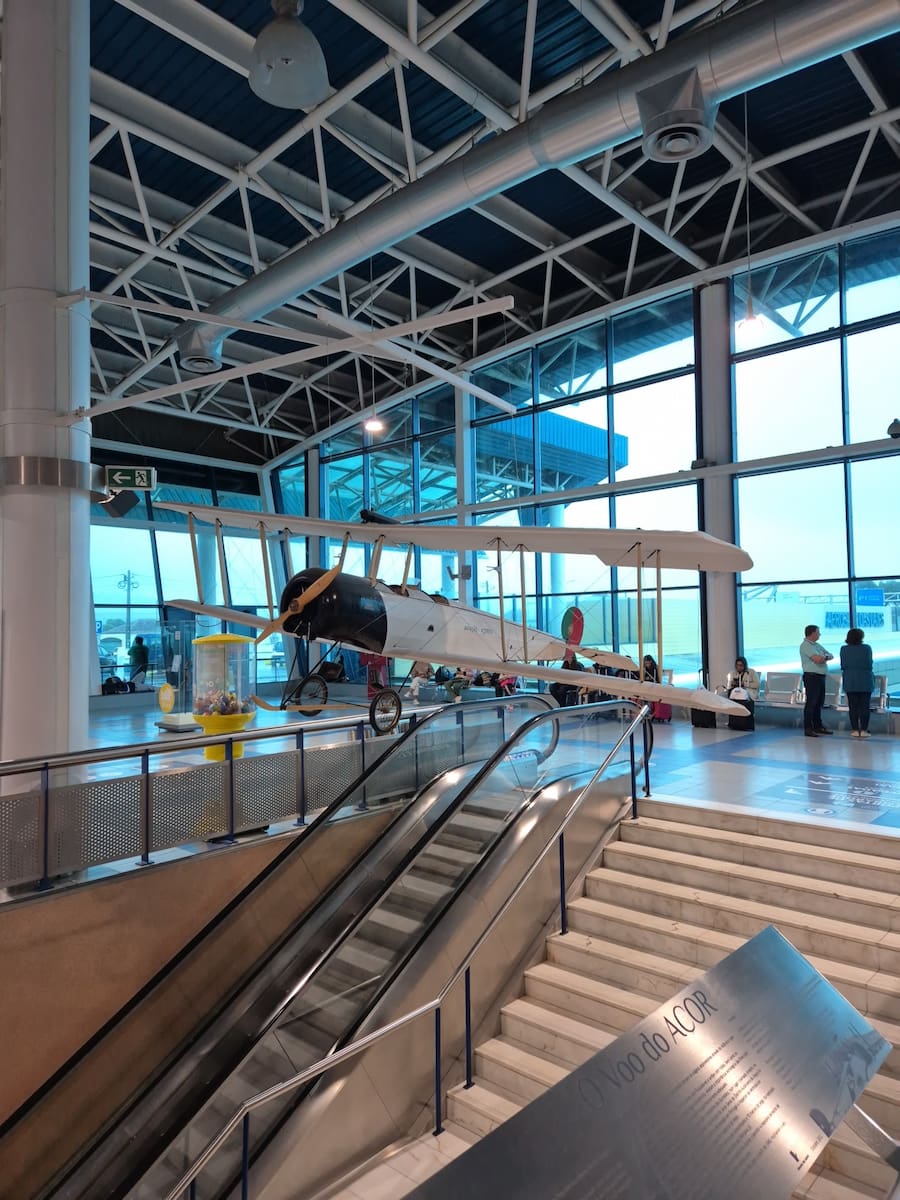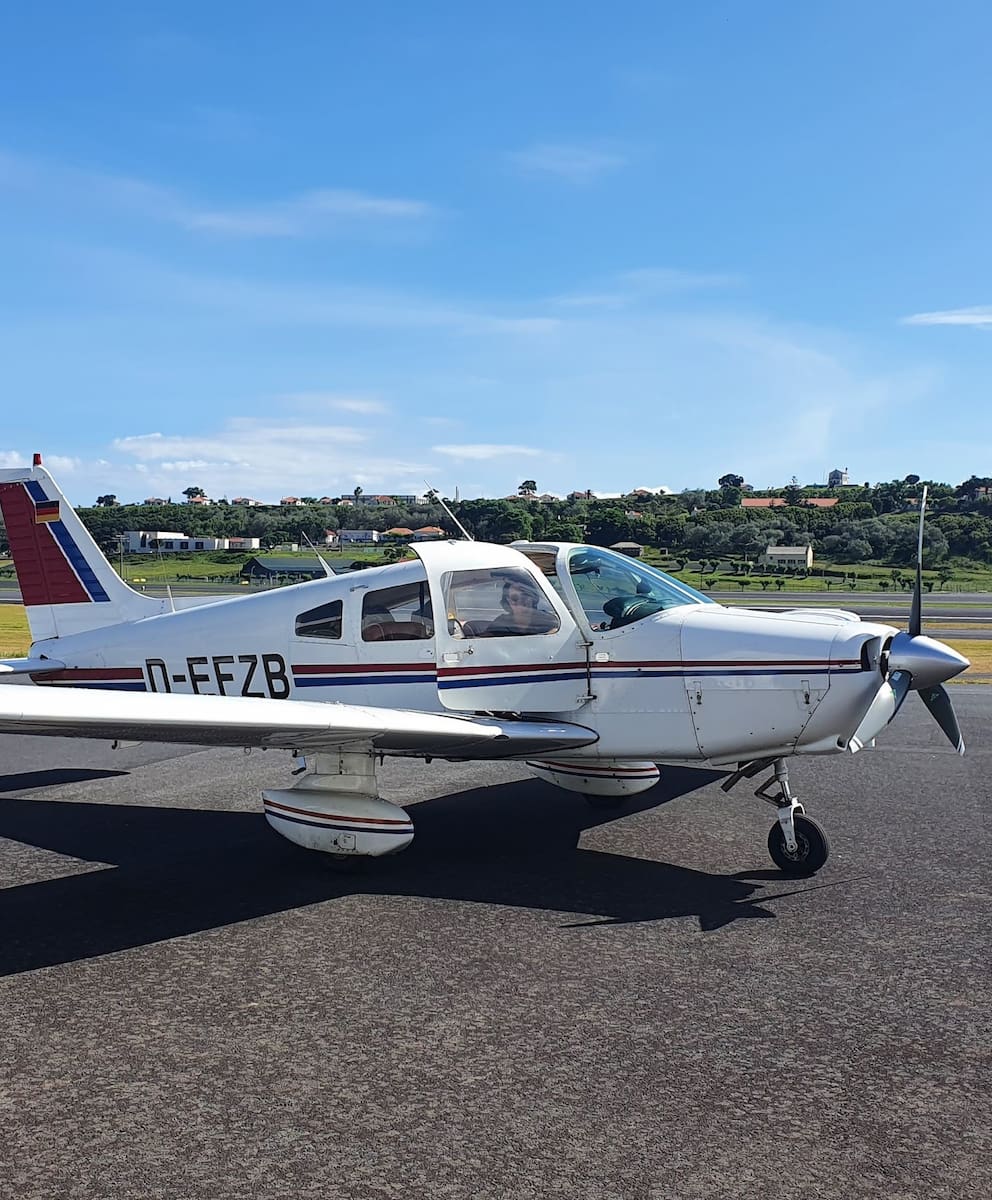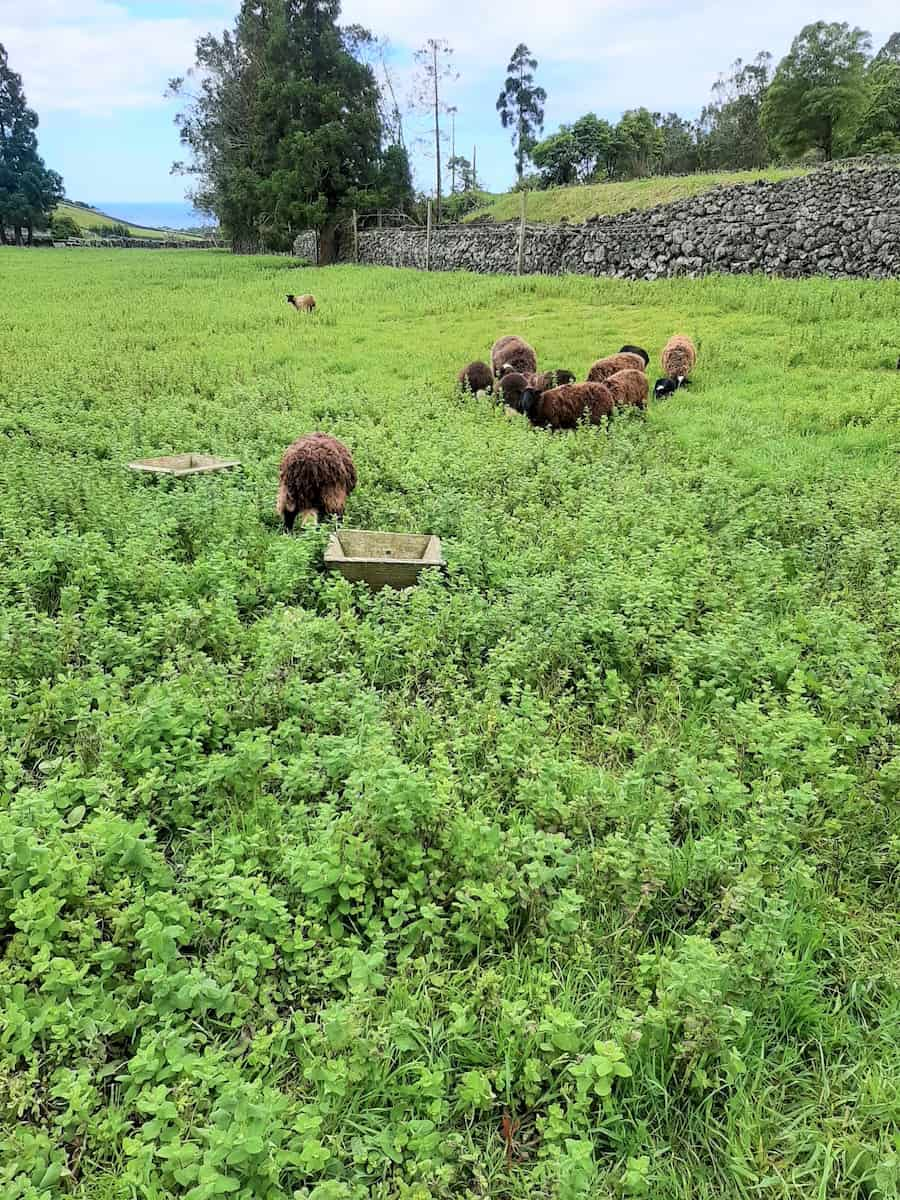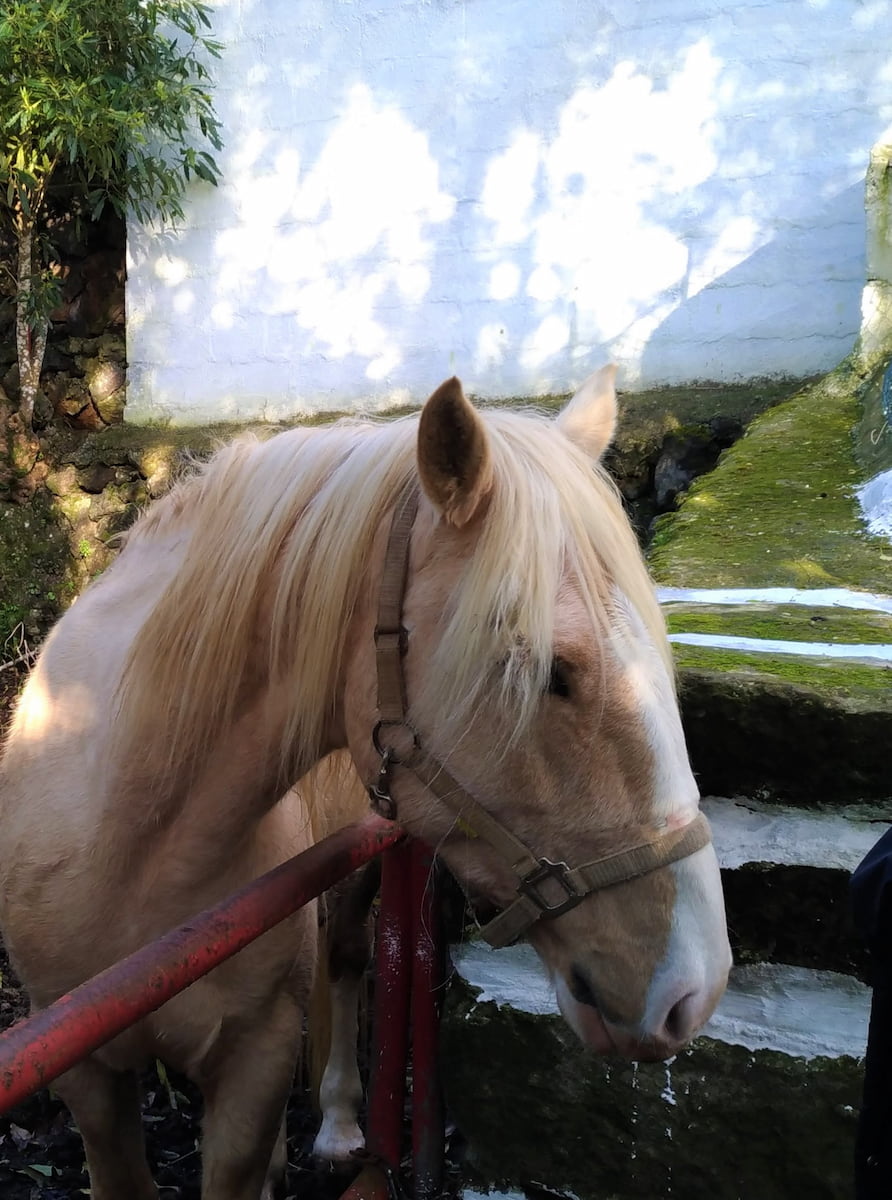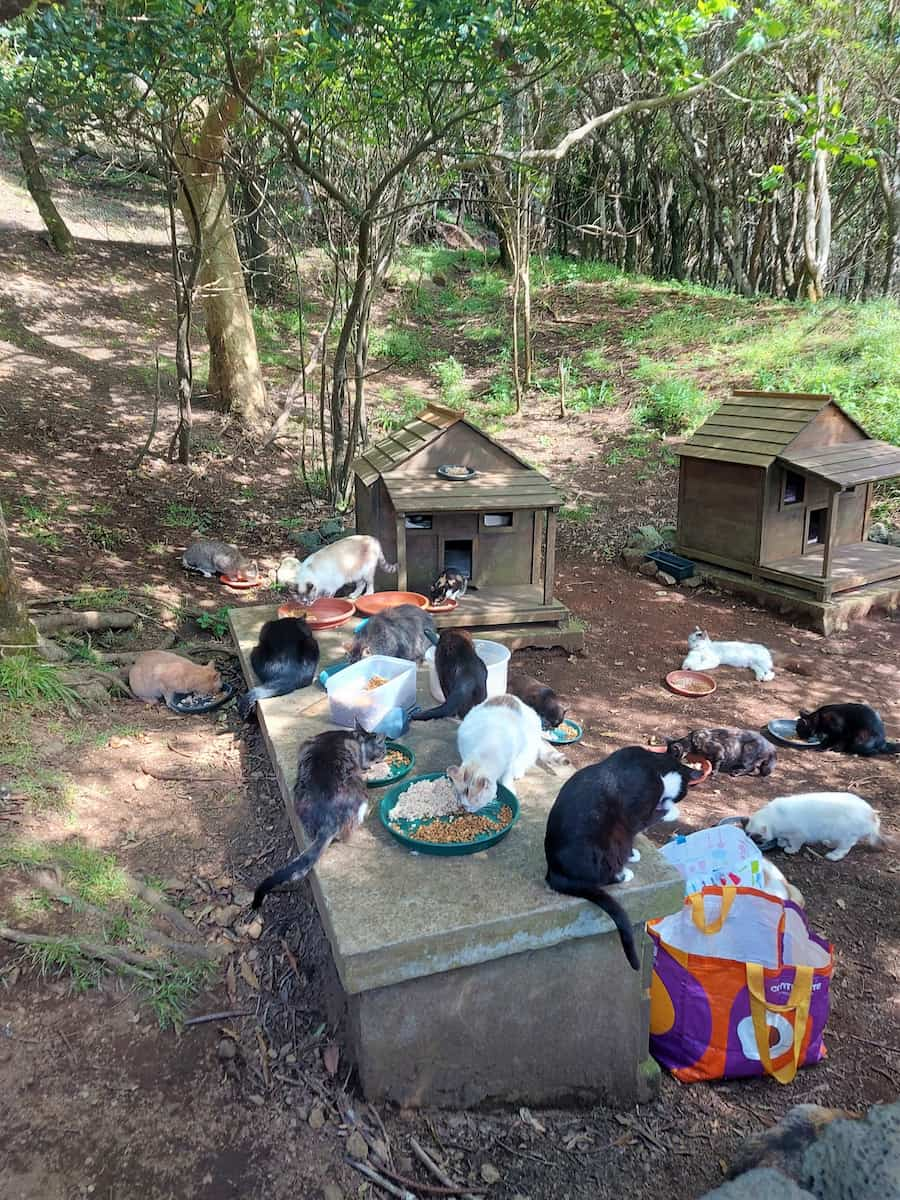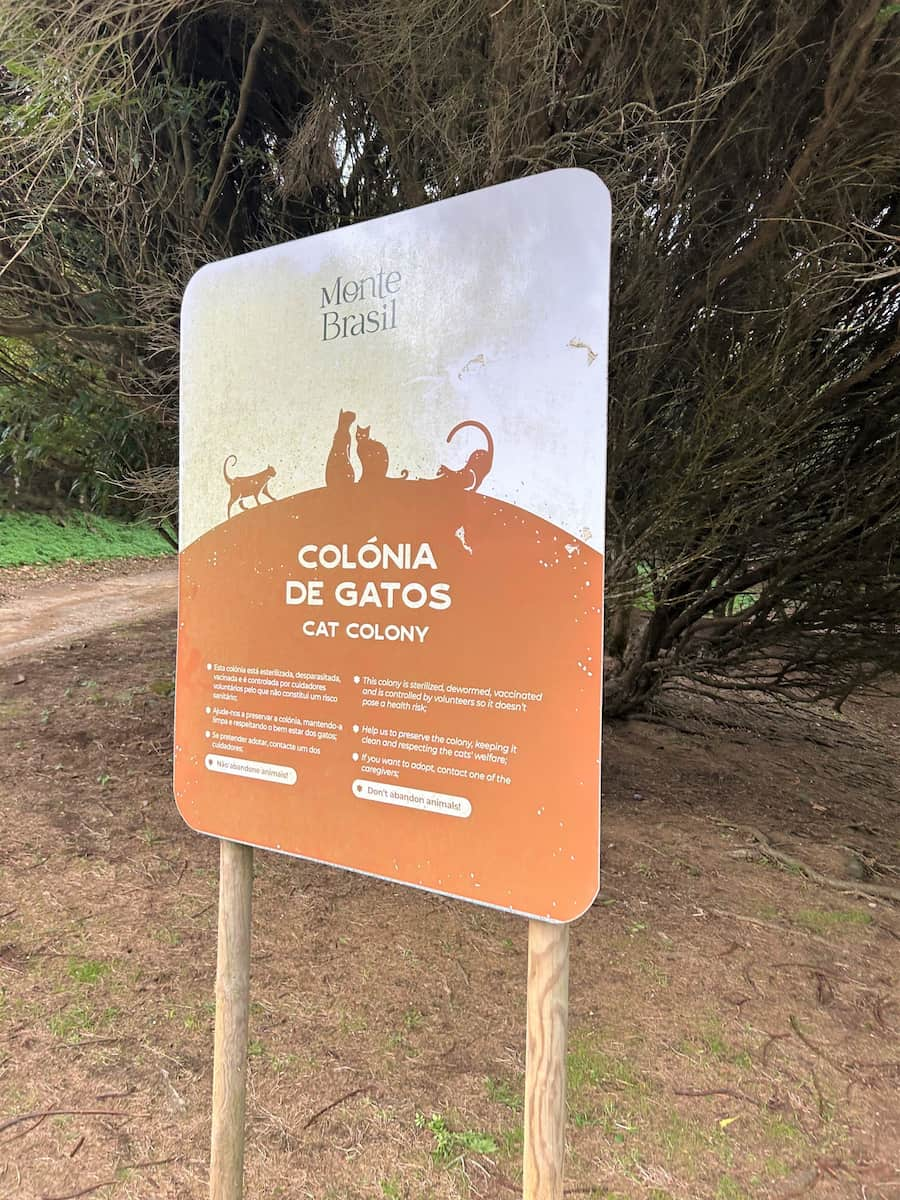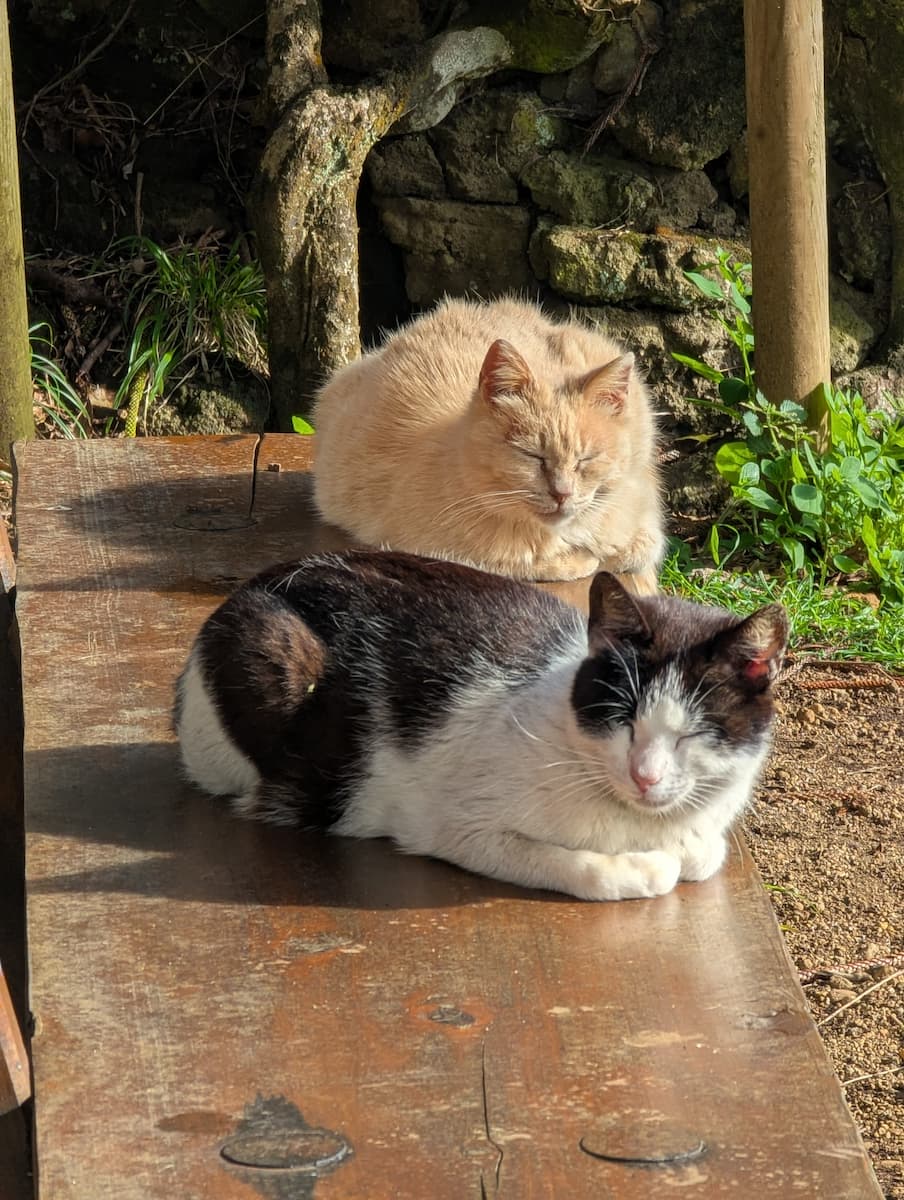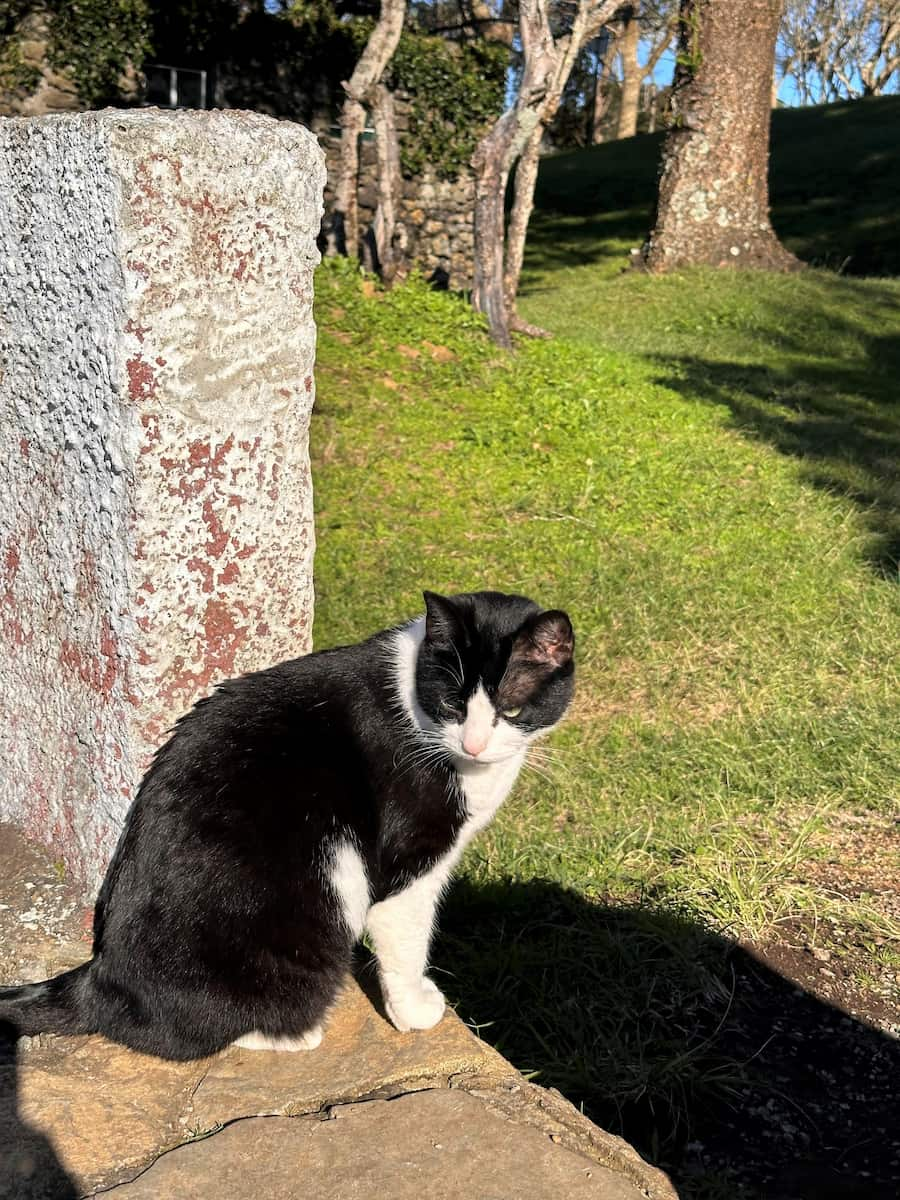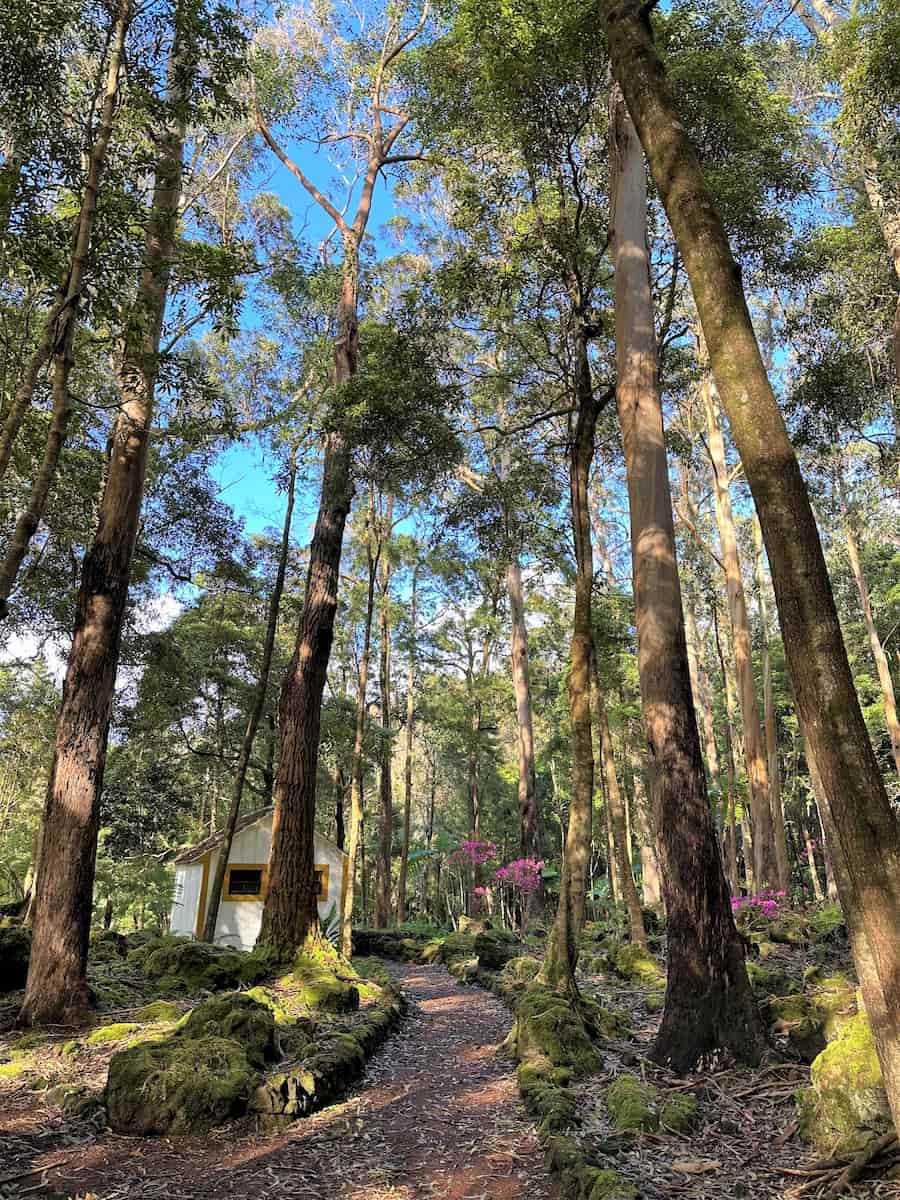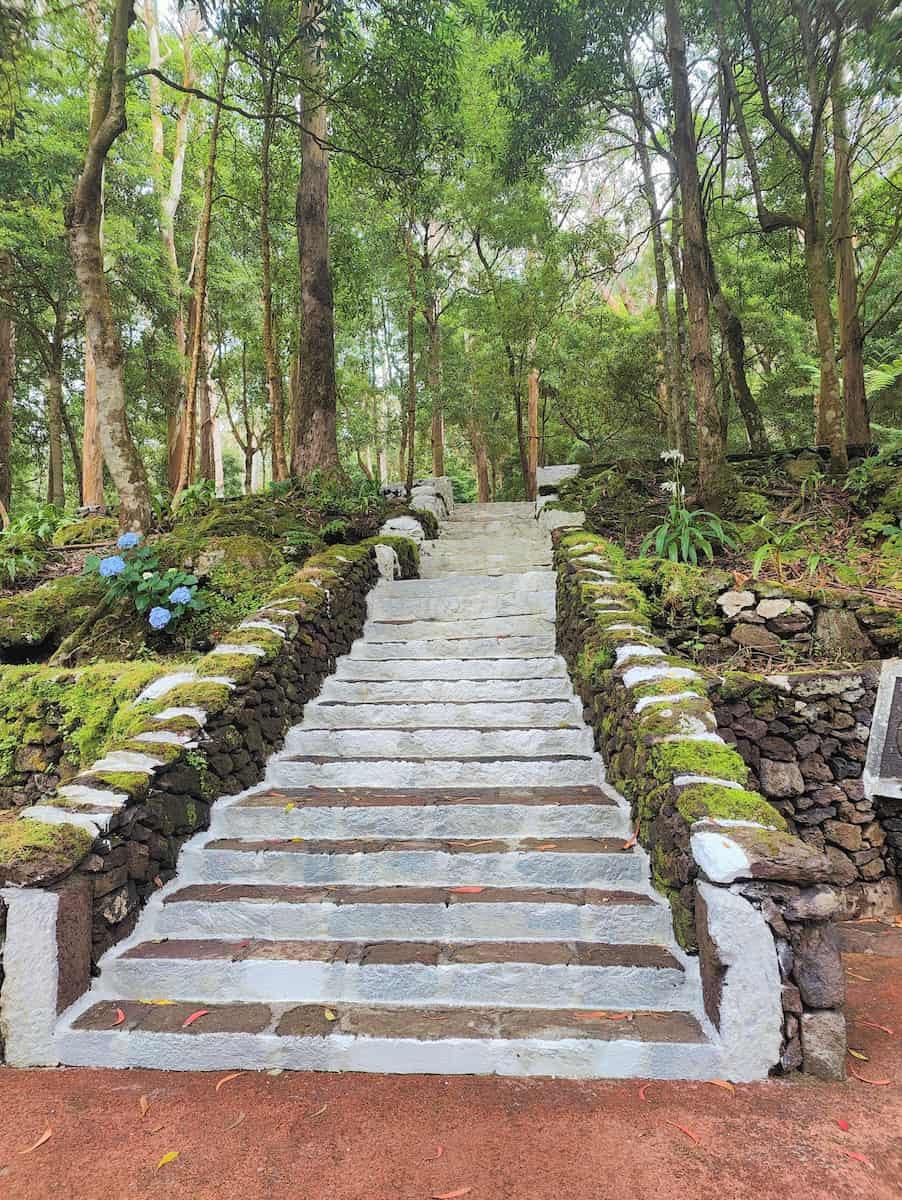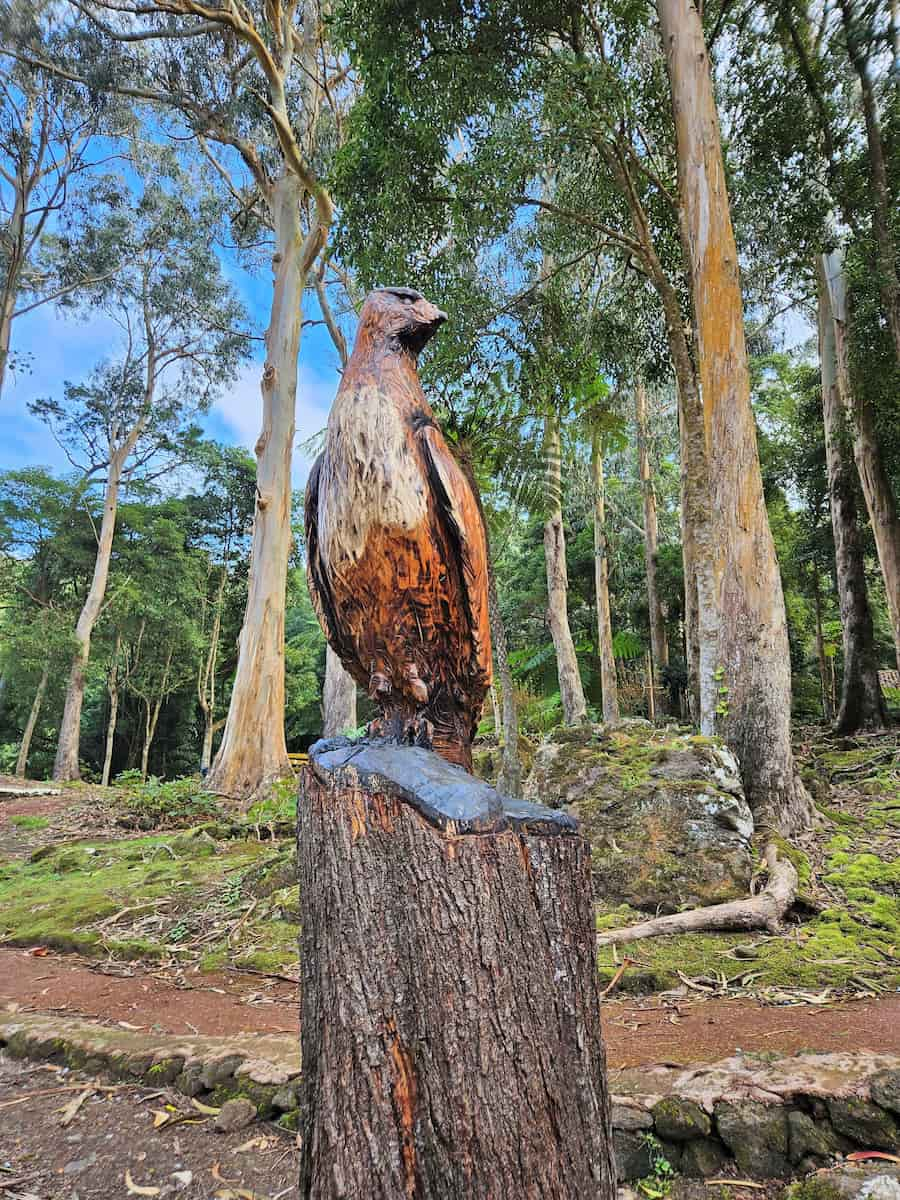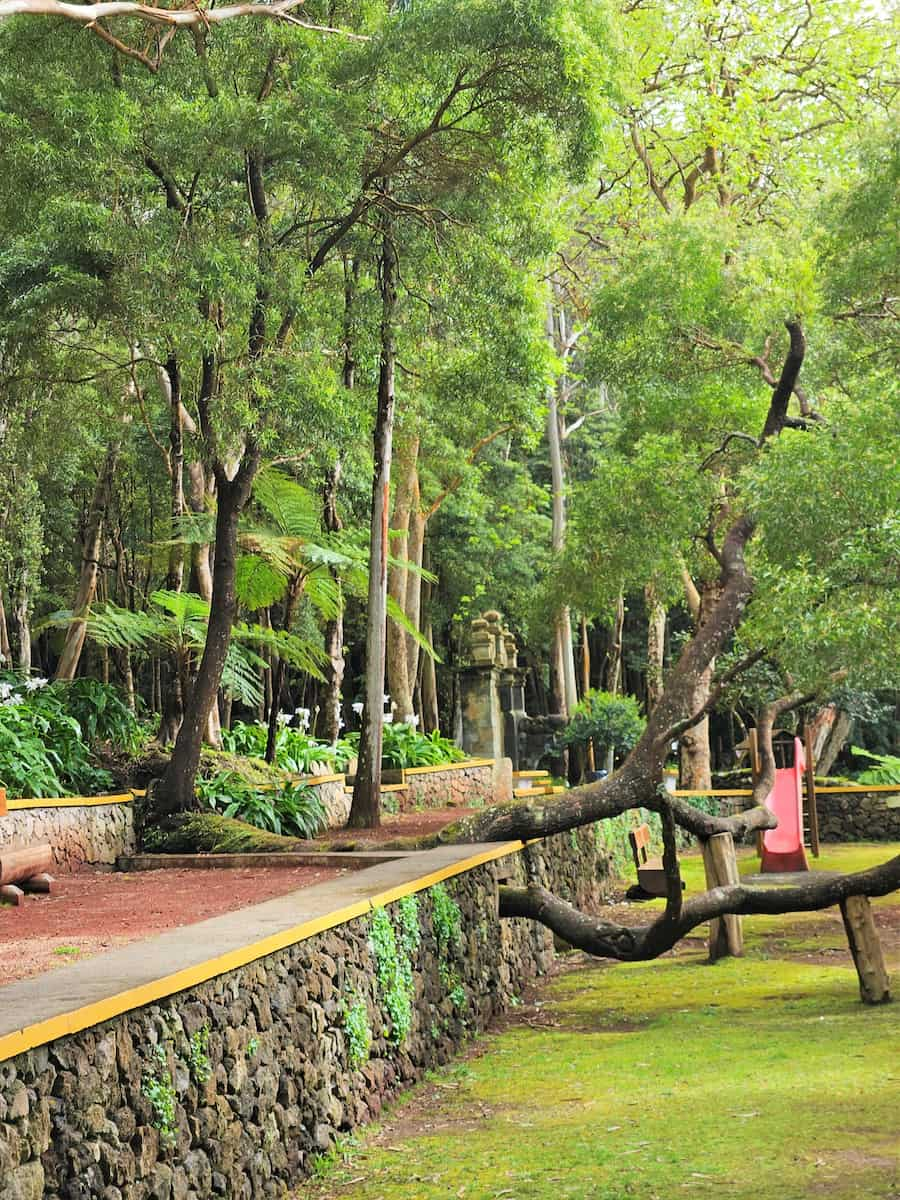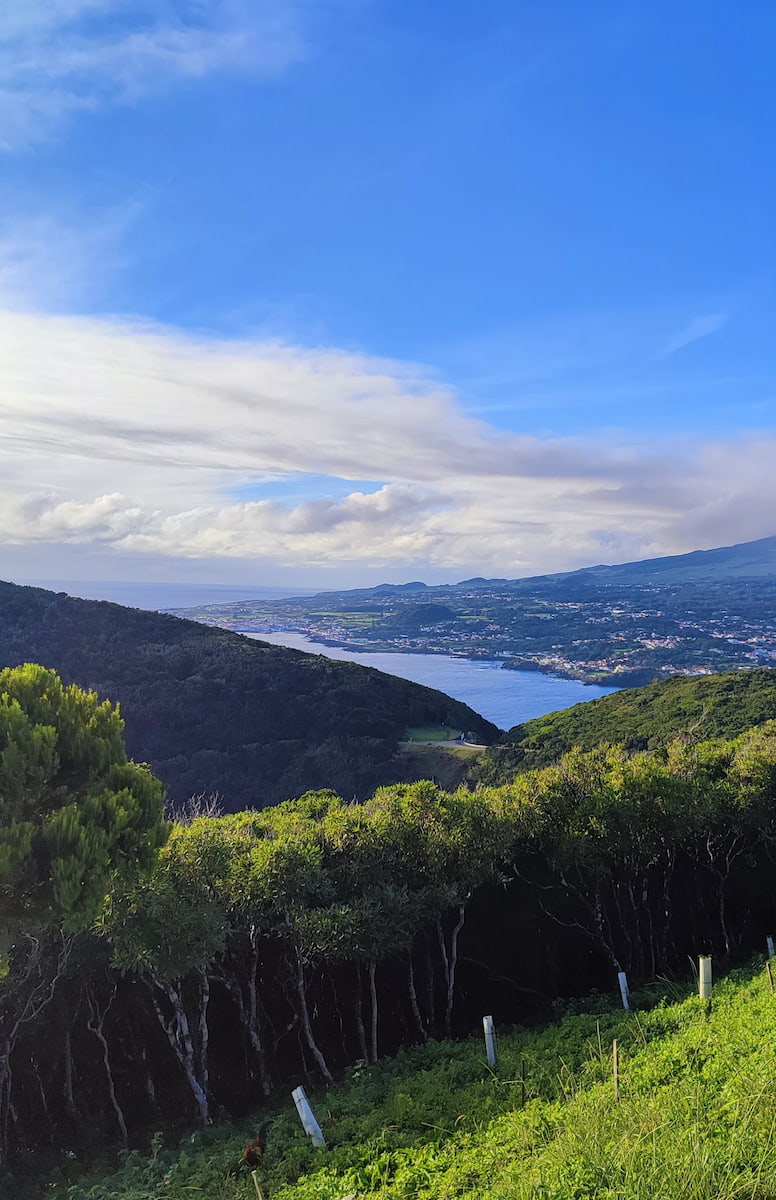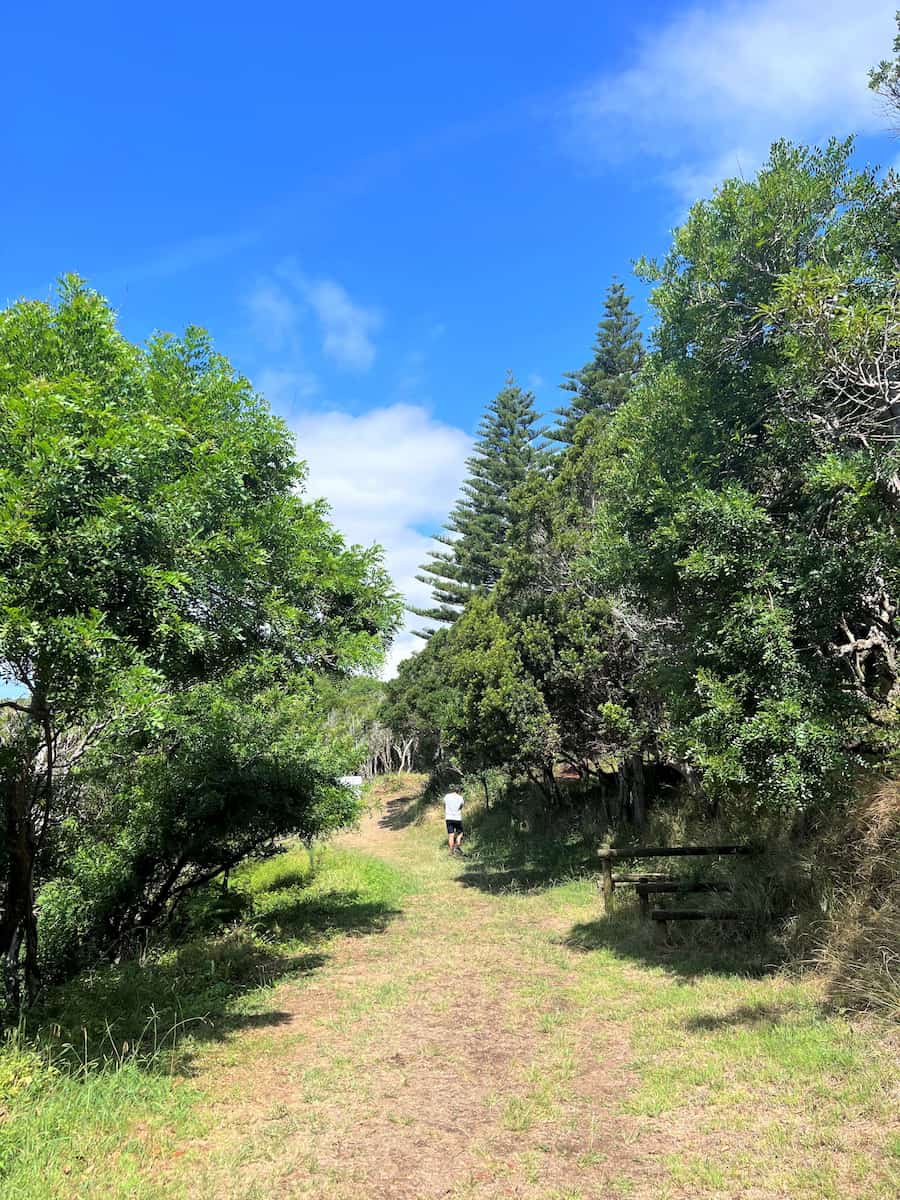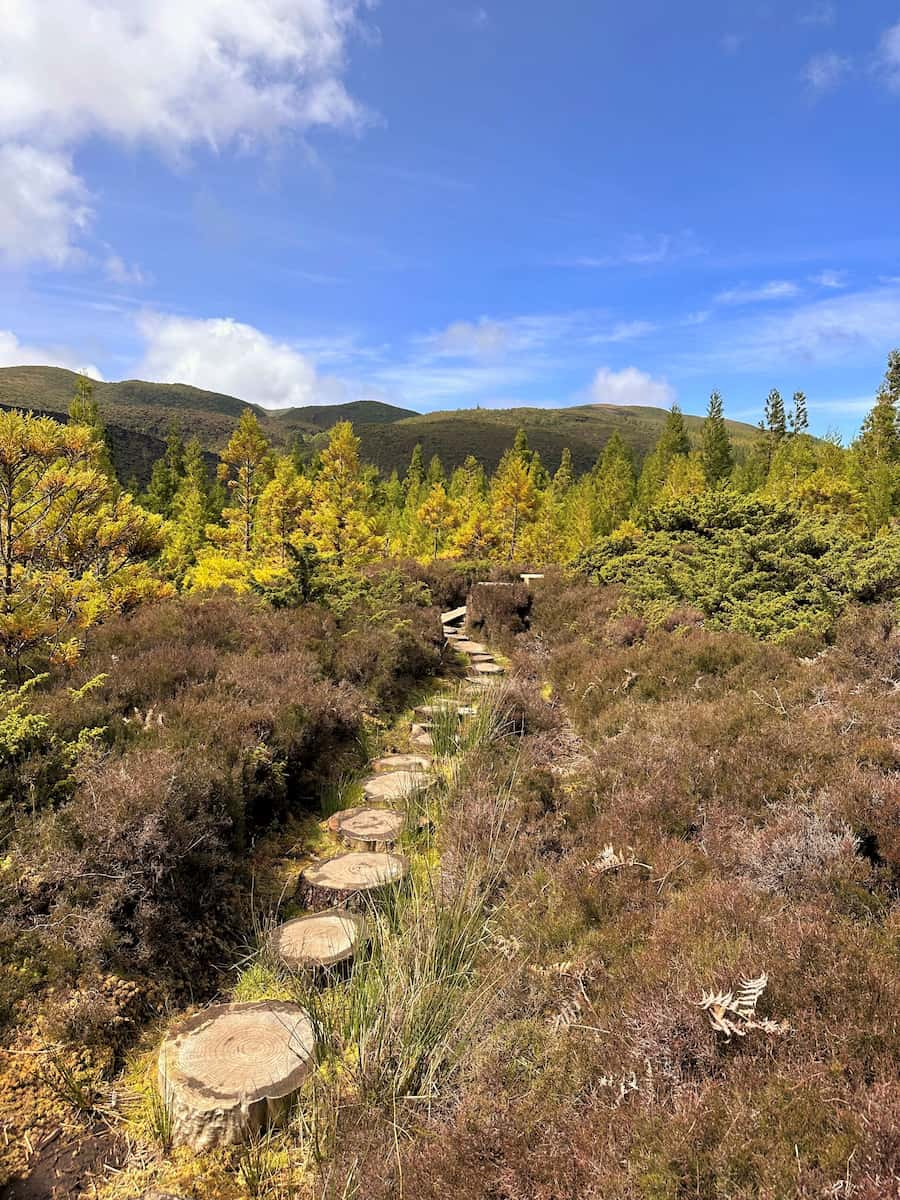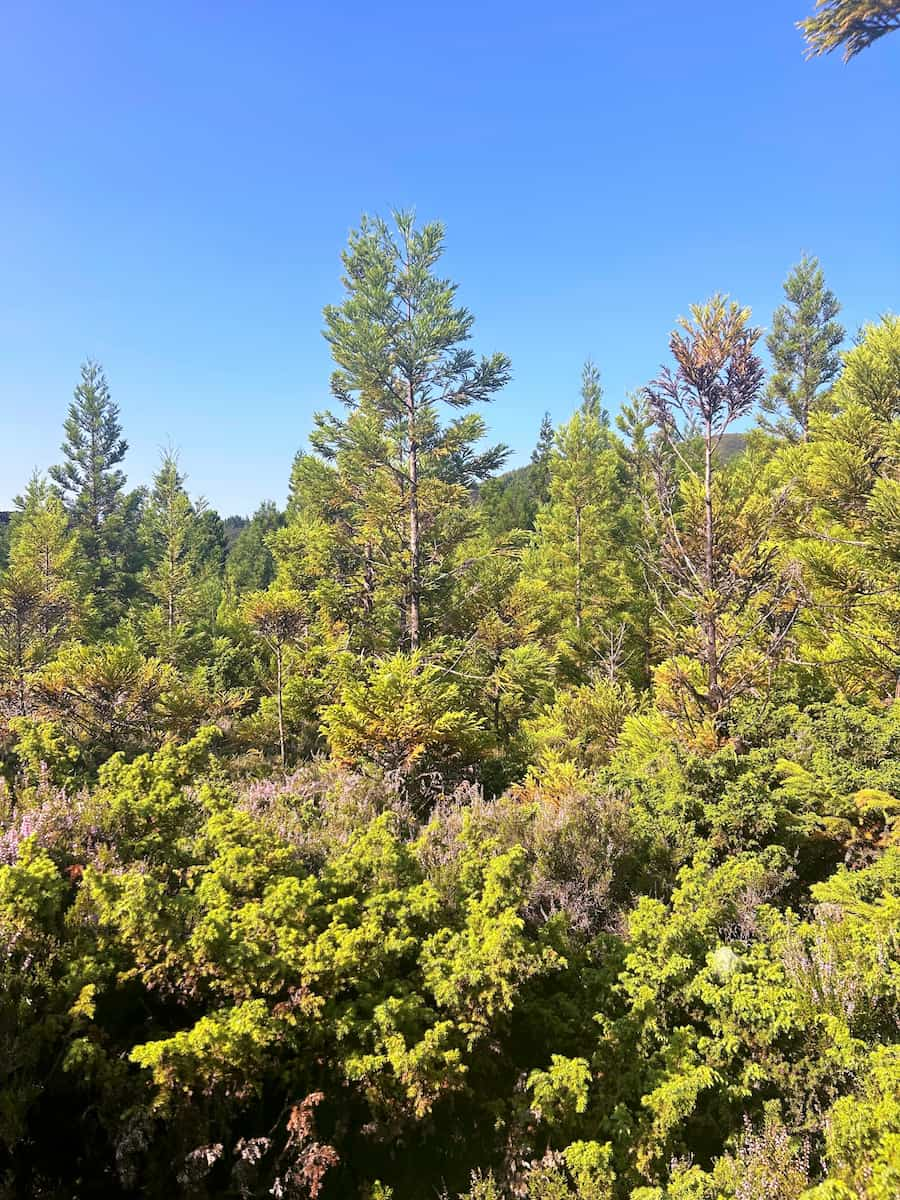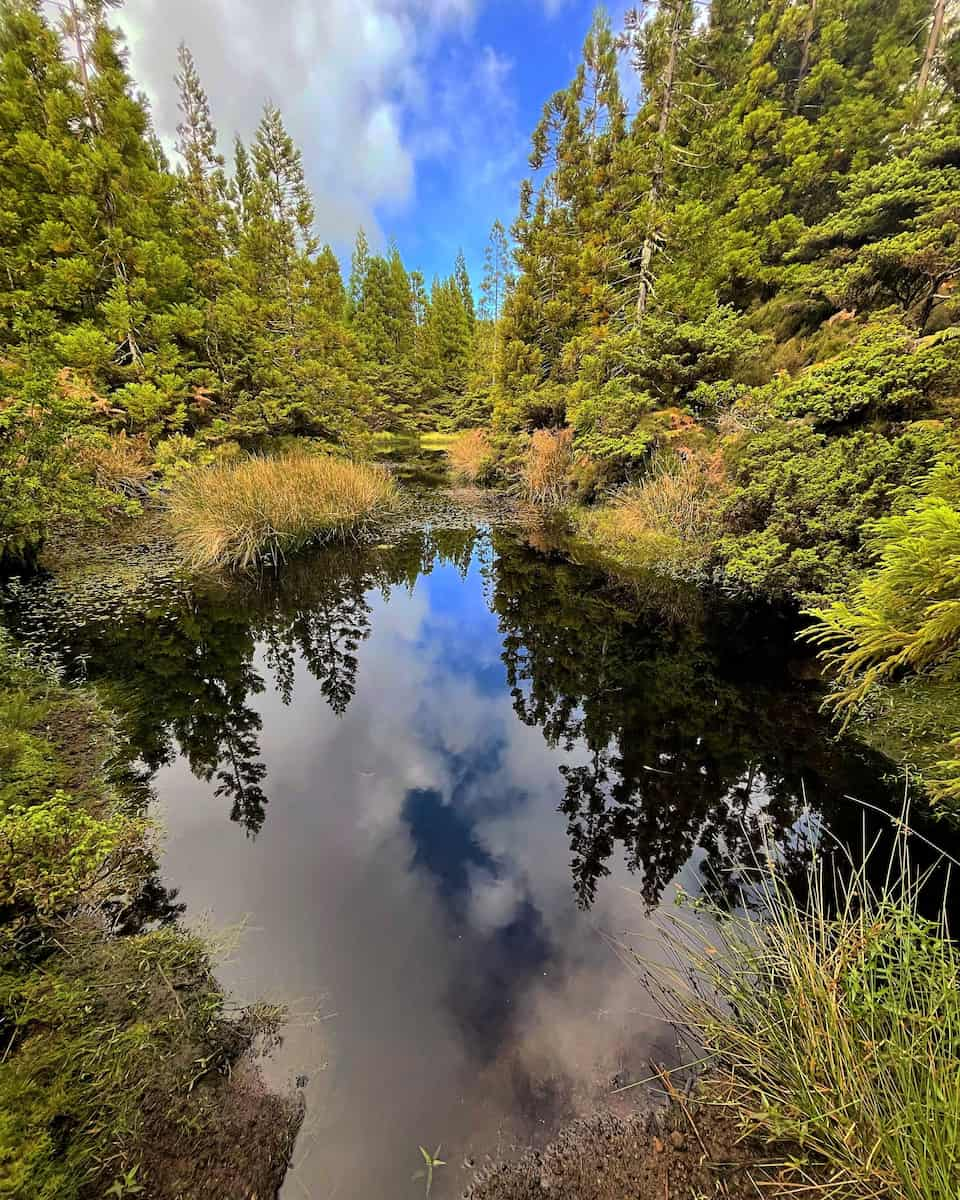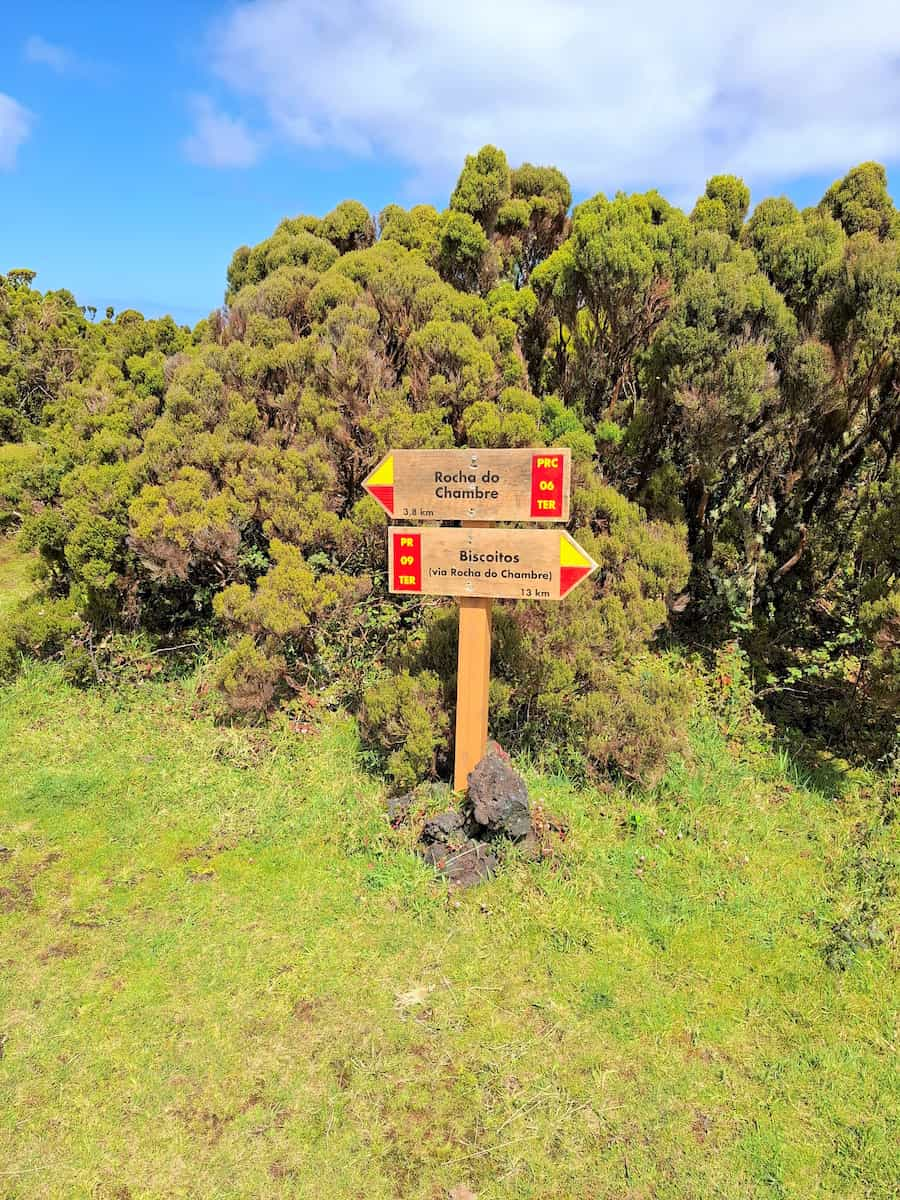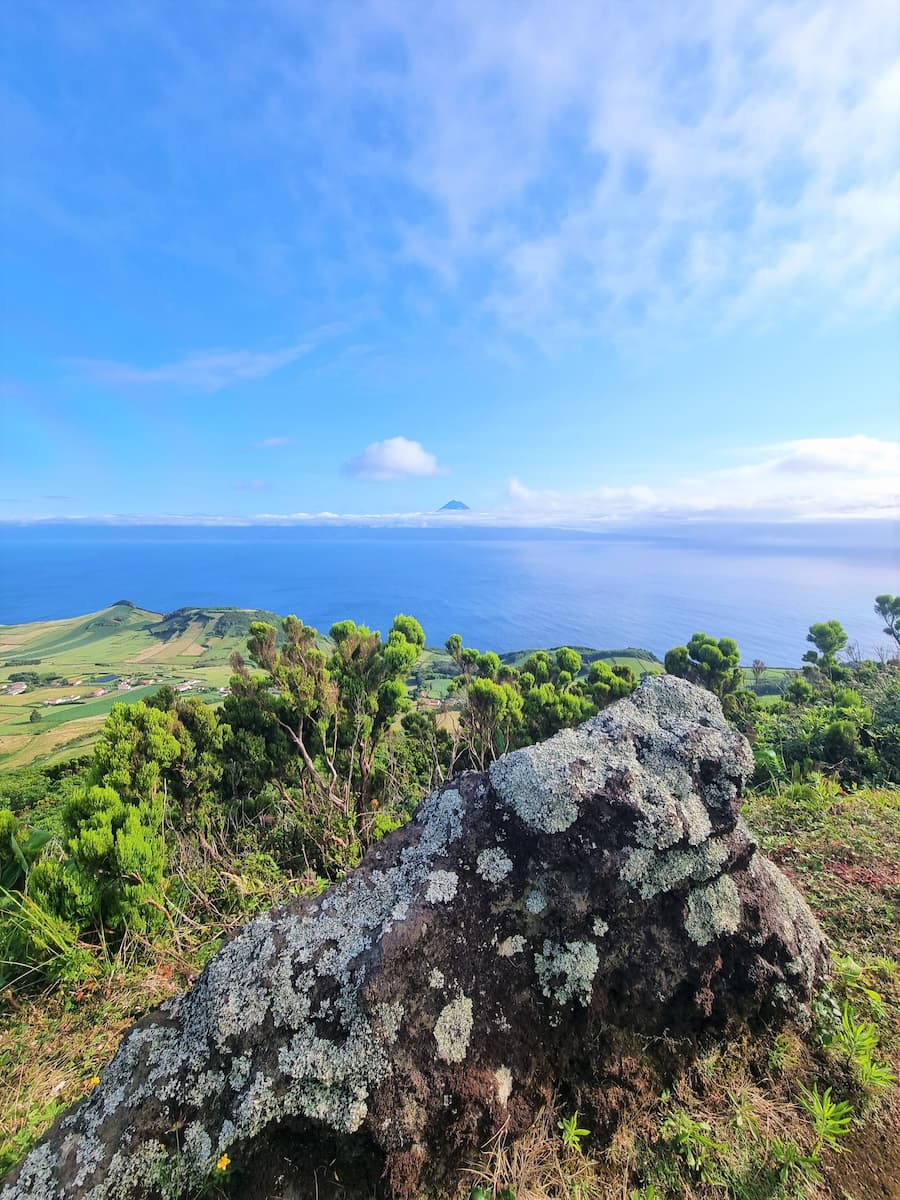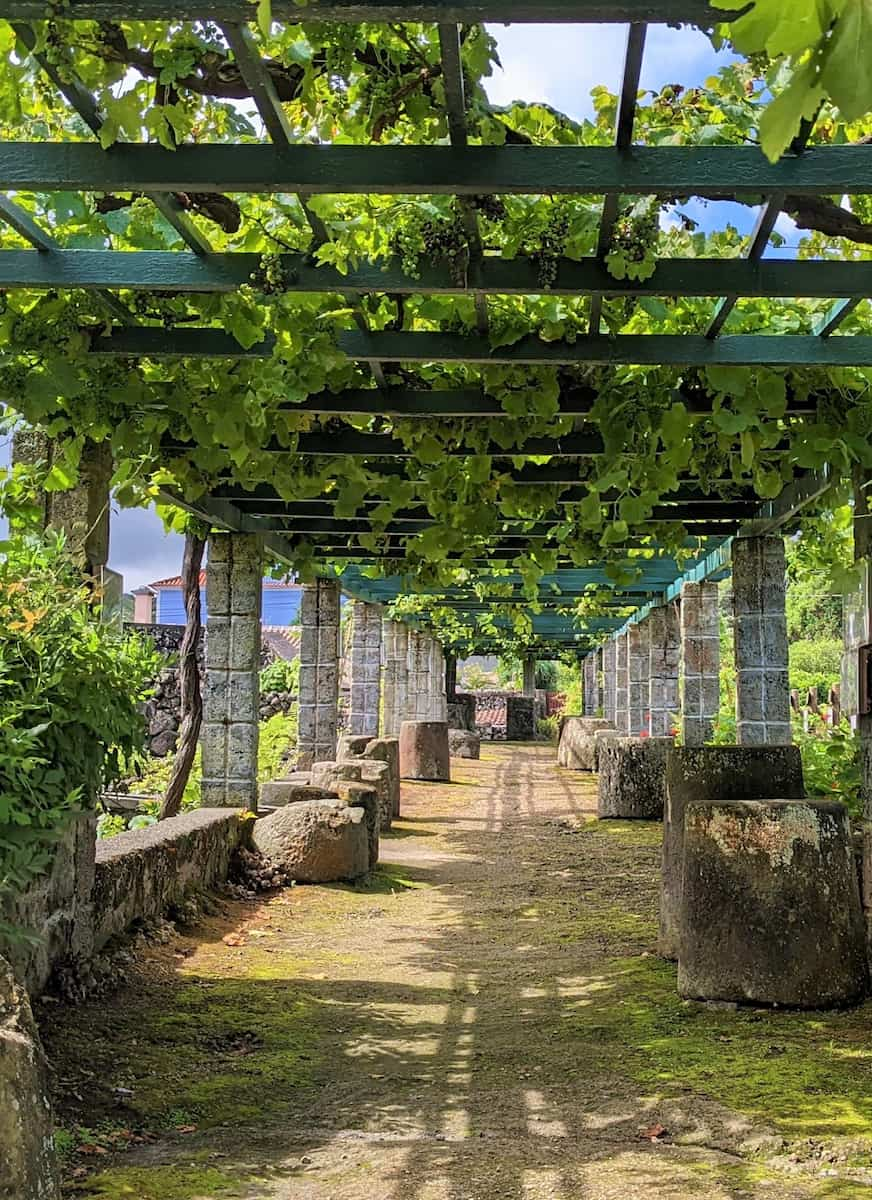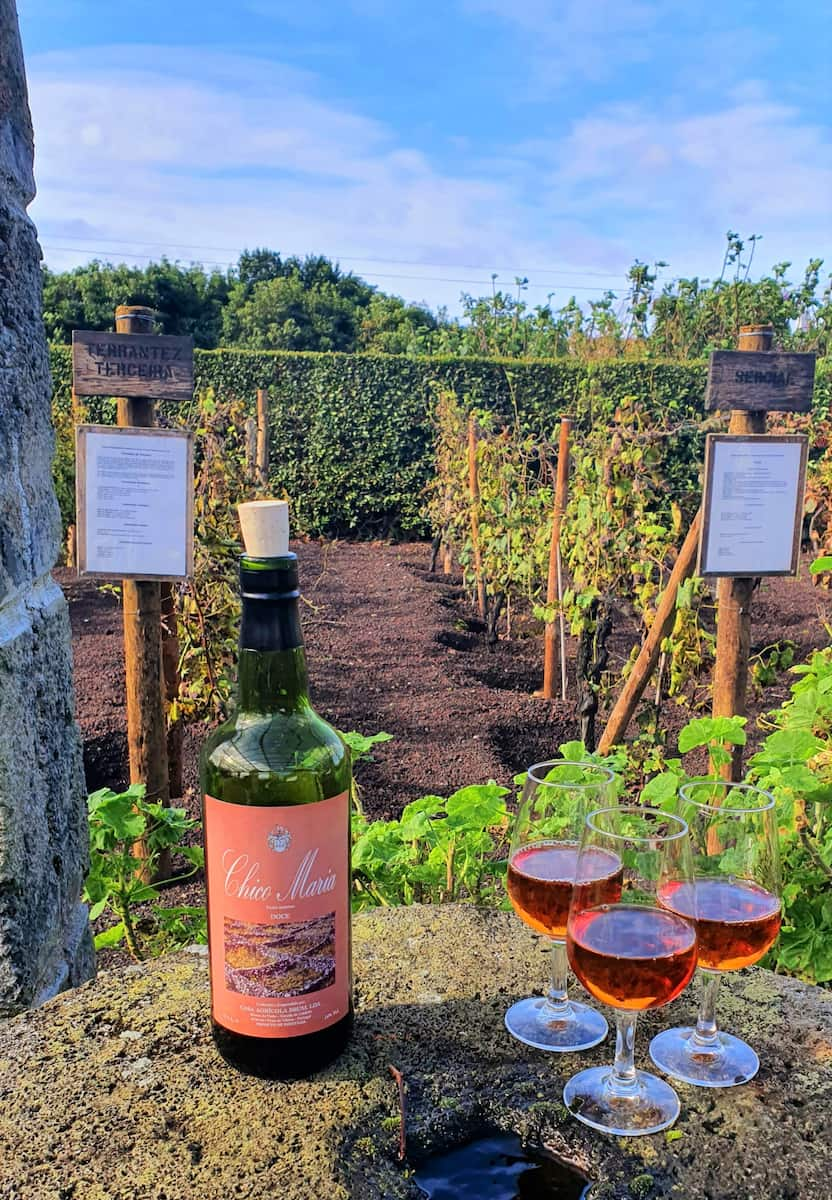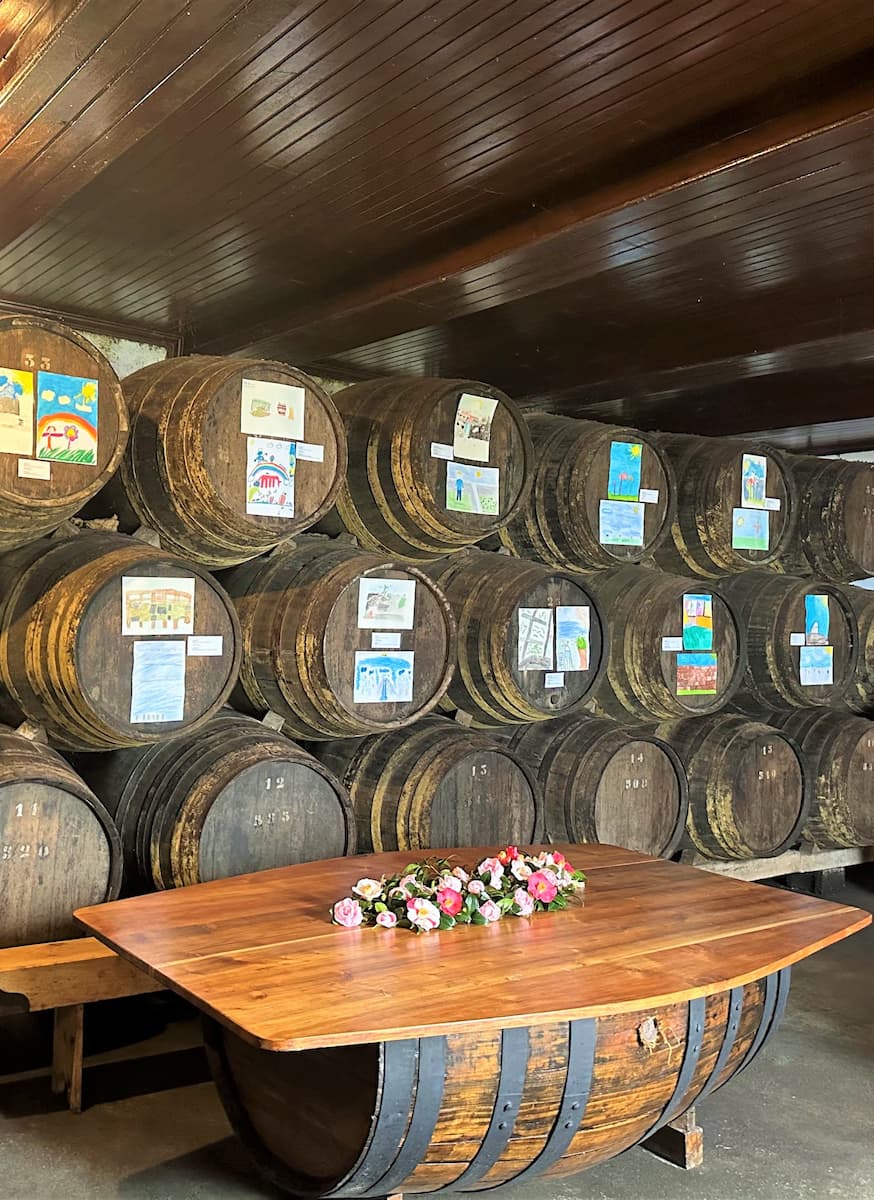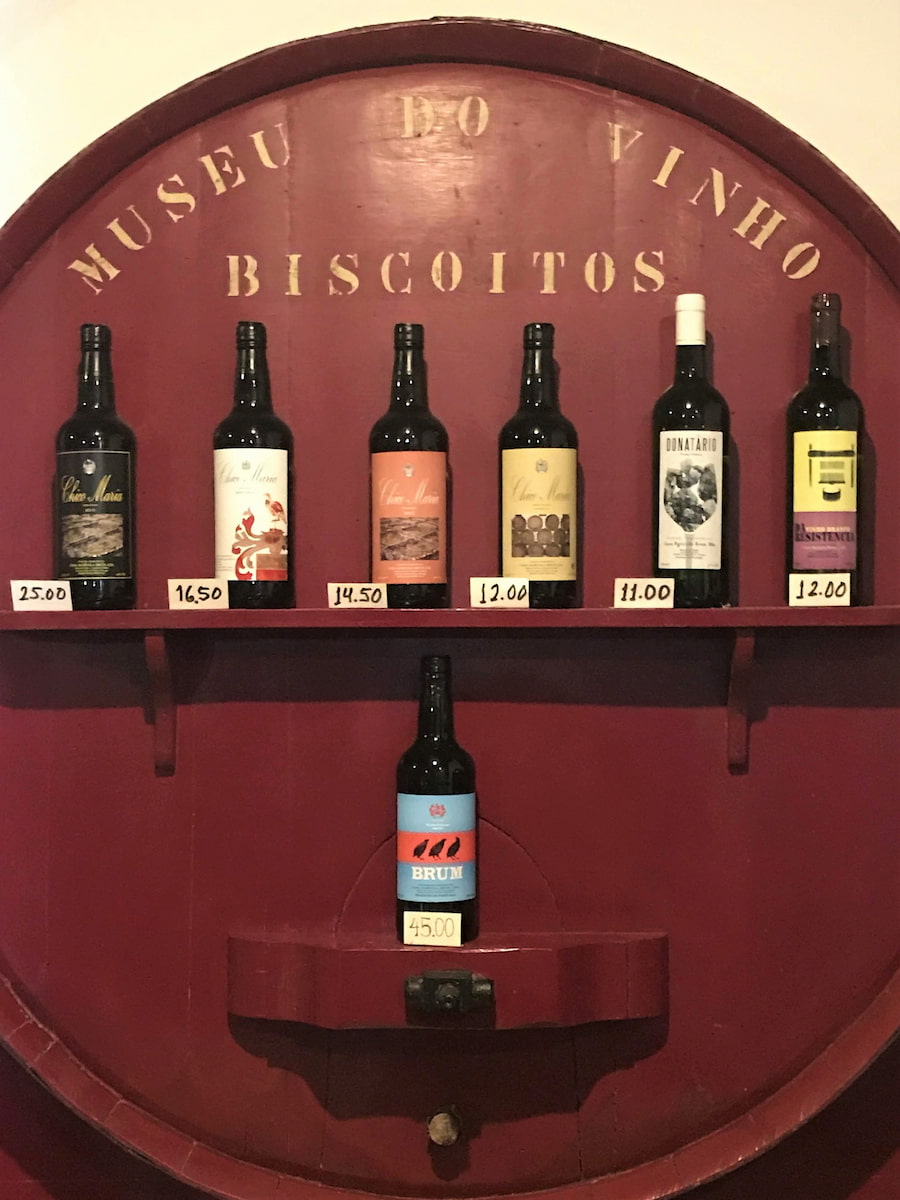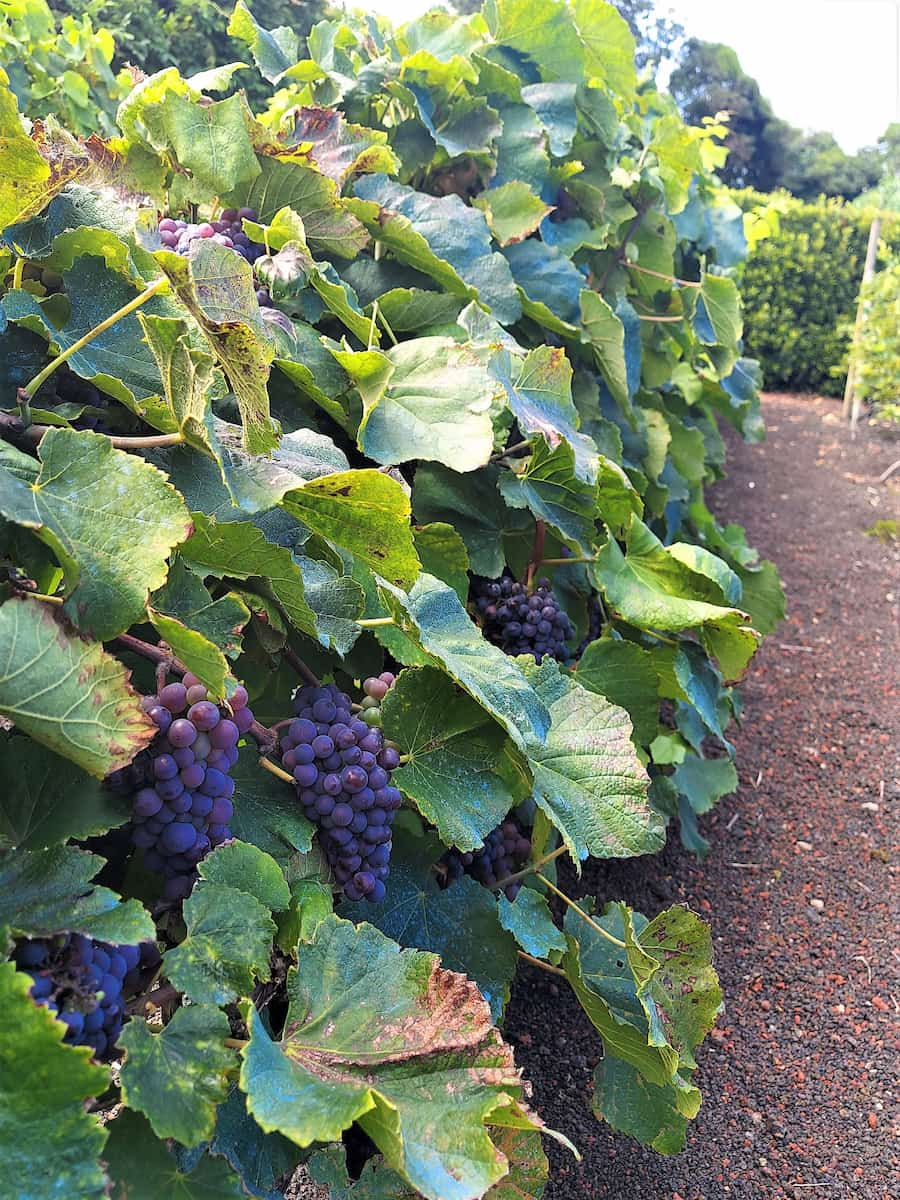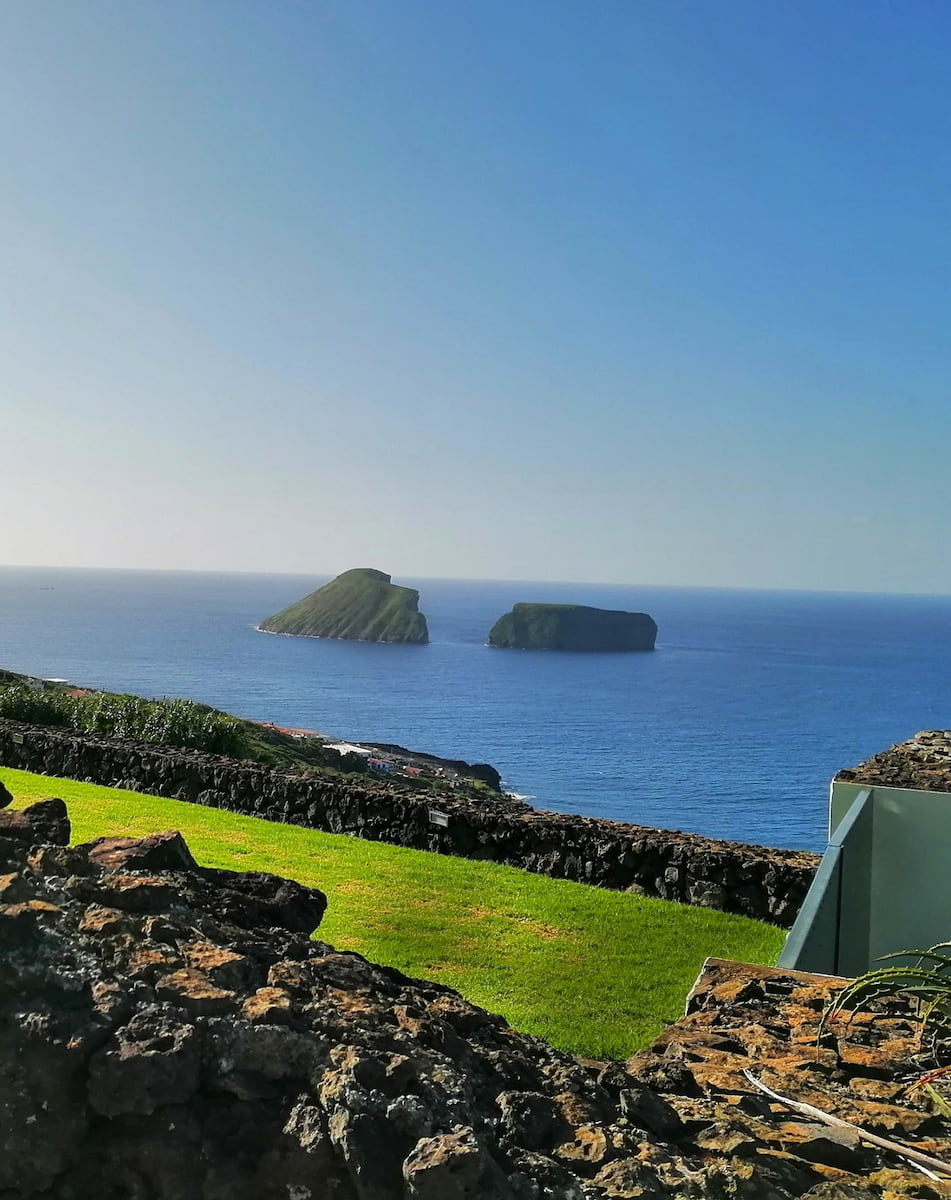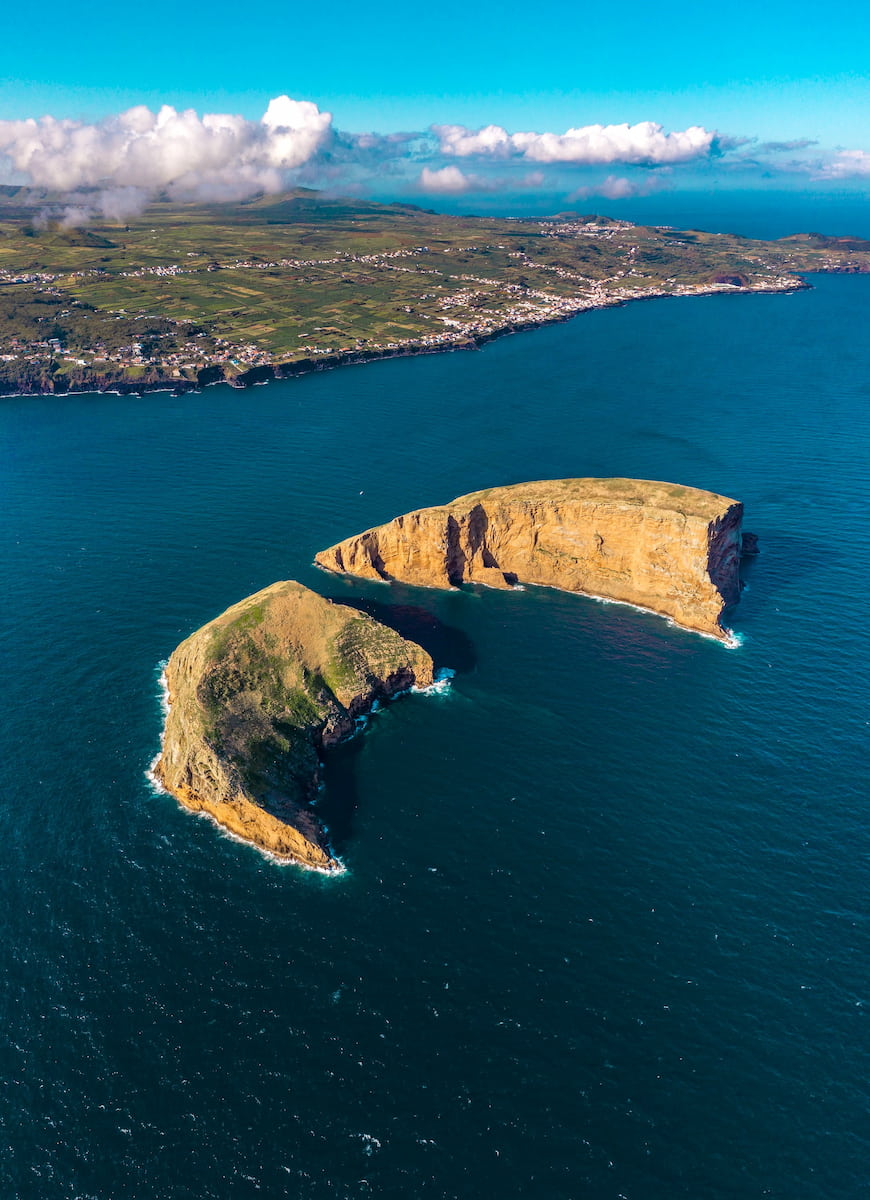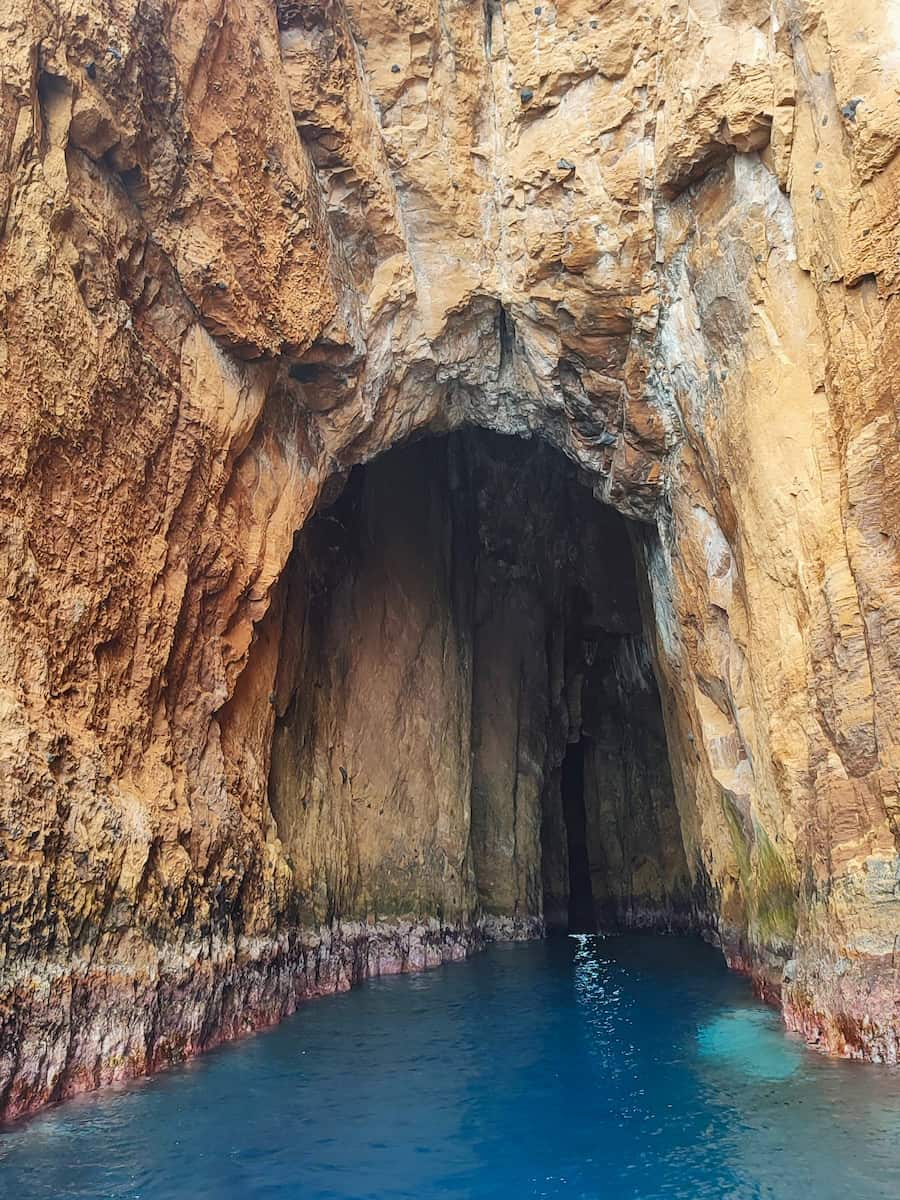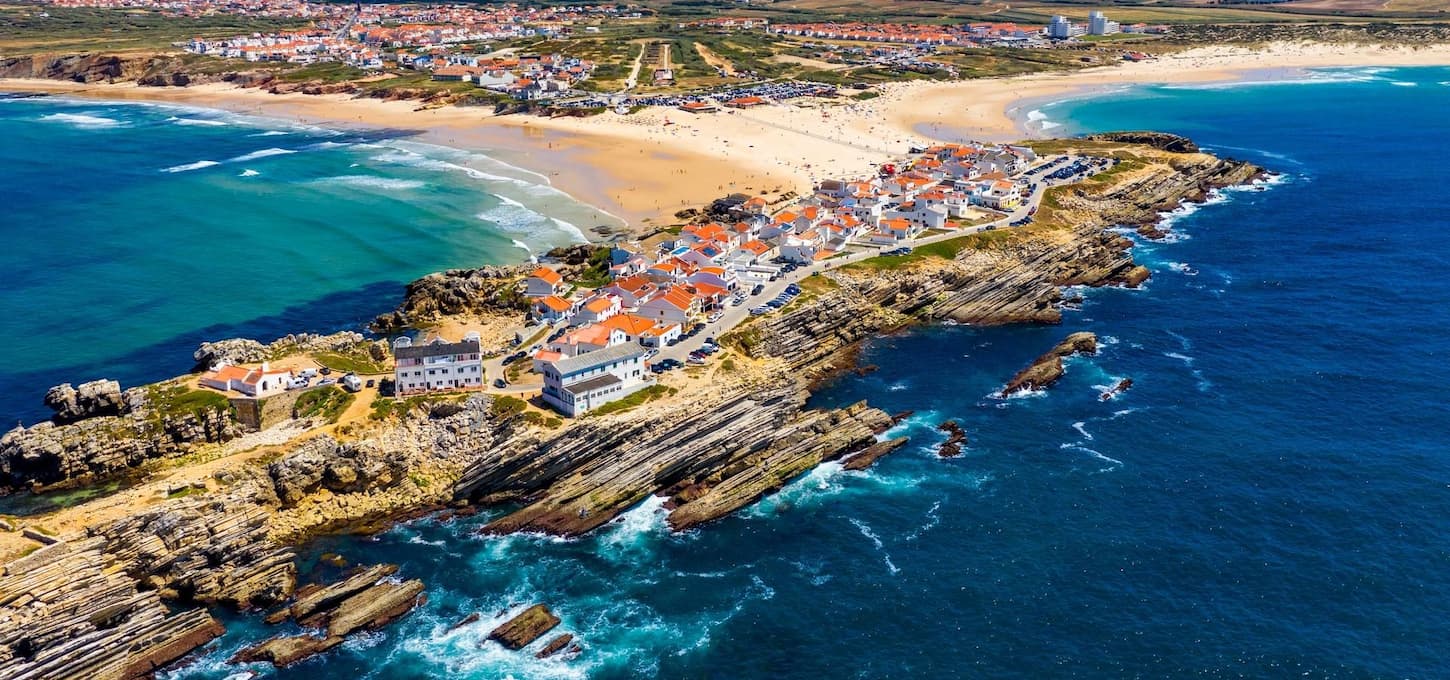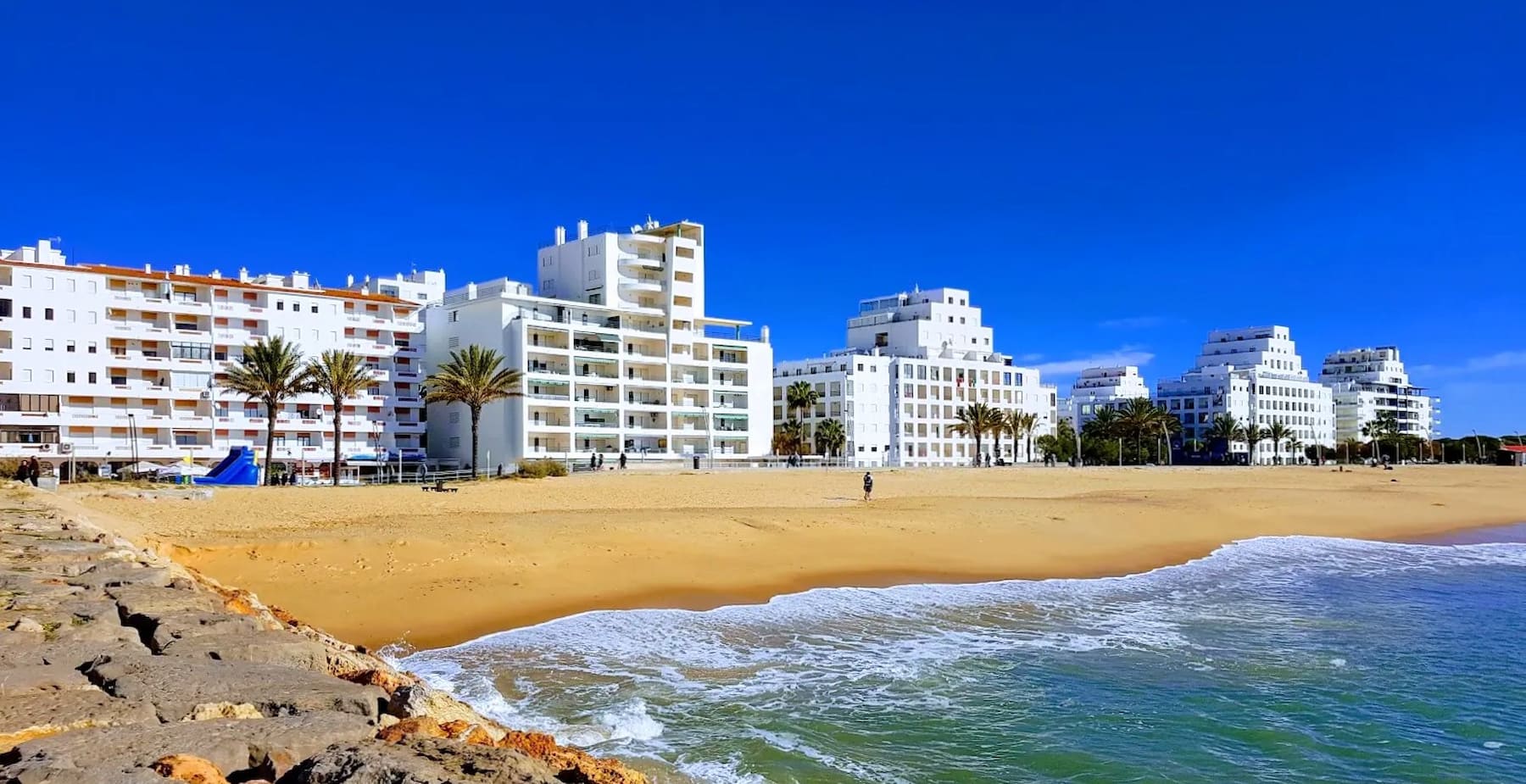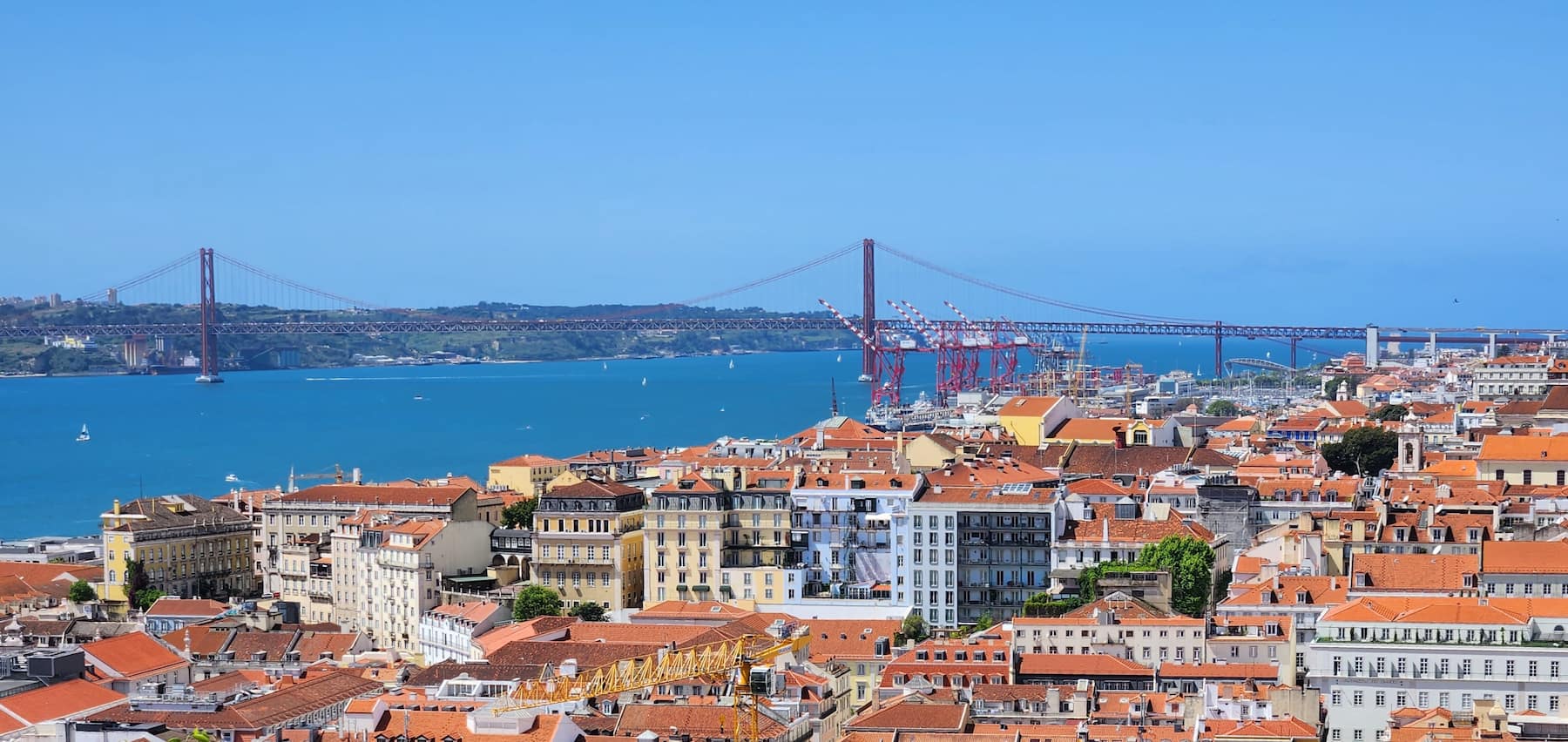Stepping onto Terceira Island feels like discovering a secret paradise where volcanic wonders meet rich cultural heritage. The third largest island in the Azores archipelago captivated me with its UNESCO World Heritage city, natural swimming pools carved from ancient lava flows, and some of the friendliest locals I’ve encountered in my travels.
My week exploring this Atlantic gem revealed experiences I couldn’t have found anywhere else in the world. From descending into the heart of an extinct volcano to watching traditional bull running through cobblestone streets, Terceira offers adventures that will satisfy both nature lovers and cultural enthusiasts alike.
🏠 Best Hotels in Terceira
- 💎 Luxury Hotel: Angra Marina Hotel
- 🏨 4-Star: Hotel Praia Marina by RIDAN Hotels
- 🛏️ 3-Star: Hotel Varandas do Atlântico by RIDAN Hotels
- 💸 Cheap: My Angra Charming House
- 🏢 Apartment: Quinta do Abacate - Glamping Park
- 👨👩👧👦 For Families: Hotel Cruzeiro
- 🏩 For Couples: Palacio Santa Catarina Hotel
💁 Best Guided Tours
- Full-day Terceira Island Highlights Tour from € 42 (⭐4.9/5)
- Watching whales and dolphins on Terceira Island from € 53 (⭐ 4.9/5)
- Island Van Tour (Full Day) | Terceira Island from € 154 (⭐ 4.9/5)
- E-Bike Tour Monte Brasil | Terceira Island from € 46 (⭐ 5.0/5)
Best Things To Do in Terceira Island, Azores
1. Angra do Heroísmo Historic Center (UNESCO)
First impressions. Walking through the labyrinth of narrow, colorful streets in Angra’s historic center instantly transported me back in time. This UNESCO World Heritage site captivated me with its perfect blend of 17th and 18th-century architecture, panoramic ocean views, and vibrant Azorean culture.
Hidden gems. I discovered the striking blue-and-white Igreja da Misericórdia near the city gates, where a statue of Vasco da Gama stands proudly. Just a short stroll away, Praça Velha square buzzes with local energy, surrounded by beautifully preserved historic buildings that showcase Terceira’s rich maritime history.
Cultural highlights. The Angra do Heroísmo Museum housed in the former Convent of São Francisco became my favorite spot. Entry costs just €2 (about $2.20), and it’s completely free on Sundays! Inside, I explored five centuries of Azorean history through maritime artifacts, earthquake exhibits, and cultural treasures.
Local tip: Purchase the Angra City Pass for €10 ($11) to access multiple attractions including the Cathedral, São Sebastião Fortress, and guided tours. It’s valid until December 31st and available online at Fienta.com or at any visiting location.
Practical advice. The historic center is best explored on foot. I found driving and parking in central Angra to be challenging, so I recommend taking a taxi from your accommodation. Most attractions open Tuesday through Sunday from 9:30 AM to 5:00 PM, with many closing on Mondays.
- Must-see spots in the historic center:
- Cathedral of Angra do Heroísmo
- Rua Direita’s colorful historic houses
- Forte de São Sebastião (free entry)
- Staircases and City Gates area
| Attraction | Regular Price | With City Pass |
|---|---|---|
| Museum Entry | €2 | Included |
| Cathedral | €3 | Included |
| Guided Tours | €5-15 | Some included |
⭐ Best Activities
- Walking City Tour Angra Do Heroismo – Explore the UNESCO World Heritage city of Angra do Heroísmo with hotel pickup available in the city center and Praia da Vitória. Discover the rich history and beautiful architecture of this historic Azorean city on foot with a knowledgeable local guide.
2. Monte Brasil
Volcanic discovery. Monte Brasil surprised me with its dramatic volcanic origins, forming a peninsula that cradles Angra do Heroísmo. This extinct volcano rises 205 meters above sea level and creates a natural fortress that I found perfect for hiking and wildlife spotting.
Hiking adventures. I tackled the main trail to the summit in about 45 minutes, passing through dense forests of Japanese cedar and endemic Azorean plants. The path is well-maintained but can be slippery after rain, so I’d recommend wearing proper hiking shoes rather than flip-flops like I mistakenly did!
Panoramic rewards. Reaching the Cruz do Canário viewpoint left me breathless – both from the climb and the spectacular 360° views. From here, I could see the entire city of Angra, the Atlantic Ocean, and on clear days, even neighboring islands in the distance.

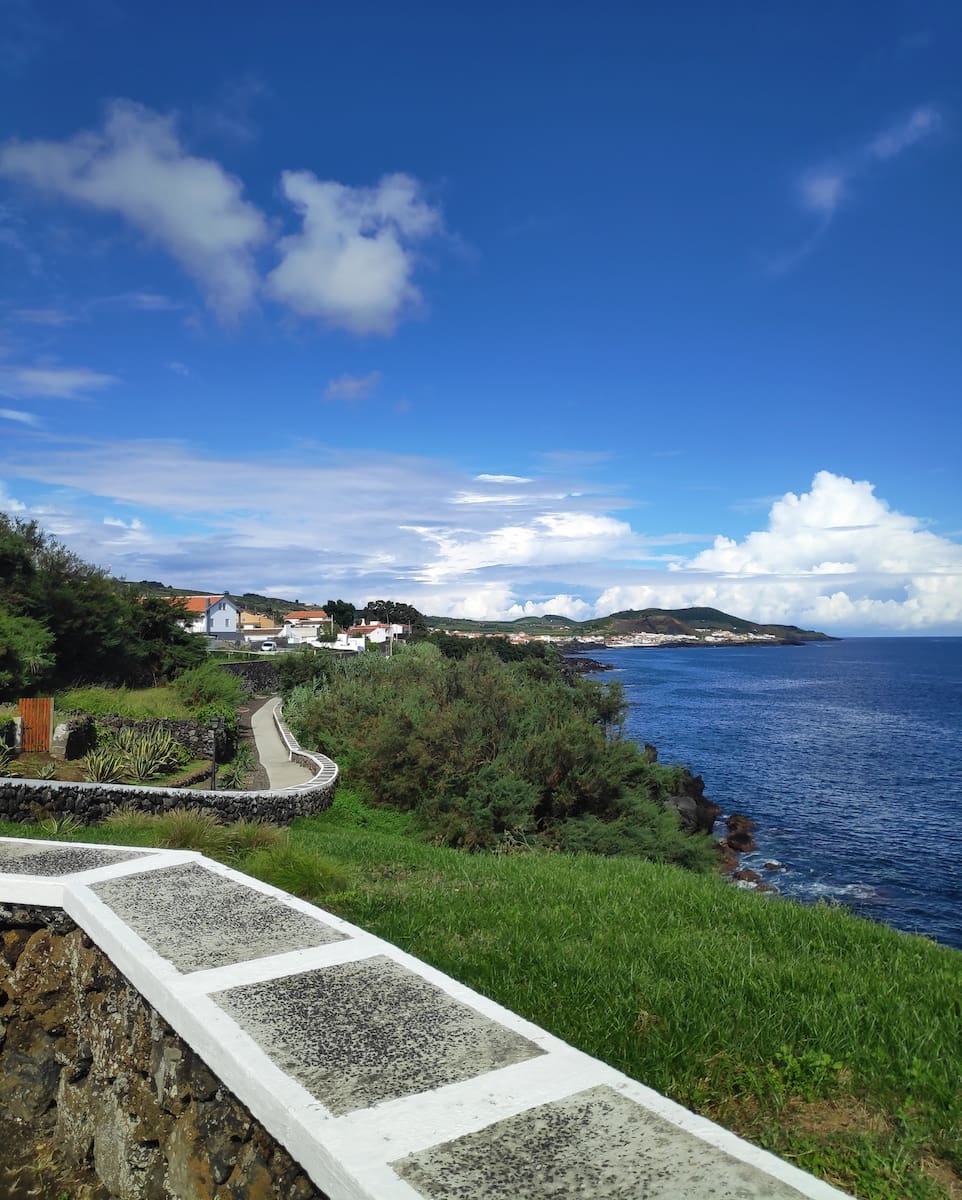


Wildlife encounters. The most unexpected delight was stumbling upon Monte Brasil’s cat sanctuary, where dozens of friendly felines roam freely. Local volunteers maintain feeding stations throughout the area, and for a small donation of €1-2, you can purchase cat treats from dispensers near the entrance.
Military history. The 400-year-old São João Baptista Fort still guards the entrance to Monte Brasil. Entry is free with military ID or €2 for civilians. I was fascinated by the ancient cannons still pointing out to sea, protecting Terceira from long-forgotten threats.
- What to bring to Monte Brasil:
- Water bottle (no shops on the mountain)
- Camera for panoramic shots
- Light jacket (windy at the summit)
- Comfortable walking shoes
- Sunscreen (limited shade in places)
⭐ Best Activities
- Segway Tour Monte Brasil – Glide effortlessly around the stunning Monte Brasil peninsula on this exciting Segway tour with convenient hotel pickup. Experience breathtaking coastal views and explore this extinct volcano while your guide shares fascinating insights about the area’s history and geology.
3. Algar do Carvão
Underground wonder. Descending into Algar do Carvão felt like entering another world. This ancient volcanic chimney plunges 90 meters into the earth, revealing one of the most accessible volcanic caves I’ve ever explored in my travels across volcanic regions.
Geological marvel. I was mesmerized by the stalactites and stalagmites formed from silica deposits – some of the rarest in the world. The most impressive feature is the cathedral-like main chamber with its perfect acoustics and emerald rainwater lake at the bottom.
Practical details. Entry costs €6 (about $6.60) for adults and €3 for children under 12. The cave is open seasonally, typically from April through October, with limited hours from 2:00 PM to 6:00 PM. I arrived at 3:00 PM and found it to be the perfect time – fewer tourists and ideal lighting.
Photography tips. The cave’s interior is dimly lit to preserve its natural state. My smartphone struggled with the low light, so I’d recommend bringing a proper camera with manual settings. Tripods aren’t allowed, but the handrails make decent stabilizers in a pinch!
Safety first. The temperature inside hovers around 12°C (54°F) year-round, significantly cooler than outside. I was glad I brought a light jacket even on a hot summer day. The metal stairs can be slippery from condensation, so take your time and hold the railings.
- Nearby attractions to combine with Algar do Carvão:
- Gruta do Natal (Christmas Cave) – just 5 minutes away
- Furnas do Enxofre (sulfur vents) – 10-minute drive
- Guilherme Moniz Caldera – surrounding area
- Serra do Cume viewpoint – 15-minute drive
- Local cheese farm “Queijaria Vaquinha” – 7-minute drive
4. Gruta do Natal
Christmas magic. The Gruta do Natal (Christmas Cave) earned its festive name from its discovery during the holiday season, though I found it magical regardless of when you visit. This 697-meter lava tube formed during ancient volcanic activity and now offers visitors a fascinating glimpse into Terceira’s geological history.

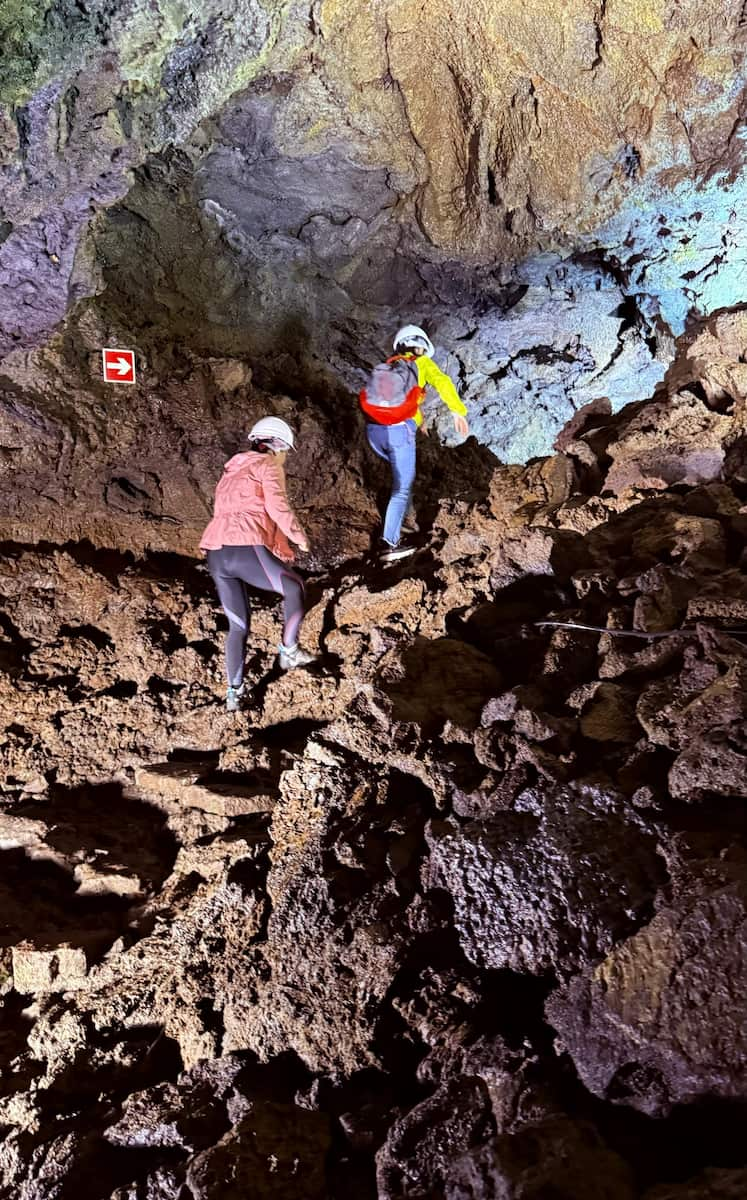

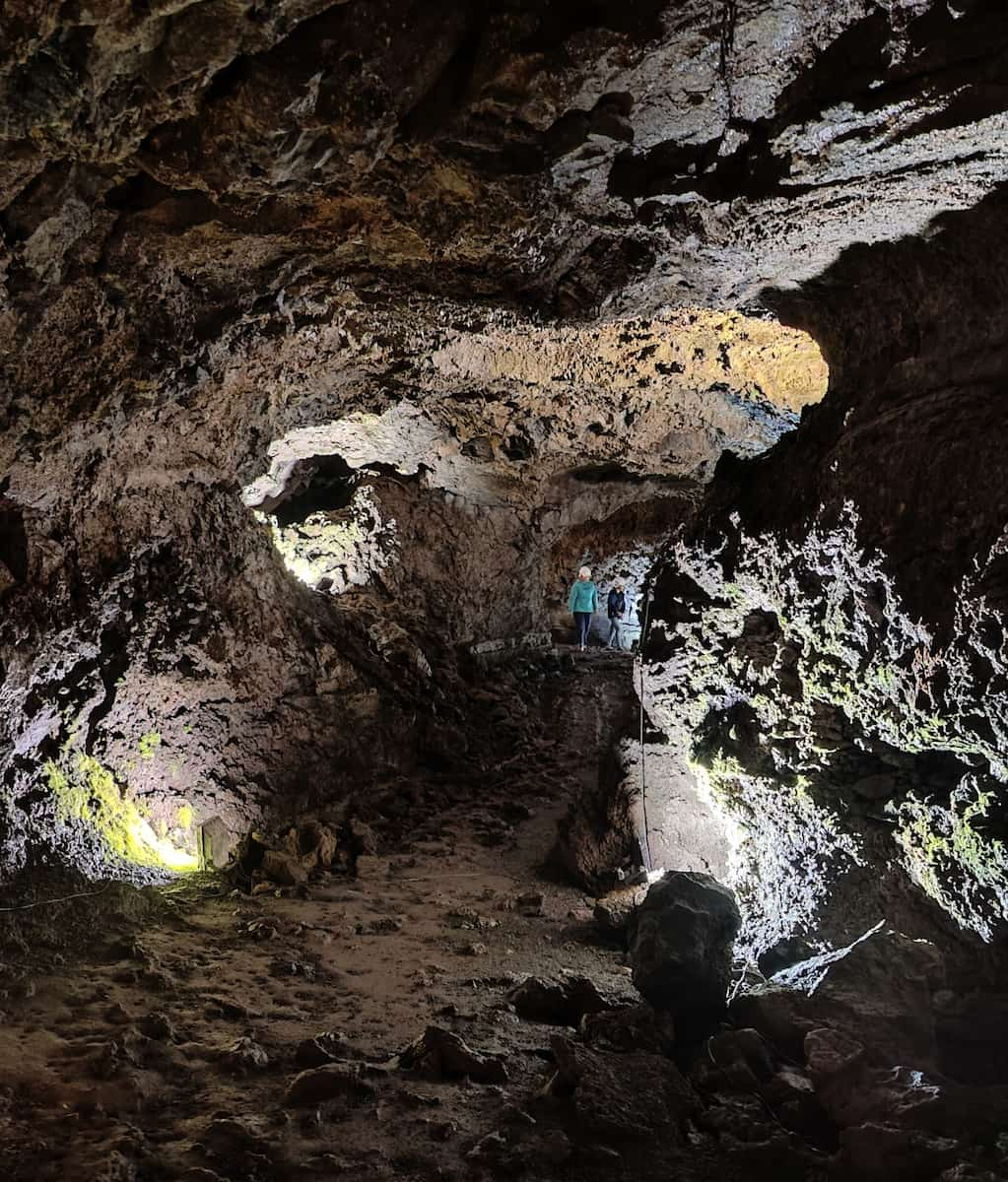
Underground adventure. Unlike the vertical Algar do Carvão, this horizontal cave system allowed me to walk comfortably through its winding passages. The colored lighting highlights different lava formations, creating an almost otherworldly atmosphere as I explored deeper into the earth.
Accessibility notes. The cave floor has been made relatively smooth for visitors, but some sections require ducking under low ceilings. I’m 5’10” and had to bend down in several spots. If you have mobility issues, this might not be the best attraction for you.
Combined tickets. I saved money by purchasing a combined ticket for both Gruta do Natal and Algar do Carvão for €8 (about $8.80) instead of €10 separately. These tickets are available at either cave entrance and valid for one visit to each site within a week.
- What to expect inside Gruta do Natal:
- Temperature around 12-15°C (54-59°F)
- Helmets provided for safety
- Smooth but sometimes wet walking surfaces
- Colorful lighting highlighting geological features
5. Serra do Cume Viewpoint
Breathtaking panorama. Standing at Serra do Cume viewpoint, I was treated to what locals call “the blanket view” – a patchwork of green fields divided by volcanic stone walls stretching all the way to the Atlantic Ocean. At 545 meters above sea level, this might be the most photographed spot on Terceira.
Weather drama. My first visit was completely fogged in, seeing nothing but white mist. Returning the next day rewarded me with clear skies and that postcard-perfect view. If you encounter fog, be patient or try again – the weather on Terceira changes rapidly throughout the day.
Photography heaven. I arrived just before sunset when the low light cast long shadows across the patchwork fields, creating a stunning contrast. The viewpoint faces east, so morning light illuminates the valley beautifully, while sunset creates a golden glow across the landscape.
Easy access. Unlike some viewpoints requiring hiking, Serra do Cume has a parking area right at the top. I simply drove up, parked for free, and walked a few steps to the viewing platform. This accessibility makes it perfect for travelers of all ages and abilities.
Local connection. A small café near the viewpoint serves excellent espresso (€1) and Dona Amélia cakes (€2.50) – a local specialty with honey, cinnamon and raisins. The friendly owner shared stories about how the unique field pattern developed over centuries of farming traditions.
- Best times to visit Serra do Cume:
- Early morning (7-9 AM) for photographers
- Mid-day for clearest visibility
- Late afternoon for golden light
- After rainfall for vibrant green colors
- Weekdays to avoid weekend crowds
⭐ Best Activities
- Terceira Island: Caves and Craters Tour – Discover Terceira’s fascinating volcanic landscapes, including caves and craters formed by ancient eruptions. Explore underground lava tubes and learn about the island’s geological history with an expert guide.
6. Biscoitos Natural Pools
Volcanic swimming. The natural pools of Biscoitos offered me the most unique swimming experience in Terceira. Formed by ancient lava flows meeting the Atlantic Ocean, these interconnected pools provide safe havens for swimming while waves crash dramatically against the volcanic rocks just meters away.
Temperature surprise. Despite the Azores’ mild climate, the Atlantic waters proved chillier than I expected – around 18-22°C (64-72°F) in summer. After the initial shock, the refreshing dip became invigorating, especially after hiking earlier in the day.
Facilities available. I appreciated the thoughtful amenities: changing rooms (€1), freshwater showers, a snack bar serving local beer (€2.50) and lapas (grilled limpets – €8), and wooden walkways connecting different pool areas. Lifeguards are on duty during summer months from 10:00 AM to 6:00 PM.
Wine connection. Just a 10-minute walk from the pools, I discovered the Biscoitos Wine Museum (€3 entry) where I learned about the region’s unique Verdelho wine production. The museum offers tastings (€5 for three wines) and sells bottles directly from local producers at reasonable prices (€8-15).
Timing matters. I visited during high tide when waves dramatically crash over the outer rocks, creating a thrilling backdrop. However, low tide reveals more accessible pools and is safer for families with children. Check local tide tables to plan your visit accordingly.
- What to bring to Biscoitos Natural Pools:
- Water shoes (volcanic rocks are sharp)
- Towel (none available for rent)
- Snorkeling gear for fish spotting
- Cash (card machines often offline)
- Sunscreen (limited shade available)
⭐ Best Activities
- Terceira Island: Baías da Agualva Hike & Picnic Biscoitos – Enjoy a scenic hike along the beautiful Baías da Agualva trail followed by a delicious picnic in Biscoitos. Experience Terceira’s stunning coastal landscapes and natural swimming pools on this guided outdoor adventure.
7. Museu de Angra do Heroísmo
Historical treasure. Housed in the former Convent of São Francisco, the Museu de Angra do Heroísmo surprised me with its extensive collection spanning five centuries of Azorean history. The imposing 17th-century building itself is worth admiring before even stepping inside.
Maritime heritage. I was particularly fascinated by the maritime section showcasing Terceira’s strategic importance during the Age of Discovery. Original navigation instruments, ship models, and trade goods tell the story of how this tiny island became a crucial Atlantic crossroads.
Earthquake exhibit. The most moving display documents the devastating 1980 earthquake that destroyed much of Angra. Through photographs, personal accounts, and salvaged artifacts, I gained a deeper appreciation for the city’s remarkable reconstruction efforts that earned its UNESCO status.
Art collections. The upper floors house impressive collections of religious art, traditional furniture, and Azorean crafts. I spent nearly an hour examining the intricate details of the 16th-century Flemish paintings that somehow found their way to this remote Atlantic island.
Visitor essentials. Entry costs just €2 (about $2.20) and is free on Sundays. The museum is open Tuesday through Sunday from 10:00 AM to 5:30 PM (closed Mondays). Audio guides are available in English, Portuguese, French and German for an additional €3.
- Museum highlights not to miss:
- Church of Nossa Senhora da Guia (within the museum)
- Military history collection
- Traditional Azorean furniture exhibits
- Temporary exhibition gallery (changes quarterly)
- Former convent cloisters and gardens
⭐ Best Activities
- Angra do Heroismo by Foot – Walk through the charming streets of Angra do Heroismo and discover why this historic city earned UNESCO World Heritage status. Learn about the city’s maritime history, architecture, and cultural significance from your expert local guide.
8. Jardim Duque da Terceira
Urban oasis. Stepping through the ornate gates of Jardim Duque da Terceira, I discovered a peaceful retreat from Angra’s bustling streets. This meticulously maintained 19th-century garden occupies a prime spot in the city center, offering shady pathways and colorful blooms year-round.
Botanical diversity. I was impressed by the variety of plants – from towering Norfolk Island pines to delicate azaleas and hydrangeas. The garden showcases both native Azorean species and exotic plants brought back by sailors from around the world during Terceira’s maritime heyday.
Tea house charm. The garden’s pink gazebo houses a delightful tea house where I enjoyed a pot of local tea (€2.50) and traditional Azorean pastries (€1-3). The outdoor terrace provides the perfect vantage point for people-watching while surrounded by lush greenery.
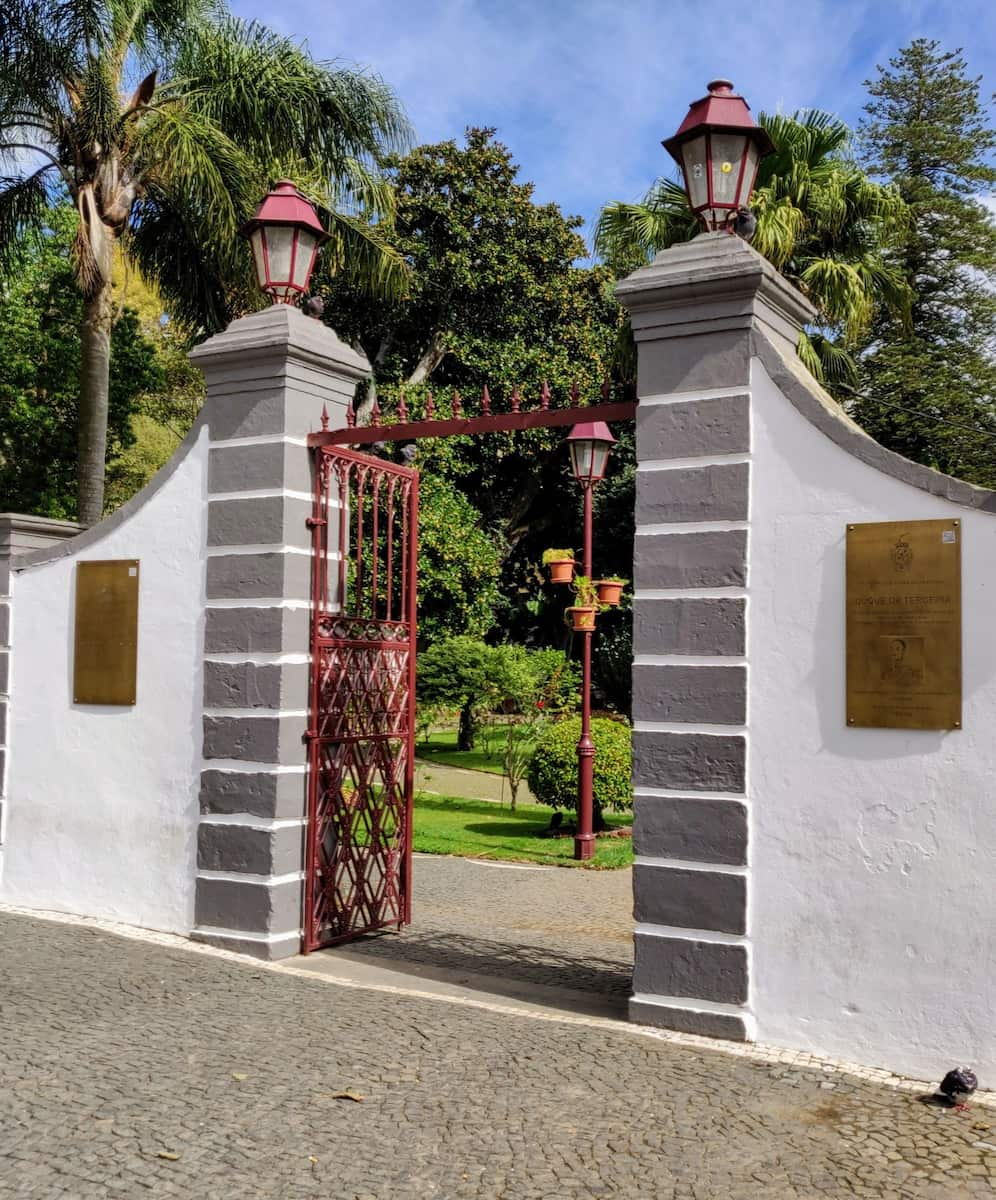
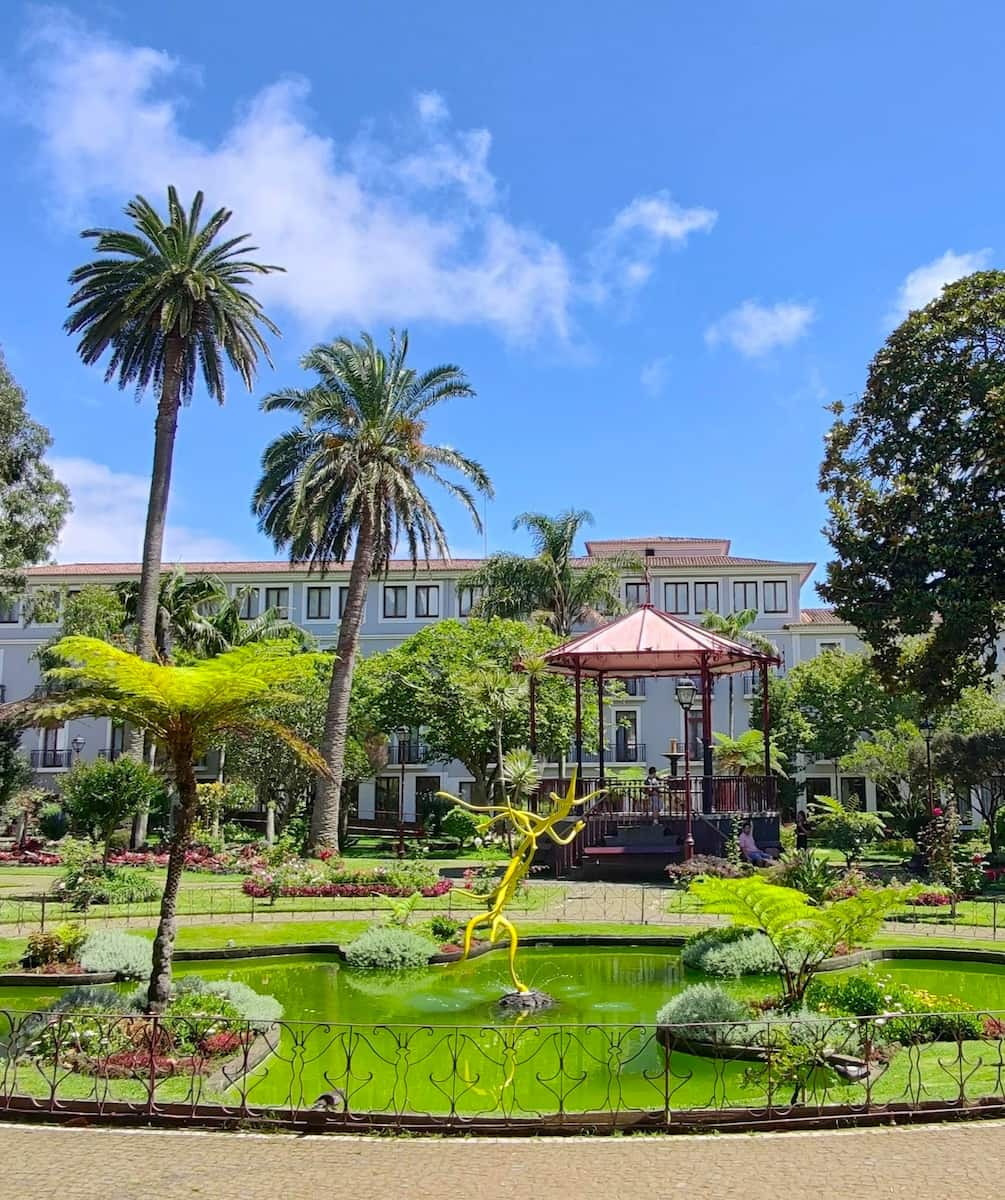
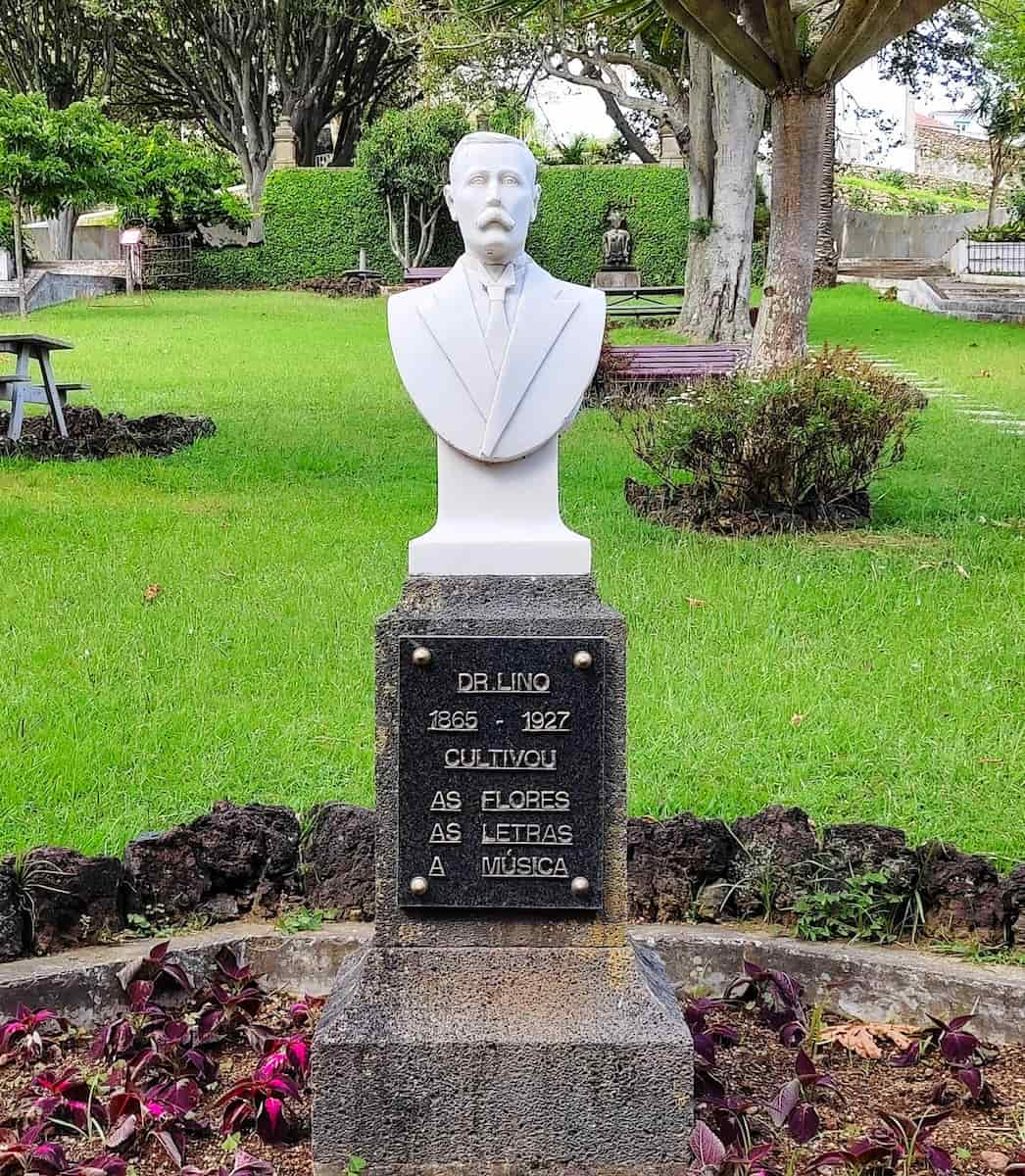
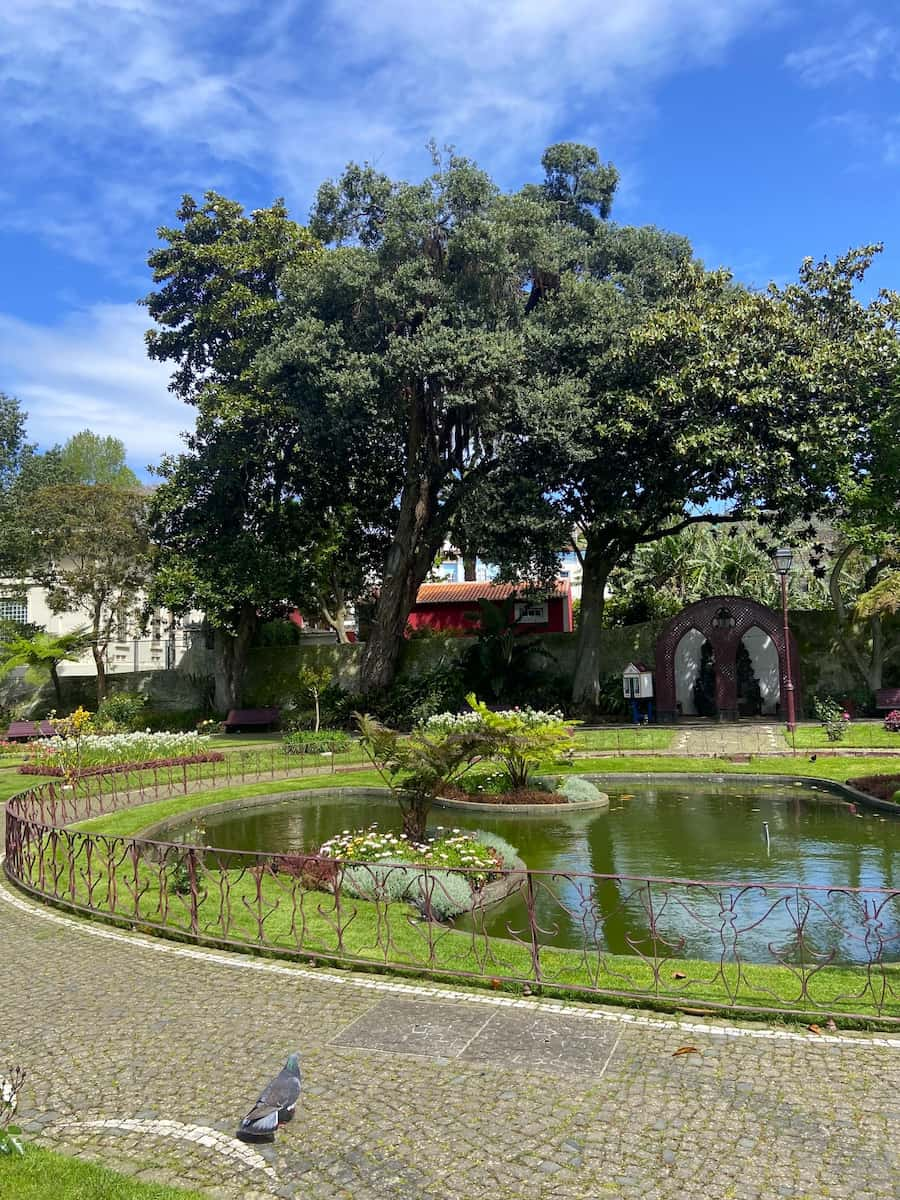

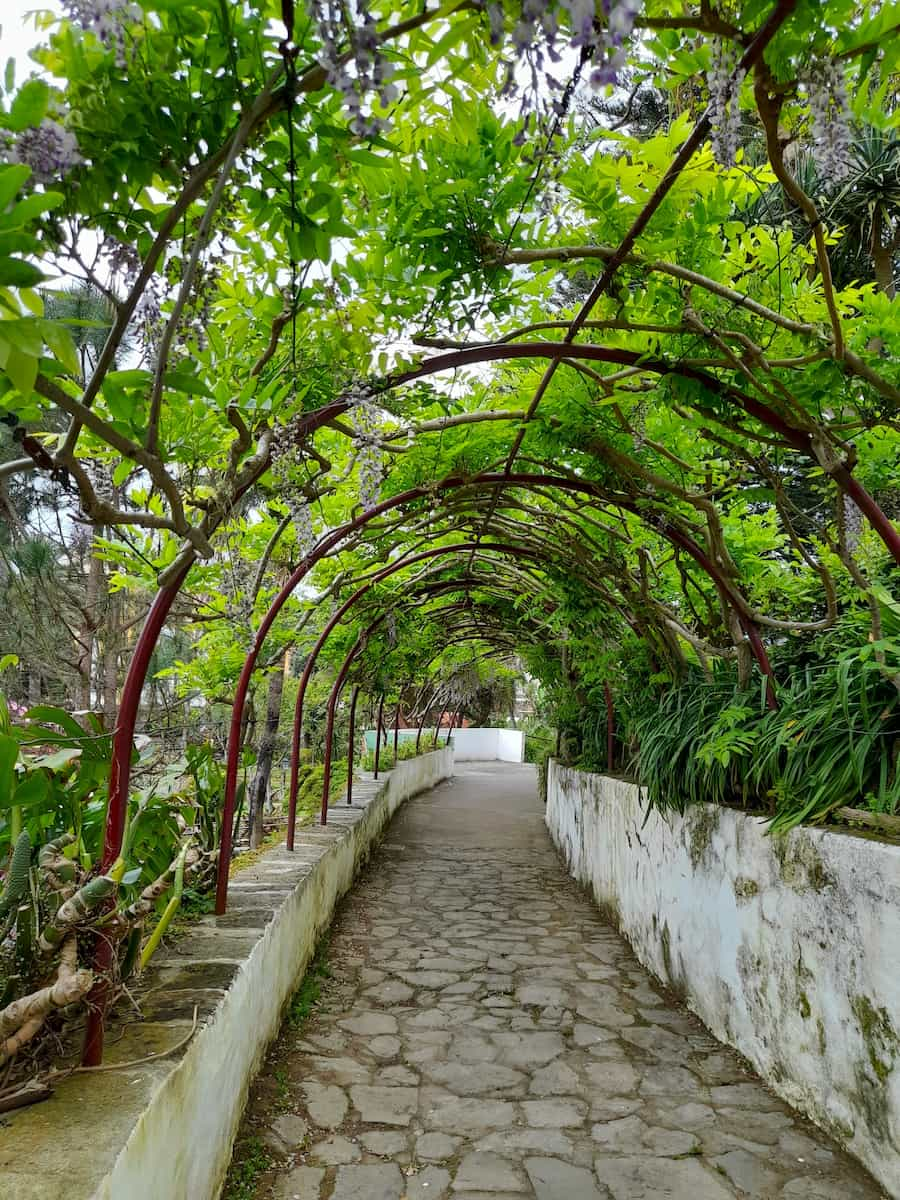
Historic monuments. Throughout the garden, I encountered statues and monuments commemorating important figures in Terceira’s history. The centerpiece is the tribute to the Duke of Terceira himself, whose military victories helped secure Portugal’s liberal constitution in the 1830s.
Practical details. Entry to the garden is completely free, and it’s open daily from 8:00 AM until sunset. The tea house operates from 10:00 AM to 6:00 PM (closed Mondays). I found mid-morning to be the perfect time to visit – after the gardeners have finished their morning work but before the lunch crowds arrive.
- Garden features to explore:
- Ornamental lake with ducks and water lilies
- Bandstand used for summer concerts
- Historic pink gazebo tea house
- Exotic tree collection with identification plaques
- Children’s playground area
⭐ Best Activities
- Angra do Heroismo Walking Tour with Local Pastry and Coffee – Combine history and gastronomy on this walking tour of Angra do Heroismo that includes a stop for traditional Azorean pastries and coffee. Explore the UNESCO-listed city center while learning about its rich cultural heritage and maritime importance.
9. Praia da Vitória
Beach surprise. I didn’t expect to find such a beautiful sandy beach on a volcanic island, but Praia da Vitória proved me wrong. This expansive bay on Terceira’s eastern coast features nearly a kilometer of golden sand, protected by a large seawall that creates calm swimming conditions.
Charming town. Beyond the beach, I explored the town of Praia da Vitória with its pedestrian shopping streets, historic churches, and lively central square. The town offers a more relaxed alternative to Angra, with plenty of cafés where locals gather to watch the world go by.
Water activities. I rented a stand-up paddleboard for €15 per hour from the water sports center at the northern end of the beach. They also offer kayaks (€12/hour), surf lessons (€40 for a 2-hour beginner session), and windsurfing equipment for more experienced visitors.
Culinary delights. The beachfront restaurants serve excellent seafood at reasonable prices. I particularly enjoyed Beira Mar, where a complete meal of fresh fish, potatoes, salad and local wine cost me €18. Their specialty is lapas (limpets) grilled with garlic butter and a squeeze of lemon (€9).
Military connection. The nearby Lajes Air Base has brought an international flavor to Praia. I noticed several restaurants and bars catering to American personnel, offering everything from authentic burgers to craft beers – an unexpected twist to this Azorean town.
- Beach amenities at Praia da Vitória:
- Lifeguards (June through September)
- Public showers and changing rooms
- Beach chair and umbrella rentals (€5/day)
- Accessible wooden walkways
- Children’s play area
- Beachfront cafés and restaurants
⭐ Best Activities
- Terceira Island: Segway Tour Praia da Vitoria – Discover the charming coastal town of Praia da Vitoria on this fun and eco-friendly Segway tour. Glide along the waterfront promenade and through the historic center while learning about this important Azorean port town.
10. Whale Watching Tours
Marine encounters. My whale watching expedition from Terceira ranks among my top wildlife experiences ever. Within an hour of leaving port, our guide spotted sperm whales, and we watched in awe as their massive tails disappeared beneath the waves during deep dives.
Dolphin delight. While whales were the headline attraction, the playful pods of common dolphins that surrounded our boat stole the show. Dozens of them raced alongside us, jumping and spinning in what seemed like a choreographed performance just for our small group.
Tour options. I chose Azores Whale Watching Terra Azul, paying €65 for a three-hour excursion. Several companies operate from the marina in Angra do Heroísmo, with prices ranging from €55-75 depending on tour length and season. Booking at least a day in advance is essential during summer months.
Seasickness reality. Despite the relatively calm waters around Terceira, about a third of our group experienced some queasiness. I took motion sickness medication an hour before departure and was fine. Most tour operators provide ginger candies and wristbands, but coming prepared is smarter.
Responsible tourism. I appreciated our guide’s emphasis on responsible wildlife viewing. Our boat maintained proper distances from the whales, never chasing or harassing them. The company donates a percentage of each ticket to marine conservation efforts in the Azores.
⭐ Best Tours
- Cetacean Watching – Set sail from Terceira on an unforgettable marine wildlife adventure to spot whales, dolphins, and other cetaceans in their natural habitat. Learn about these magnificent creatures from expert marine biologists while enjoying the beautiful Azorean coastline.
- Terceira: Half-Day Dolphin and Whale Watching Tour – Experience the thrill of observing dolphins and whales in the wild on this half-day boat tour from Terceira. Spot various marine species while learning about their behavior and conservation from knowledgeable guides.
11. Furnas do Enxofre
Volcanic activity. Walking the wooden boardwalk through Furnas do Enxofre, I witnessed Terceira’s volcanic heart still beating. These sulfur fumaroles release steam and gases from vents in the ground, creating an otherworldly landscape of bubbling mud pools and crystalline deposits.
Sensory experience. The distinctive rotten-egg smell of hydrogen sulfide hit me immediately, but I quickly adjusted to it. The real sensory delight was feeling the heat radiating from the ground and hearing the constant hissing and bubbling of the fumaroles – nature’s own pressure cookers.
Educational value. The small interpretation center (free entry) at the entrance provided fascinating context about Terceira’s volcanic origins. Interactive displays explain how the fumaroles work and their connection to the island’s larger volcanic system.
Accessibility. I appreciated how the 300-meter wooden boardwalk makes this geological wonder accessible to almost everyone. The path is well-maintained and mostly flat, with several viewing platforms strategically placed for the best observation points of different fumarole areas.
Visitor tips. Entry is completely free, and the site is open daily from sunrise to sunset. I visited mid-morning on a weekday and had the place almost to myself. The area has no shade, so bringing sun protection is essential, as is proper footwear – the boardwalk can be slippery when wet.
- Combining Furnas do Enxofre with nearby attractions:
- Algar do Carvão (10-minute drive)
- Gruta do Natal (12-minute drive)
- Serra do Cume viewpoint (15-minute drive)
- Guilherme Moniz Caldera hiking trails
- Local cheese farms in the central region
⭐ Best Activities
- Volcano Tour – Explore Terceira’s volcanic wonders on this comprehensive tour of the island’s most impressive geological features. Visit lava tubes, calderas, and other volcanic formations while learning about the forces that shaped this Azorean island.
12. Duke Of Terceira Garden
Historical significance. Walking through Duke of Terceira Garden felt like stepping into Terceira’s aristocratic past. This elegant space honors António José de Sousa Manuel de Menezes Severim de Noronha, the Duke who played a crucial role in Portugal’s Liberal Wars and whose title references this very island.
Garden design. I was charmed by the garden’s formal layout with geometric flowerbeds, manicured hedges, and symmetrical pathways. The centerpiece fountain creates a soothing soundtrack that helped me forget I was in the middle of Angra’s urban environment.
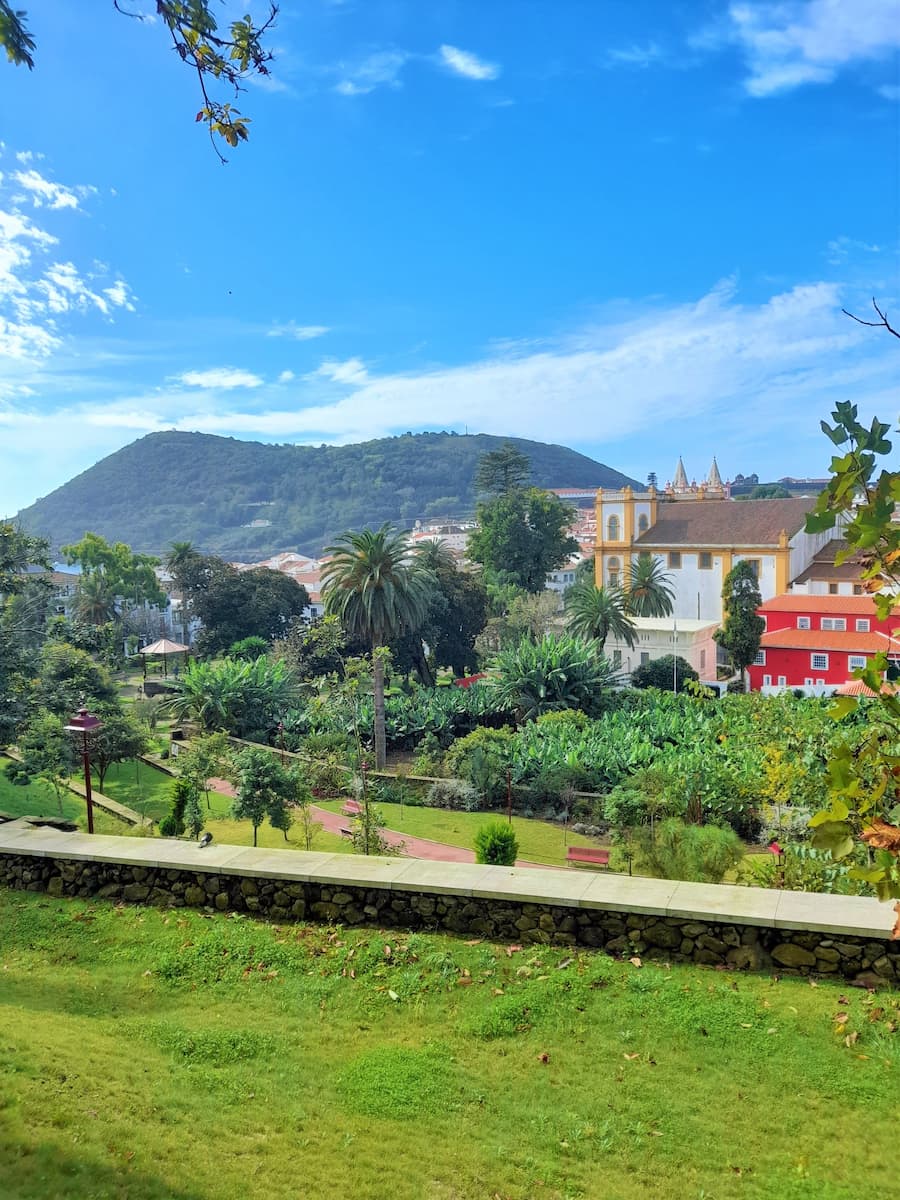

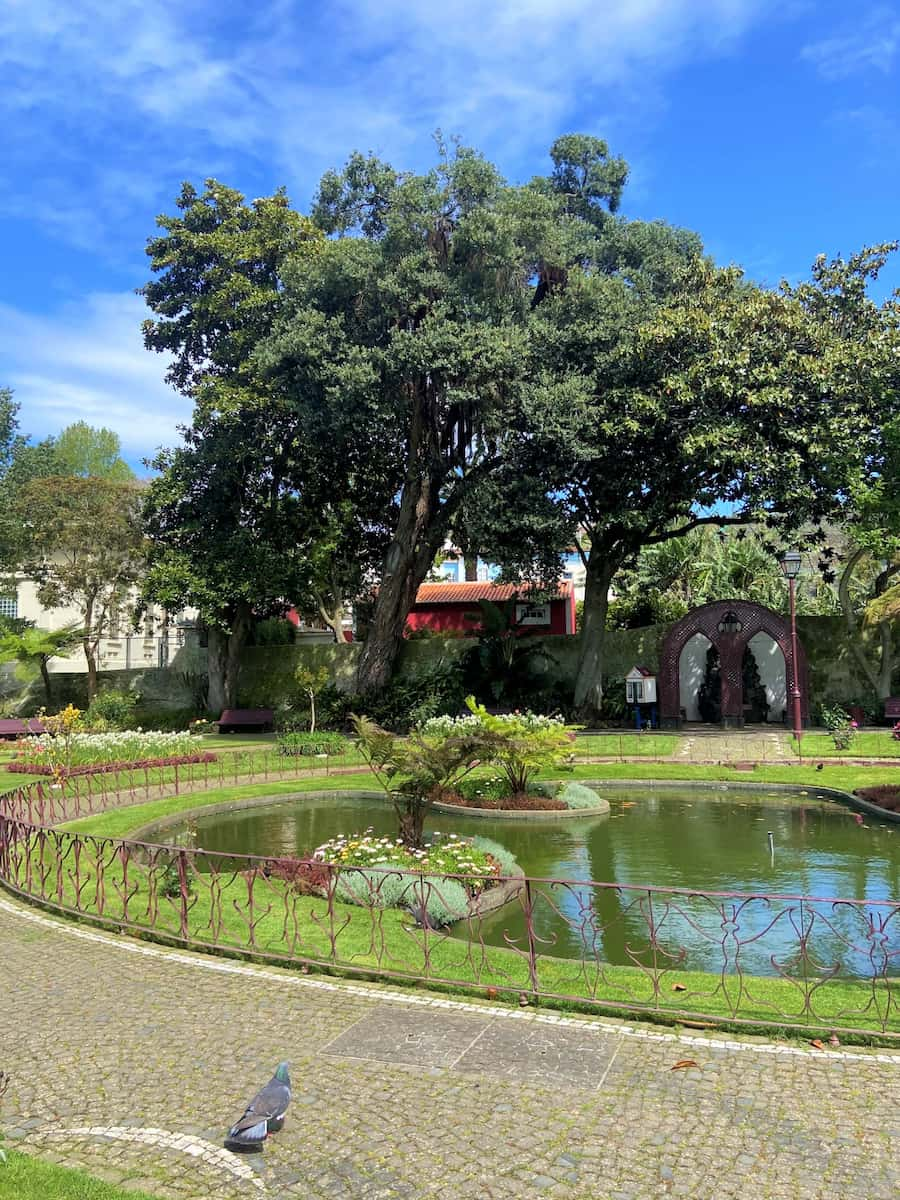

Tea time tradition. The garden’s iconic pink gazebo houses a delightful tea house where I savored local Gorreana tea (€2.50) and traditional Azorean pastries like Dona Amélia cake (€2). The outdoor terrace provides perfect people-watching opportunities in a refined setting.
Cultural hub. During my visit, I was lucky to catch an impromptu performance by local musicians in the garden’s bandstand. I learned that throughout summer, the garden hosts regular concerts, poetry readings, and cultural events – most completely free to attend.
Practical information. Entry to the garden costs nothing, and it’s open daily from 8:00 AM until sunset. The tea house operates from 10:00 AM to 6:00 PM (closed Mondays). I found mid-morning to be ideal – after the gardeners finished their work but before the lunch crowds arrived.
- Garden highlights not to miss:
- Historic pink gazebo tea house
- Ornamental lake with water lilies
- Exotic tree collection with identification plaques
- Bandstand used for summer concerts
- Duke of Terceira monument
⭐ Best Activities
- Angra do Heroismo City Tour – Discover the highlights of Angra do Heroismo on this comprehensive city tour that showcases why this historic port earned UNESCO World Heritage status. Visit key landmarks, historic buildings, and scenic viewpoints with an expert local guide.
13. Facho Viewpoint
Panoramic perfection. Climbing the short but steep path to Facho Viewpoint rewarded me with one of Terceira’s most spectacular panoramas. From this strategic hilltop, I could see Angra do Heroísmo, Monte Brasil, and miles of dramatic coastline stretching in both directions.
Historical significance. This site once served as a signal point where fires (fachos) would be lit to warn the island of approaching ships – both friendly and hostile. The remnants of the old signal tower still stand, connecting visitors to Terceira’s maritime past.
Photography paradise. I visited during golden hour as the setting sun bathed Angra in warm light, creating perfect conditions for photography. The viewpoint offers unobstructed 180-degree views, making it ideal for landscape shots and city panoramas.
Hiking option. While most visitors drive directly to the viewpoint, I chose the more rewarding 30-minute hike from Angra. The trail is moderately steep but well-marked, passing through forests and farmland before emerging at the summit with those breathtaking views.
Local tip. Unlike more developed viewpoints, Facho has no facilities or guardrails. I brought my own water and snacks to enjoy while watching the sunset. The area can be windy, so a light jacket came in handy despite the warm day.
- What to see from Facho Viewpoint:
- Angra do Heroísmo’s historic center
- Monte Brasil peninsula
- Ilhéus das Cabras (twin islets)
- Port of Angra
- Surrounding countryside and coastline
⭐ Best Activities
- Private Terceira Island Half-Day: Enchanted Bays & Tasting – Enjoy a personalized experience exploring Terceira’s most beautiful coastal bays on this private half-day tour. Sample local Azorean specialties while taking in breathtaking ocean views and hidden gems away from the tourist crowds.
14. Memória a D. Pedro IV
Royal connection. Standing before the Memória a D. Pedro IV monument, I felt connected to a pivotal moment in Portuguese history. This obelisk commemorates the landing of King Pedro IV (also known as Emperor Pedro I of Brazil) in 1832, launching the liberal campaign that would transform Portugal.
Architectural details. I was impressed by the monument’s elegant simplicity – a tall stone obelisk rising from a stepped base, adorned with royal insignia and commemorative inscriptions. Though not as flashy as some European monuments, its dignified presence speaks to its historical importance.
Scenic location. The monument occupies a prime spot along Angra’s waterfront promenade, with Monte Brasil forming a dramatic backdrop. I found the location perfect for a contemplative moment, watching fishing boats return to harbor while reflecting on the island’s role in Portuguese history.
Local significance. Chatting with an elderly local sitting nearby, I learned how deeply Terceirans still connect with this liberal heritage. The island proudly calls itself “The Always Loyal” for its steadfast support of constitutional monarchy against absolutist forces in the 19th century.
Visitor experience. Unlike museums with entry fees and opening hours, this monument is freely accessible 24/7. I visited around sunset when the golden light made the stone glow warmly. The area around the monument includes benches and a small garden, perfect for a short rest during city explorations.
- Nearby attractions to combine with Memória a D. Pedro IV:
- Angra’s marina and waterfront
- São Sebastião Fort (5-minute walk)
- Alto da Memória garden (10-minute walk)
- Praça Velha historic square (15-minute walk)
- Angra Cathedral (15-minute walk)
15. Parque Municipal do Relvão
Urban retreat. Parque Municipal do Relvão offered me a welcome escape from sightseeing, with sprawling green lawns, mature trees, and well-maintained flower beds. This large public park sits just outside Angra’s historic center, providing locals and visitors alike with space for recreation and relaxation.
Family paradise. I was impressed by the park’s excellent children’s playground, which was clearly designed with different age groups in mind. Nearby, families enjoyed picnics on the grass while teenagers played basketball and football in the dedicated sports areas.
Fitness options. The park features a well-maintained fitness circuit with various exercise stations. I joined locals for a morning workout, following the 1.2km jogging path that loops through different sections of the park, offering changing scenery with each lap.
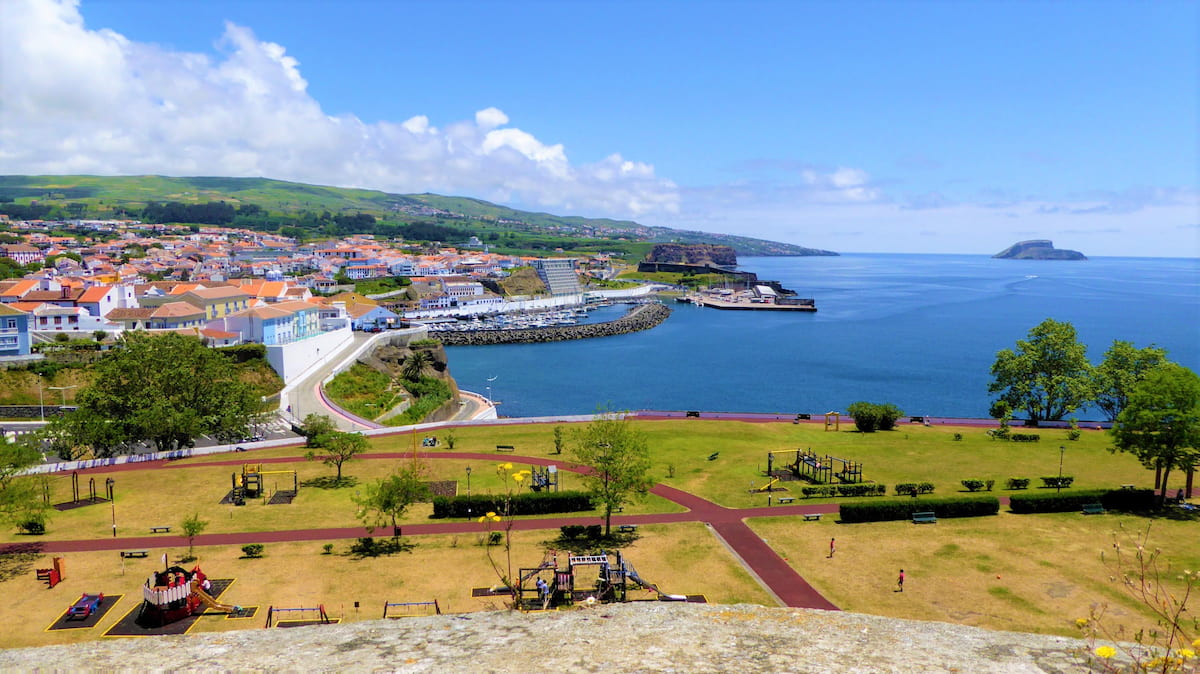
Event space. During my visit, workers were setting up for a weekend music festival. A local explained that Relvão hosts many of Terceira’s largest public events, from summer concerts to traditional festivals and sports competitions throughout the year.
Practical amenities. I appreciated the park’s clean public restrooms, water fountains, and several café kiosks selling snacks and drinks at reasonable prices (coffee €0.80, ice cream €1.50). Plenty of benches and shaded areas make it perfect for a mid-day break from sightseeing.
- Park features to enjoy:
- Modern children’s playground
- Sports fields and courts
- Jogging and walking paths
- Outdoor fitness equipment
- Picnic areas with tables
- Performance amphitheater
Things to Do in Terceira with Kids
1. Donkey Farm (Asinus Atlanticus)
Animal sanctuary. Asinus Atlanticus surprised me as one of Terceira’s most heartwarming attractions. This donkey sanctuary rescues and rehabilitates these gentle creatures that once served as the island’s primary transportation. Located in the rural interior near Terra Chã, the farm currently houses about 20 donkeys in spacious, natural surroundings.
Educational experience. I learned that Azorean donkeys represent a unique breed adapted to the islands’ volcanic terrain. My guide Maria explained how these animals played a crucial role in Terceira’s agricultural history before becoming nearly extinct as modernization arrived. The sanctuary now works to preserve this living heritage.
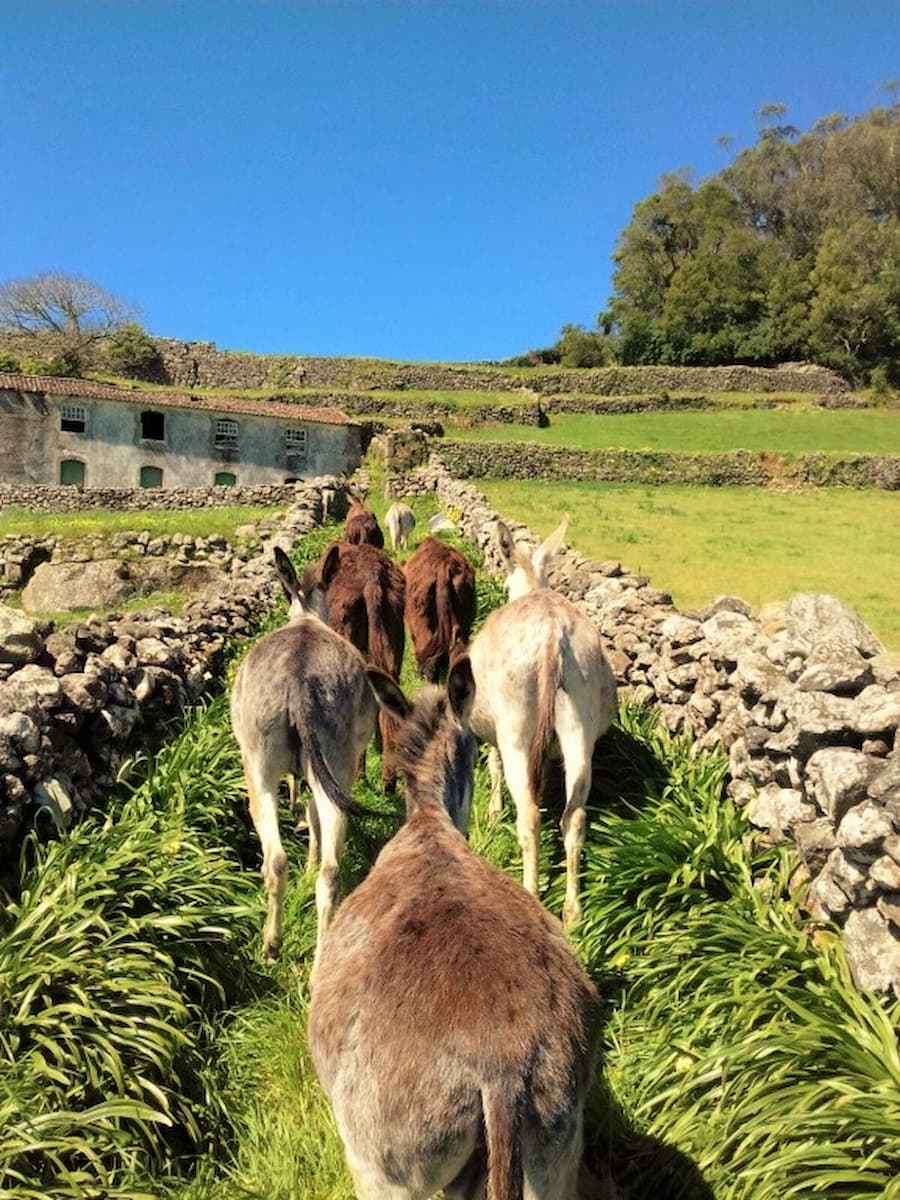
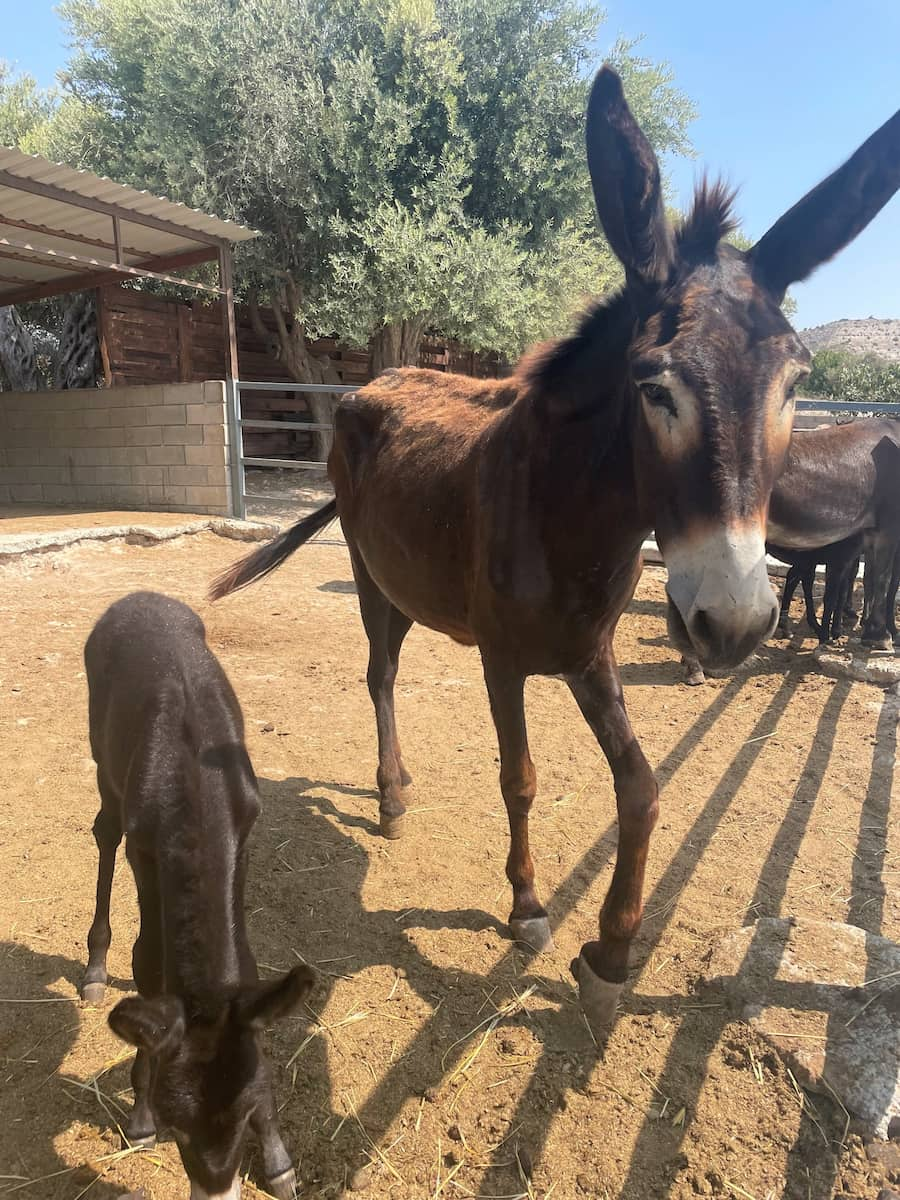
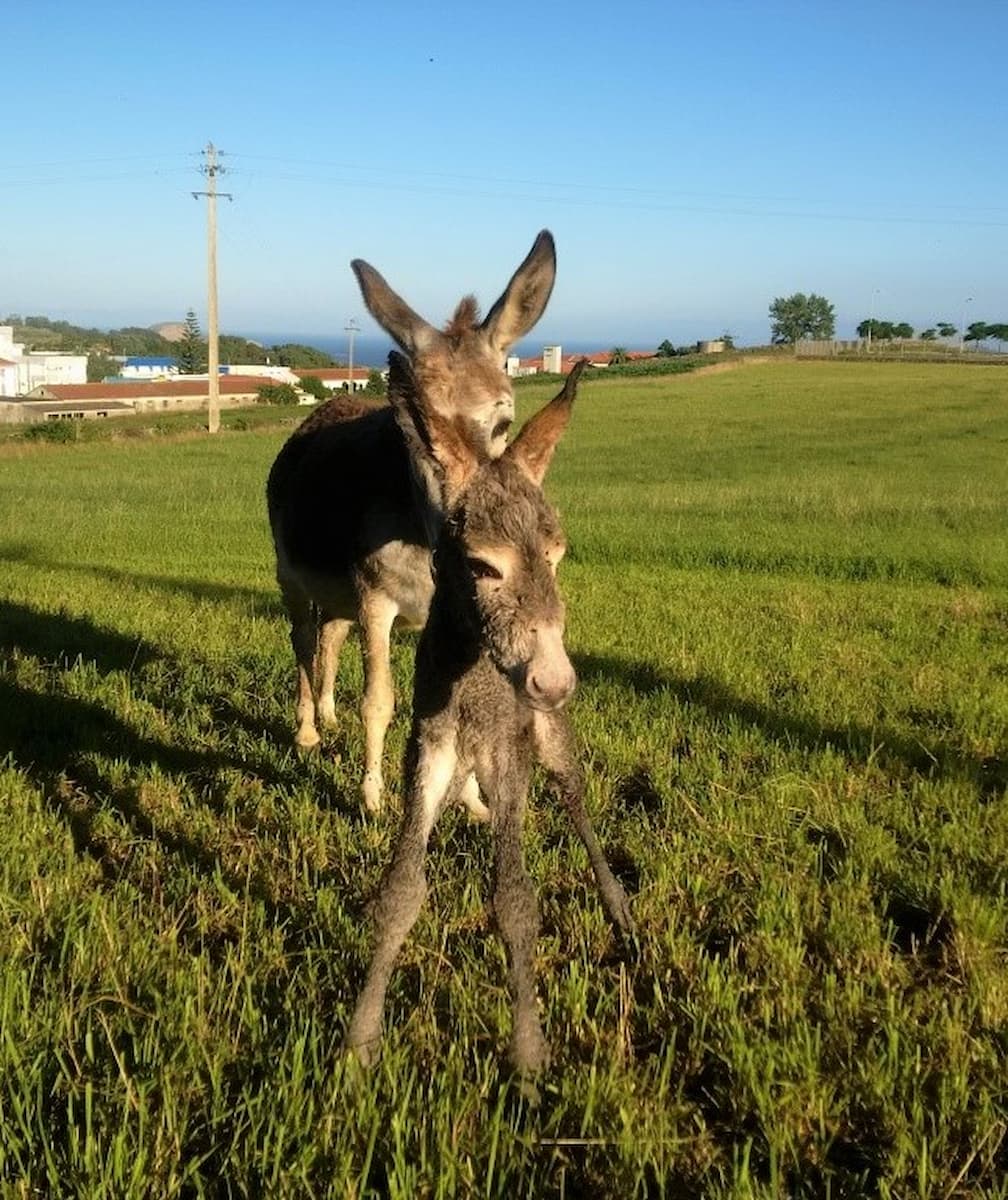
Conservation mission. What impressed me most was the sanctuary’s commitment to education rather than exploitation. The staff clearly prioritize the animals’ wellbeing while using tourism to fund their conservation efforts. A small gift shop sells donkey-themed crafts made by local artisans, with proceeds supporting the sanctuary.
Family friendly. Children absolutely adore this place, making it perfect for families. The sanctuary offers special “Donkey Friend” programs where kids can adopt and visit a specific donkey throughout the year. My guide mentioned these programs often create lasting connections between urban children and rural heritage.
- Visitor information for Asinus Atlanticus:
- Open Wednesday-Sunday, 10:00 AM to 5:00 PM
- Located 10 minutes from Angra (follow signs from Terra Chã)
- Suitable for all ages and abilities
- Wear closed shoes (it’s a working farm!)
2. Lagoa das Patas (Picnic, Ducks, Birds)
Natural serenity. Lagoa das Patas (Duck Pond) offered me a peaceful retreat just 15 minutes from Angra’s busy center. This small freshwater lake nestled in a volcanic depression creates a microclimate that attracts diverse birdlife and provides a perfect picnic spot for nature lovers.
Birdwatching paradise. I counted at least 12 different bird species during my visit, from resident mallard ducks and moorhens to migratory birds using the lake as a stopover. A local birdwatcher I met pointed out Azorean buzzards circling overhead – apparently quite rare to spot so close to populated areas.

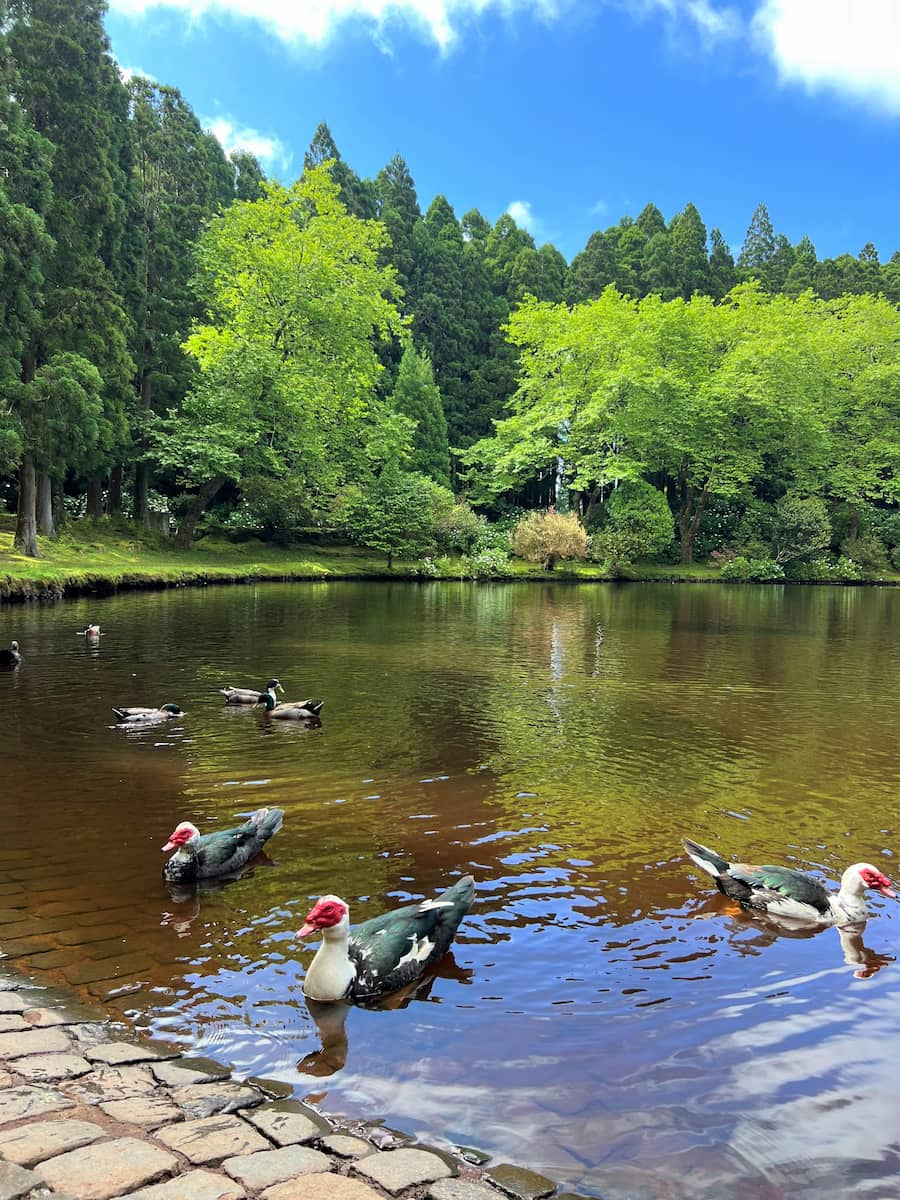
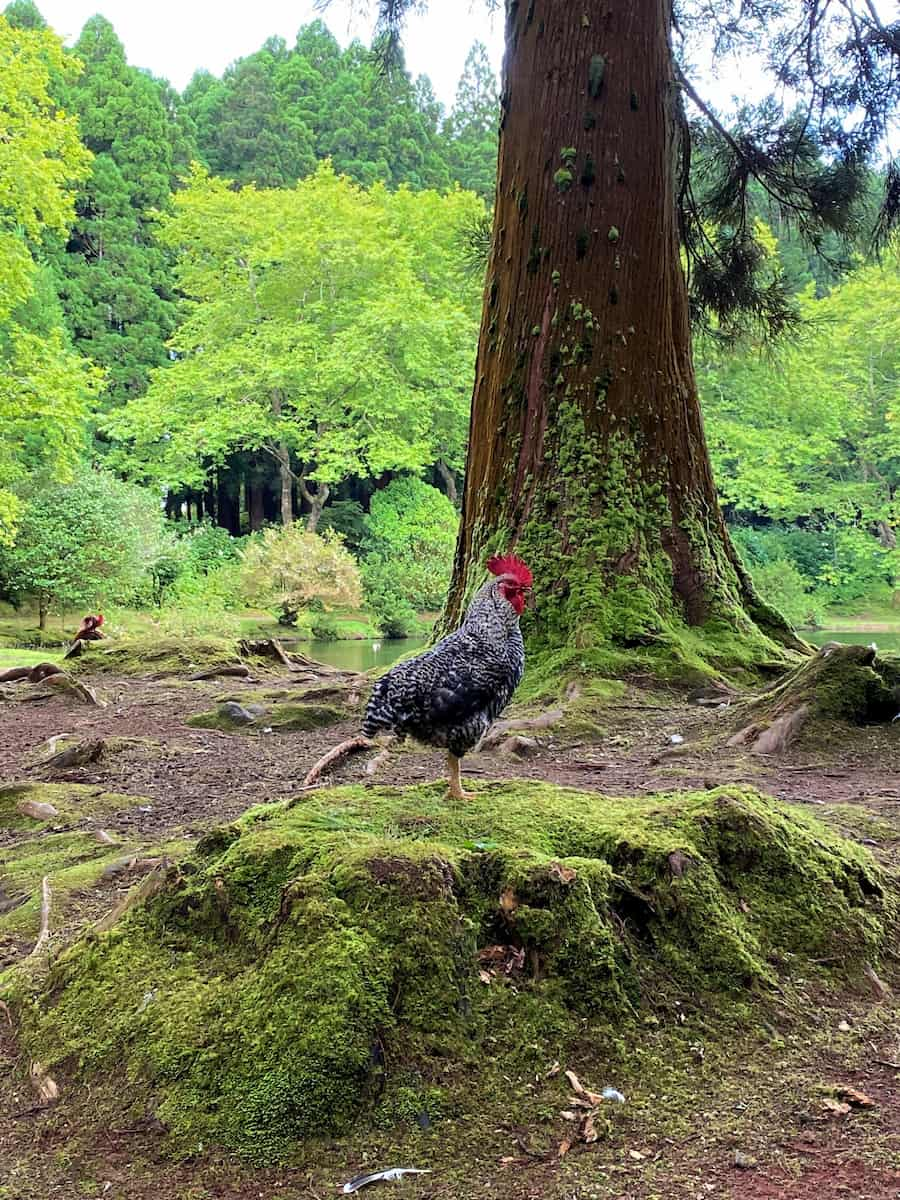
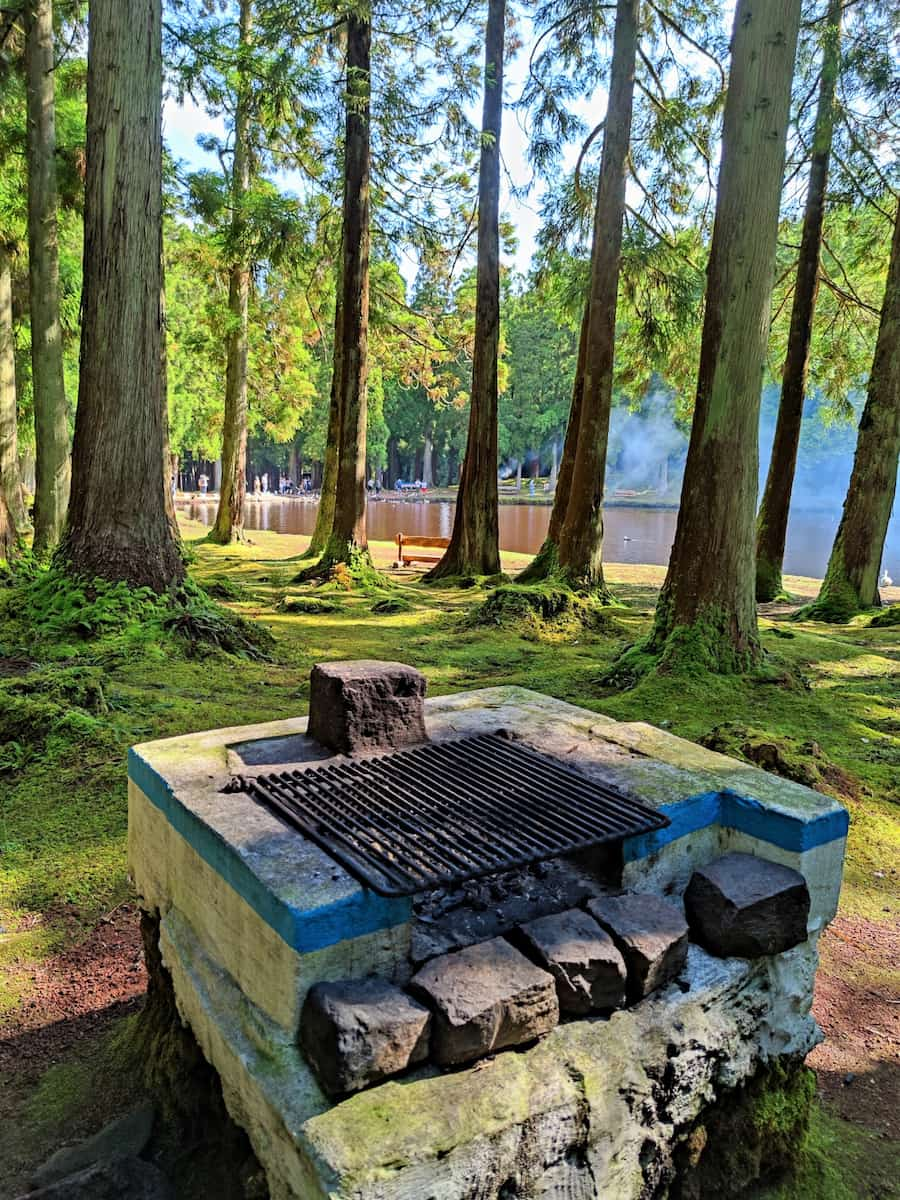

Family activities. The well-maintained grounds around the lake include several covered picnic areas with built-in grills (free to use, bring your own charcoal). I watched families enjoying afternoon barbecues while children fed the ducks with proper bird feed available from dispensers (€1 for a generous handful).
Walking trails. I particularly enjoyed the 2km nature trail circling the lake, which takes about 30 minutes at a leisurely pace. Informational signs along the path identify native plants and explain the lake’s volcanic formation, adding an educational element to the beautiful surroundings.
Accessibility. Unlike some of Terceira’s more rugged attractions, Lagoa das Patas is accessible to almost everyone. The main pathways are paved and relatively flat, with plenty of benches for resting. The picnic areas include tables designed to accommodate wheelchairs – a thoughtful touch I rarely see at natural attractions.
- Best times to visit Lagoa das Patas:
- Early morning for active birdlife
- Weekday afternoons for peaceful picnics
- Sunset for beautiful reflections on the water
- After rainfall for lush surroundings
- Spring for wildflowers around the lake edges
3. Lajes Airbase Plane Spotting
Aviation history. Lajes Airbase has played a pivotal role in transatlantic aviation since World War II, and I discovered that plane enthusiasts can enjoy excellent spotting opportunities without any special permissions. This joint Portuguese-American military facility still handles both military and civilian aircraft.
Prime locations. I found two perfect spotting locations: the official viewing area near the terminal building and my favorite – a hillside spot along the EN1-1A road offering panoramic views of the entire runway. From here, I watched C-17 transport planes practicing touch-and-go landings – an impressive sight against the Atlantic backdrop.
Photography tips. The afternoon light proved ideal for photography, with the sun behind me illuminating arriving aircraft. I used my 200mm lens for most shots, though even smartphone cameras captured decent images from the designated viewing areas. Just be respectful of posted signs and never fly drones anywhere near the base.
Military heritage. A small but fascinating museum near the passenger terminal displays artifacts from the base’s history, including WWII memorabilia and photographs of famous visitors like Winston Churchill. Entry is free, though opening hours are limited (Tuesday-Thursday, 10:00 AM to 3:00 PM).
Local connection. I chatted with an elderly local who recalled the base’s heyday during the Cold War when thousands of American personnel were stationed here. Today, the military presence is much smaller, but the base remains an important emergency landing facility for transatlantic flights.
- Aircraft you might spot at Lajes:
- SATA/Azores Airlines commercial flights
- TAP Portugal connections to Lisbon
- US Air Force transport planes (C-17, C-130)
- NATO surveillance aircraft
- Portuguese Air Force training planes
- Emergency diverted commercial flights
4. Petting Zoo Terceira
Animal encounters. Quinta Pedagógica da Terceira (often simply called “the petting zoo”) delighted me with its diverse collection of farm animals and child-friendly approach. Located near São Sebastião, this educational farm allows visitors to interact with animals in a respectful, supervised environment.
Local breeds. I was particularly interested in seeing Azorean-specific livestock breeds, including the distinctive reddish Ramo Grande cattle unique to Terceira. The farm staff explained how these hardy animals adapted to island conditions over centuries and their importance to local agriculture and cultural traditions.
Hands-on learning. For just €4 per person (children under 6 free), visitors can join guided feeding sessions held three times daily. I participated in the afternoon session, helping distribute food to rabbits, goats, and miniature ponies. The staff provided fascinating context about each species’ care requirements and natural behaviors.
Beyond animals. The facility also showcases traditional farming methods, with demonstrations of cheese-making on weekends (additional €3 to participate). A small garden area displays crops historically important to Terceira, from sweet potatoes to the tea plants that once formed a significant island industry.
Practical details. The petting zoo operates Wednesday through Sunday from 10:00 AM to 5:00 PM, with guided feeding sessions at 11:00 AM, 2:00 PM, and 4:00 PM. I recommend arriving 15 minutes before a feeding session to maximize your experience and wear closed shoes suitable for a farm environment.
- Animals you’ll meet at the petting zoo:
- Ramo Grande cattle (Terceira’s native breed)
- Azores ponies
- Portuguese water dogs
- Domestic rabbits and guinea pigs
- Various poultry species
- Friendly goats and sheep
5. Cat Sanctuary Monte Brasil (Picnic Area)
Feline paradise. Halfway up Monte Brasil, I stumbled upon one of Terceira’s most heartwarming surprises – a thriving cat sanctuary where dozens of rescued felines roam freely in a forested setting. This community-supported haven occupies a clearing equipped with shelters, feeding stations, and plenty of climbing structures.
Volunteer spirit. I learned the sanctuary operates entirely through volunteer efforts and donations. A local woman named Margarida arrives daily at 4:00 PM to feed the cats and check on their wellbeing. She welcomed me to join her routine, explaining how the sanctuary began as a response to Terceira’s stray cat population.
Visitor experience. Unlike formal attractions, the cat sanctuary has no entry fee or opening hours. I simply parked in the designated Monte Brasil picnic area and followed the signs. Many cats were initially shy, but patience rewarded me with several friendly interactions. Bringing cat treats (available from dispensers on-site for €1) definitely helped break the ice!
Perfect picnic spot. The sanctuary shares space with one of Monte Brasil’s nicest picnic areas, complete with stone tables, built-in barbecue pits, and stunning ocean views. I enjoyed my packed lunch while watching cats lounge in patches of sunlight – a uniquely peaceful experience combining nature and animal therapy.
Supporting the cause. Near the main feeding area, I found a small donation box where visitors can contribute to veterinary care and food costs. Even a few euros help maintain this special place, and I happily contributed to such a worthy grassroots effort.
- Tips for visiting the cat sanctuary:
- Visit around 4:00 PM to see feeding time
- Approach cats gently and let them come to you
- Bring a picnic to enjoy in the designated area
- Consider a small donation to support their work
- Take photos but avoid using flash
- Never leave food outside designated feeding areas
Free Things to Do in Terceira
1. Walk Rua Direita in Angra
Historic immersion. Strolling down Rua Direita (Straight Street) transported me through Angra’s rich past. This pedestrianized thoroughfare has served as the city’s commercial heart since the 16th century, when Terceira was a crucial stopover for ships crossing the Atlantic.
Architectural showcase. I marveled at the street’s perfectly preserved buildings, their facades painted in traditional Azorean colors – ochre, blue, and white. Many feature ornate balconies and distinctive corner stonework that my guidebook identified as Portuguese Manueline style, dating back to the Age of Discovery.

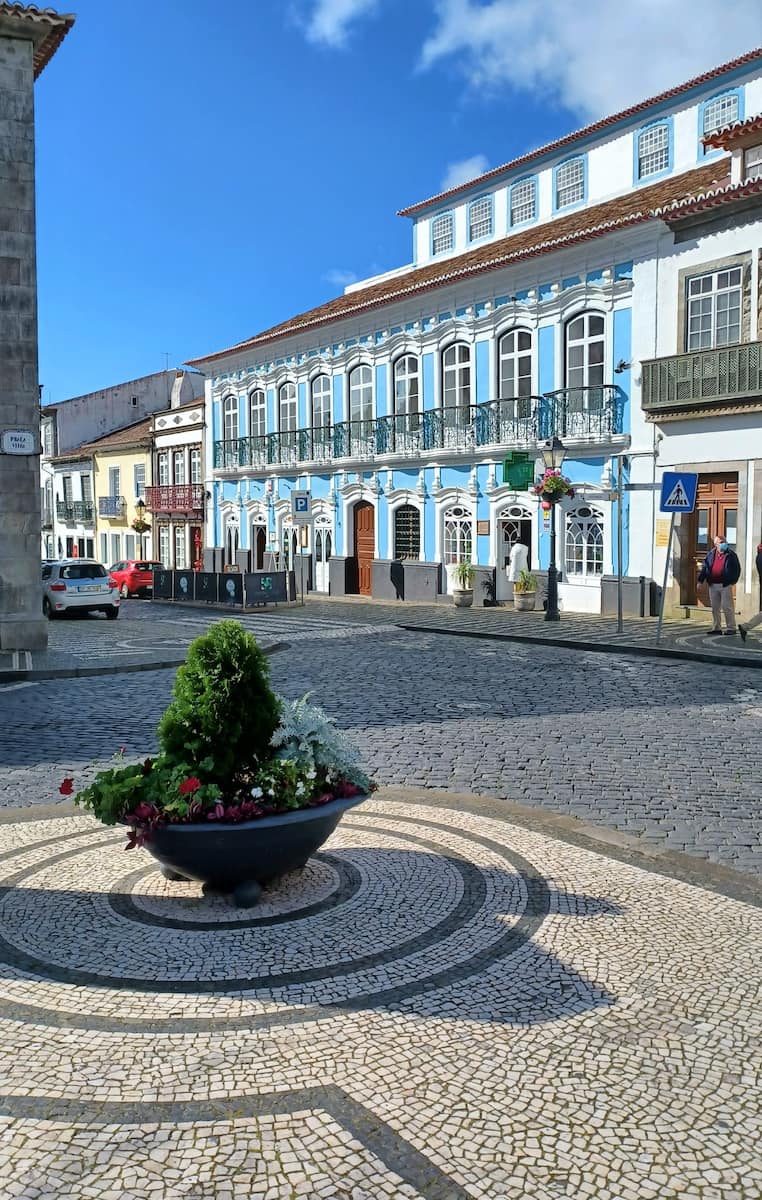
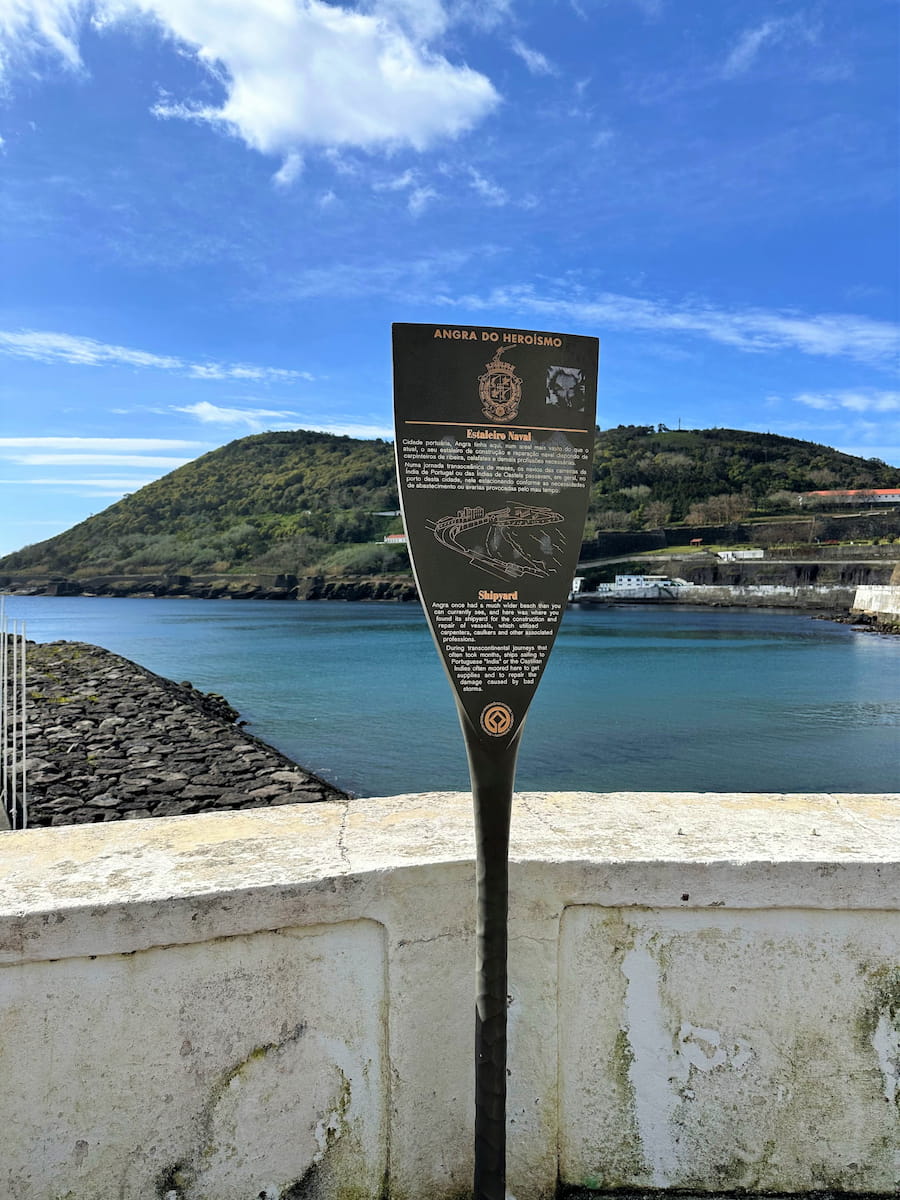
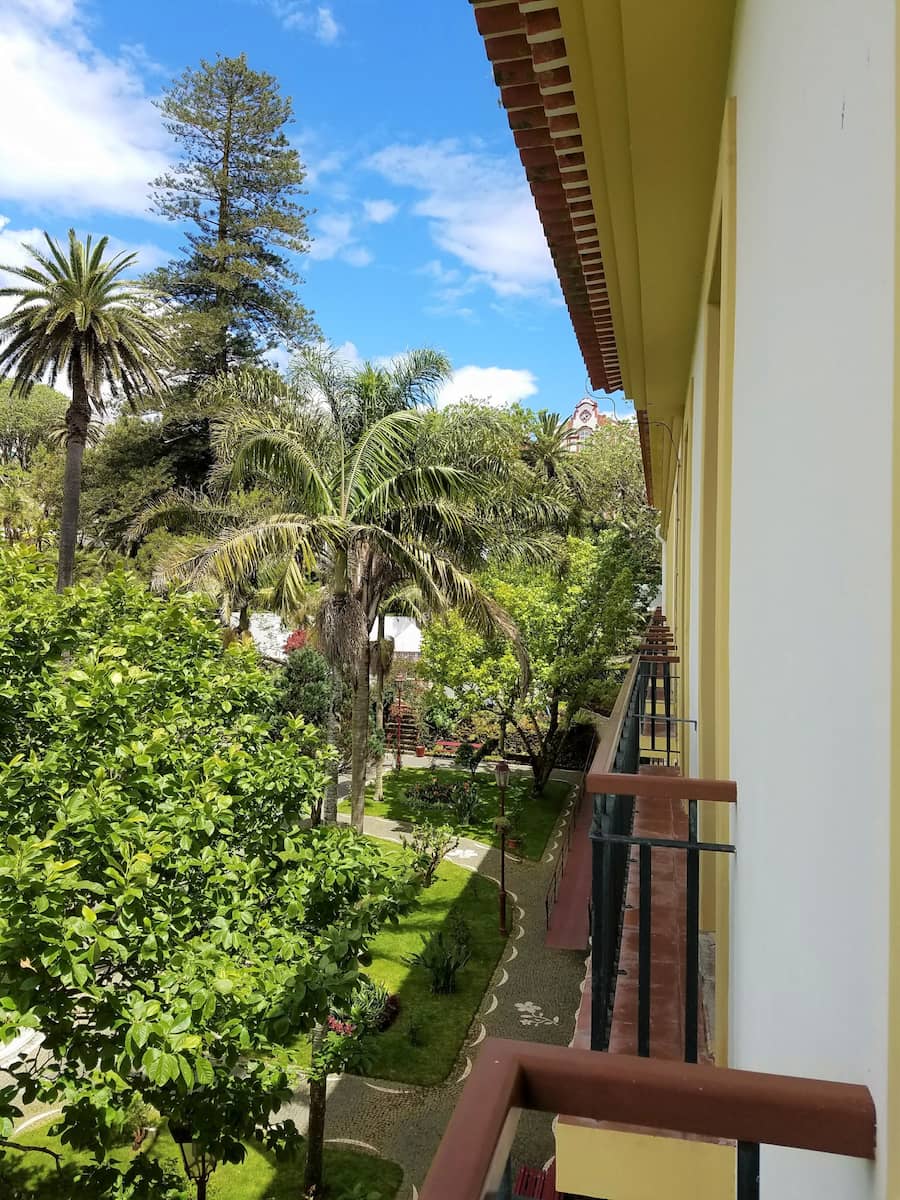
Shopping experience. Unlike many historic districts that have surrendered to tourist shops, Rua Direita maintains its authentic character with local businesses. I browsed family-owned bakeries selling Dona Amélia cakes (€1.50), traditional craft shops offering hand-embroidered linens, and stylish boutiques featuring Azorean designers.
Cultural landmarks. Halfway along the street, I discovered Igreja da Misericórdia, a 17th-century church with a stunning blue and white exterior. The doors were open, revealing an interior rich with gilded woodwork and azulejo tiles. A local explained that many buildings here survived the devastating 1980 earthquake thanks to traditional construction methods.
Local rhythm. What I enjoyed most was simply observing daily Terceira life unfold – elderly gentlemen playing cards at café tables, shopkeepers chatting with regular customers, and the evening passeio tradition where families promenade before dinner. This living heritage costs nothing but offers priceless cultural insights.
- Don’t miss on Rua Direita:
- O Forno bakery for traditional pastries
- Igreja da Misericórdia church (free entry)
- Praça Velha square at the western end
- Traditional craft shops for authentic souvenirs
- Local cafés for people-watching
2. Visit Impérios Chapels
Colorful discoveries. Exploring Terceira’s unique Impérios (Holy Spirit chapels) became my favorite free activity on the island. These small, vibrantly painted buildings – often resembling elaborate dollhouses – dot the countryside and villages, serving as physical manifestations of Terceira’s devotion to the Holy Spirit.
Cultural significance. I learned that these chapels represent a tradition dating back to the island’s earliest settlement. Each império belongs to a local brotherhood that organizes annual festivals (typically between May and September) featuring processions, communal meals, and charity work – a tradition Queen Isabel introduced in the 13th century.
Architectural variety. No two impérios are identical. In Biscoitos, I admired a blue and white chapel with elaborate stonework, while São Sebastião’s império featured a striking red facade with ornate decorative elements. Each reflects the personality and history of its community through distinctive architectural details.
Festival connection. Though I couldn’t attend a full Holy Spirit festival, I witnessed preparations at the Império dos Quatro Cantos in Angra, where volunteers were decorating the chapel with fresh flowers and preparing bread for distribution. A friendly local explained that during festivals, these modest buildings become centers of community celebration.
Photography opportunities. These colorful chapels make perfect photography subjects, especially against Terceira’s green landscapes or blue skies. I created a personal scavenger hunt to find and photograph as many as possible – I reached 14 before losing count!
- Most photogenic Impérios to visit:
- Império de São Pedro (Angra do Heroísmo)
- Império dos Quatro Cantos (Angra do Heroísmo)
- Império de Santa Bárbara (Santa Bárbara)
- Império de São Sebastião (São Sebastião)
- Império de Biscoitos (Biscoitos)
- Império de Porto Judeu (Porto Judeu)
3. Explore Public Parks & Gardens
Green retreats. Terceira surprised me with its abundance of beautifully maintained public parks and gardens, all completely free to enter. These spaces offer peaceful alternatives to paid attractions and provide insight into the island’s botanical diversity and community life.
Angra’s gems. Beyond the famous Duke of Terceira Garden, I discovered several lesser-known green spaces in Angra. Alto da Memória garden rewarded my uphill walk with panoramic city views and a historic obelisk, while the small but charming Jardim de São Gonçalo offered shady benches perfect for reading or people-watching.
Rural discoveries. Venturing outside the cities, I found Mata da Serreta, a magnificent forest park with picnic facilities, walking trails, and ancient trees. The park includes a small chapel and natural spring where locals collect drinking water in large containers – they insisted I taste its exceptional purity.
Community connection. These parks gave me glimpses into authentic island life that tourist attractions rarely provide. In Parque Municipal do Relvão, I watched elderly men playing intense games of sueca (a Portuguese card game), while families gathered for weekend picnics and teenagers practiced dance routines for upcoming festivals.
Seasonal highlights. My spring visit coincided with spectacular blooms – azaleas, camellias, and the beginning of hydrangea season. A gardener at Jardim Duque da Terceira told me each season brings different displays, from summer’s riot of hydrangeas to autumn’s golden Japanese maples.
- Best public parks to visit on Terceira:
- Parque Municipal do Relvão (Angra)
- Alto da Memória Garden (Angra)
- Mata da Serreta Forest Park
- Jardim de São Gonçalo (Angra)
- Parque das Quatro Estações (Praia da Vitória)
- Jardim da Praça (São Sebastião)
4. Panoramic Views at Miradouros
Viewpoint treasures. Terceira’s network of miradouros (viewpoints) offered me some of the island’s most spectacular experiences without spending a cent. These purpose-built observation points showcase the island’s diverse landscapes from volcanic mountains to dramatic coastlines.
Serra do Cume. While already mentioned as a major attraction, I can’t emphasize enough that Serra do Cume viewpoint costs nothing to visit. Standing at the guardrail watching clouds cast moving shadows across the patchwork fields below ranks among my favorite Terceira memories.

Coastal drama. Miradouro do Raminho on the north coast left me speechless with its sheer cliff views and crashing Atlantic waves. I visited during a brief rain shower and witnessed a perfect rainbow forming over the ocean – a moment no paid attraction could have matched.
Volcanic vistas. The lesser-known Miradouro do Pico das Cruzinhas rewarded my short hike with panoramic views of Terceira’s volcanic interior. Information panels helped me identify distant features including Algar do Carvão and the central mountain range – essentially a free geology lesson with spectacular visuals.
Photography paradise. Each viewpoint offered distinct photographic opportunities. I found Miradouro da Serreta particularly photogenic in late afternoon light, when the sun illuminated the coastline and offshore islets. My smartphone captured impressive images, though I wished for a wide-angle lens to fully capture the expansive views.
- Must-visit miradouros on Terceira:
- Miradouro da Serra do Cume (eastern panorama)
- Miradouro do Raminho (north coast)
- Miradouro da Serreta (western sunset views)
- Miradouro do Facho (Angra and Monte Brasil)
- Miradouro das Quatro Ribeiras (northern coastline)
- Miradouro do Pico das Cruzinhas (volcanic interior)
Seasonal Activities in Terceira
Christmas in Angra do Heroísmo (Lights, Markets)
Festive atmosphere. Angra do Heroísmo transforms into a magical wonderland during the Christmas season. The UNESCO World Heritage city dresses in thousands of twinkling lights, with the historic center becoming particularly enchanting as illuminations adorn the colorful buildings and cobblestone streets. I found the main square, Praça Velha, to be the heart of celebrations with its towering Christmas tree and elaborate light displays.
Market traditions. The Christmas markets in Angra offer a delightful mix of local crafts, seasonal treats, and Azorean specialties. I spent hours browsing stalls selling handmade gifts, from traditional embroidery to volcanic stone carvings. The scent of roasted chestnuts and cinnamon-spiced liqueurs filled the air, creating an irresistible holiday ambiance that warmed even the coolest December evening.
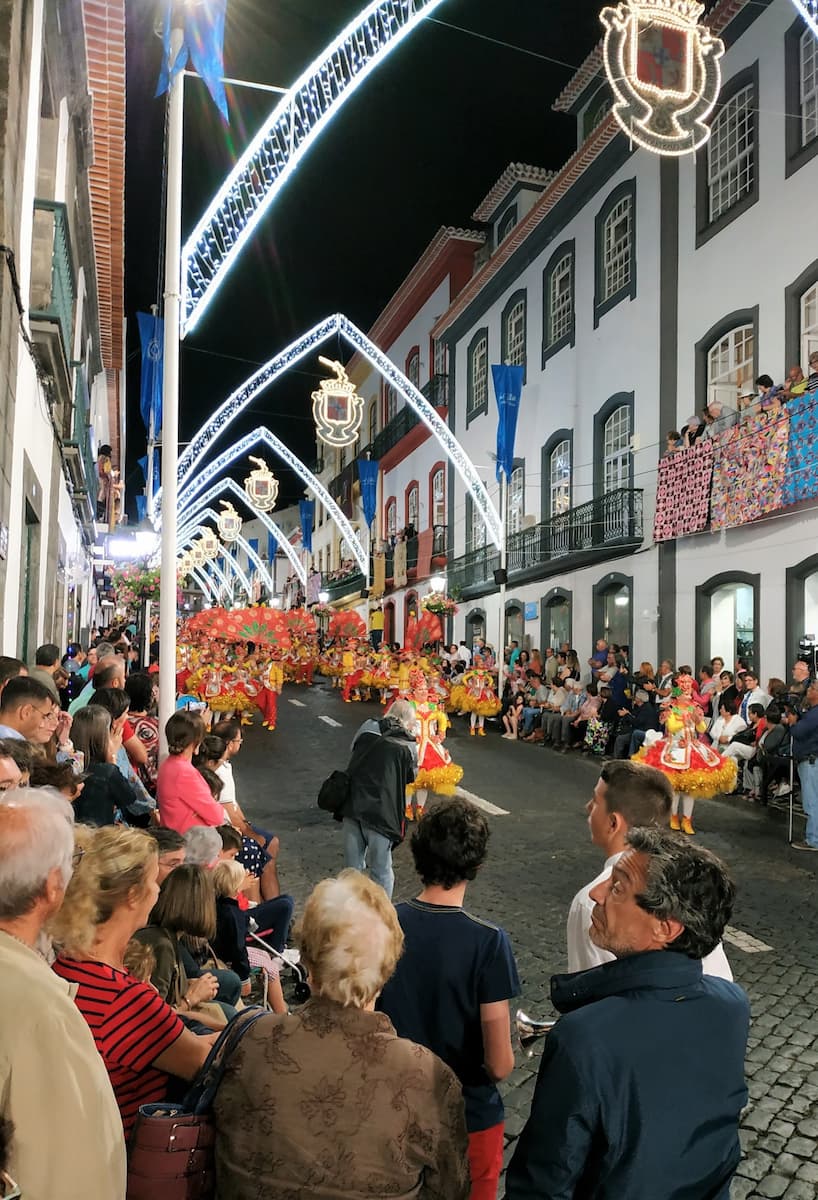
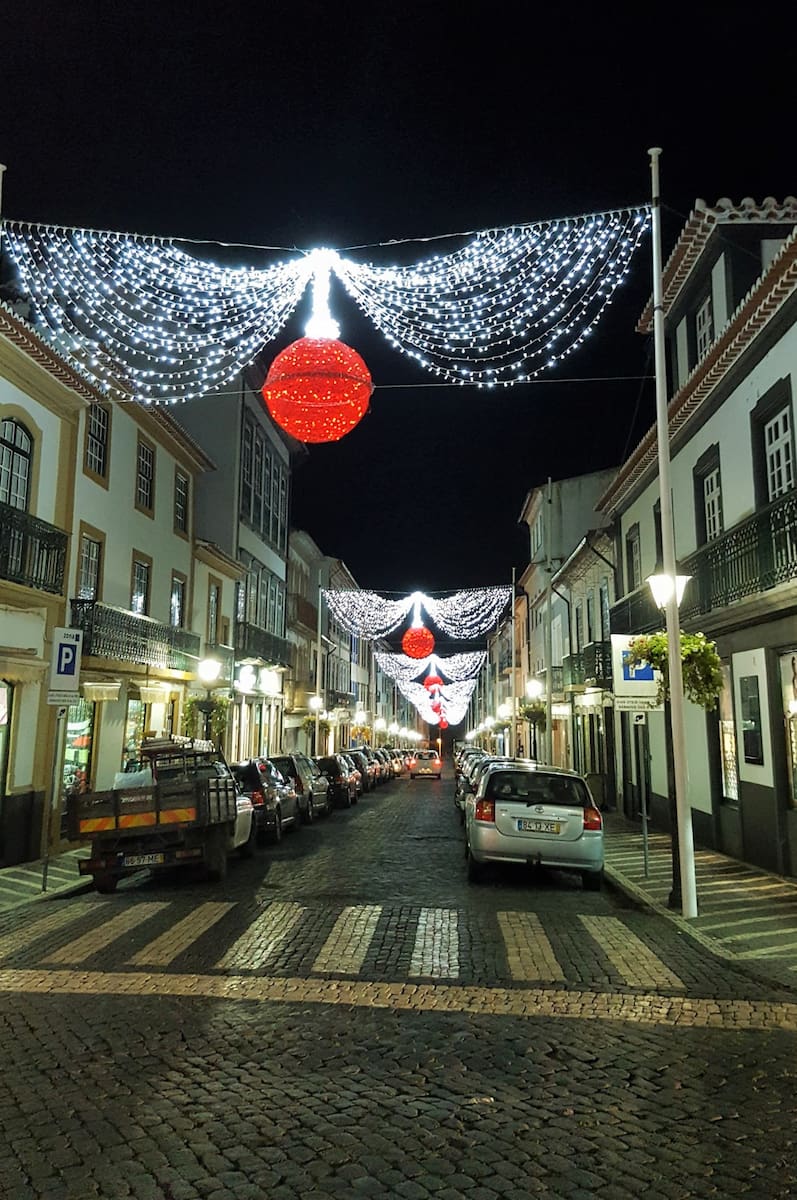

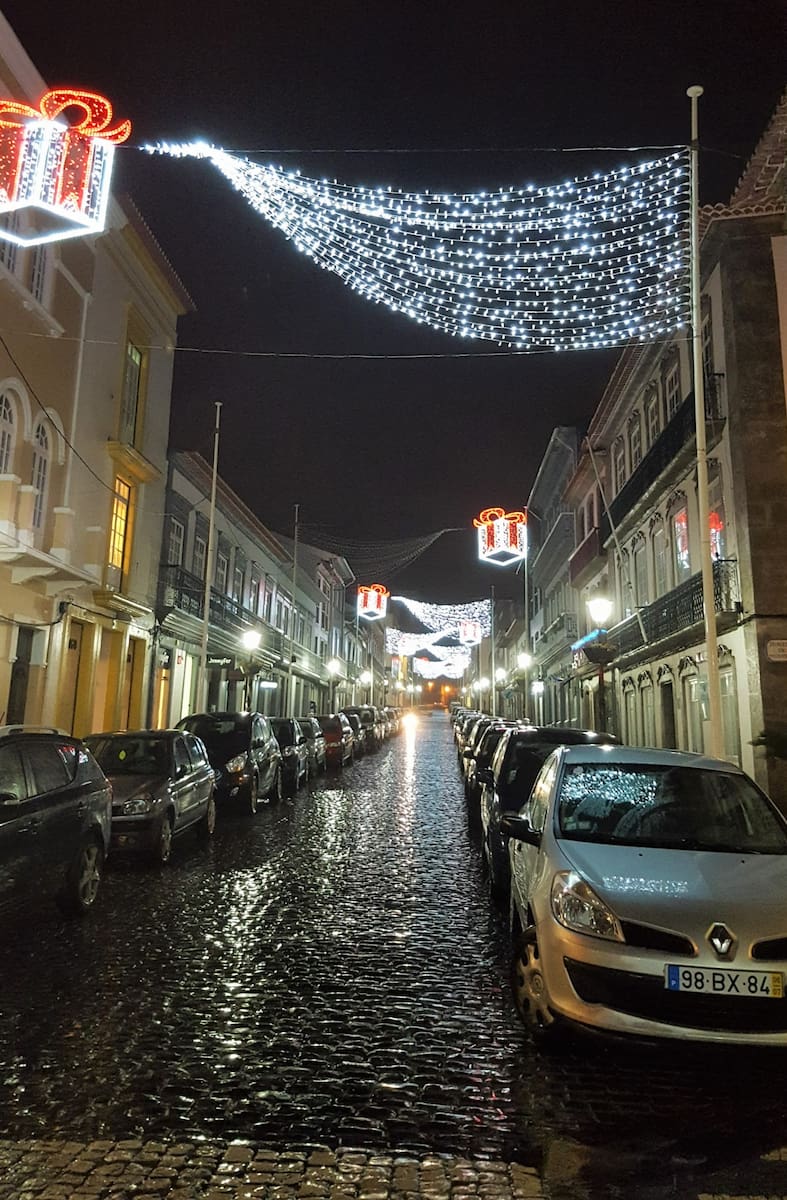
Cultural celebrations. What makes Christmas in Angra unique is how it blends Portuguese traditions with Azorean customs. I was fortunate to witness the “Missas do Parto” (Birth Masses) held in the Cathedral from December 16-24, where locals gather before dawn for special services featuring traditional Christmas carols sung in a distinctly Azorean style.
New Year spectacle. If you extend your stay through December 31st, you’ll be rewarded with Angra’s spectacular New Year’s celebration. I joined locals at the marina where the midnight fireworks reflect magnificently off the harbor waters, with Monte Brasil creating a dramatic backdrop for the pyrotechnic display.
Family activities. The city offers numerous holiday activities for children, including Santa’s workshop in Jardim Duque da Terceira, where little ones can participate in craft sessions and meet Father Christmas himself. The municipal ice rink (€3 for 30 minutes) provides winter fun despite the mild Atlantic climate.
- Christmas highlights in Angra do Heroísmo:
- Christmas light inauguration (first weekend of December)
- Traditional market in Praça Velha (December 8-24)
- Nativity scene exhibition at the Cultural Center
- Christmas concerts at the Cathedral (weekends in December)
- New Year’s Eve fireworks over the harbor (December 31)
Summer Festivals and Bull Running (May–September)
Sanjoaninas celebration. The island’s biggest cultural event, Sanjoaninas, explodes with color and excitement around June 24th (St. John’s Day). I was swept up in the festivities that transform Angra do Heroísmo into one massive celebration for several days. The ethnographic parades featuring traditional costumes and covered carts (“carros de toldo”) offered a fascinating glimpse into Terceira’s cultural heritage.
Bull running tradition. The famous “touradas à corda” (bullfights on a rope) represent a unique Azorean tradition dating back to the 16th century. Unlike Spanish bullfighting, these events are non-lethal, with bulls controlled by a rope held by trained handlers. I watched in awe as daring participants performed the “parasol lucky,” taunting the bull with colorful parasols before making quick escapes. The season runs daily from May 1st to September 30th, giving visitors ample opportunity to witness this cultural spectacle.
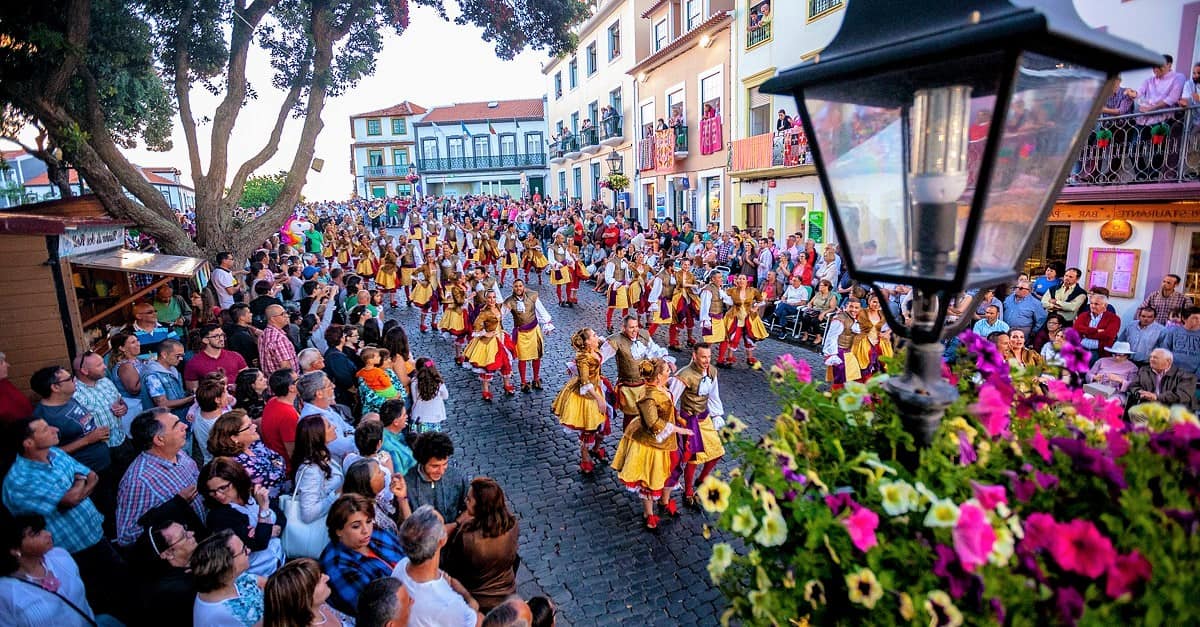
Seaside variations. One of the most entertaining versions occurs at beaches, where both participants and bulls often end up splashing into the ocean. I joined hundreds of spectators at Porto Judeu for this unique variation, where the crowd’s cheers grew louder with each dramatic sea plunge. The festive atmosphere combines adrenaline, tradition, and community spirit in a way I’ve never experienced elsewhere.
Biscoitos Wine Festival. In the northern parish of Biscoitos, I attended the Vineyards Festival celebrating the area’s unique wine heritage. Local producers offer tastings of their Verdelho wines, accompanied by traditional music, dance performances, and food stalls serving regional specialties that pair perfectly with the distinctive volcanic-soil wines.
Practical tips. For bull running events, I found arriving 30 minutes early essential for securing a good viewing spot. While participation is open to anyone brave enough, I recommend observing from a safe distance your first time. Most events are free to watch, though some festival concerts may charge entrance fees (typically €5-10).
- Summer festival calendar:
- Sanjoaninas in Angra do Heroísmo (around June 24)
- Daily bull running events (May 1-September 30)
- Biscoitos Wine Festival (mid-August)
- Parish festivals throughout summer (check local listings)
- Beach bull running events (weekends, June-September)
Spring Blooms in Parks & Hydrangea Trails
Explosion of color. Spring transforms Terceira into a botanical paradise as the island’s parks and gardens burst into bloom. According to the seasonal bloom calendar, the spectacle begins in early March with daffodils, followed by cherry blossoms in mid-March that last about two weeks. Tulips make their appearance from March to early May, creating carpets of color throughout the island’s formal gardens.
Hydrangea season. The iconic blue, purple and pink hydrangeas that have become synonymous with Azorean landscapes begin flowering in mid-April and continue through late October. I hiked several trails bordered by these magnificent blooms, with the path around Lagoa Negra offering particularly stunning displays where hydrangea hedges create natural blue walls along the route.
Natural reserves. The Serra de Santa Bárbara Nature Reserve showcases spring’s transformation of the rare Azorean cloud forest. Endemic plants like the Azorean cedar display fresh growth, while the forest floor becomes carpeted with wildflowers. My guide recommended visiting between May and September when sunny days make hiking more pleasant and the views more reliable.
Photography tips. I discovered that early morning light brings out the richest colors in the flowering plants, especially after light rain when everything appears freshly washed. The contrast between vibrant blooms and the island’s volcanic landscapes creates uniquely Azorean compositions that filled my camera’s memory card.
- Best spring blooming locations:
- Serra do Cume viewpoint (wildflowers among pastures)
- Lagoa Negra trails (hydrangea-lined paths)
- Monte Brasil slopes (natural wildflower displays)
- Biscoitos coastal paths (wind-resistant flowering species)
Autumn Foliage Walks in Santa Bárbara Mountains
Rich colors. Autumn brings a spectacular transformation to Terceira’s highlands, particularly in the Santa Bárbara mountain range. I discovered that the island’s deciduous trees begin changing colors in mid-October, creating a tapestry of gold, amber, and russet that contrasts beautifully with the evergreen Azorean cedar forests and distant ocean views.
Perfect hiking conditions. The autumn months offer ideal walking weather – neither too hot nor too rainy – making it my favorite season for exploring Terceira’s mountain trails. The Miradouro da Serra de Santa Bárbara, located at approximately 1,021 meters altitude in the heart of the nature reserve, rewarded my hike with breathtaking panoramic views of the island’s central volcanic landscape and the rare Azorean cloud forest.
Unique ecosystem. Walking through the Santa Bárbara mountains in autumn, I gained a deeper appreciation for the island’s endemic plant species. My guide pointed out how the changing seasons reveal different aspects of the cloud forest ecosystem, with autumn highlighting the contrast between native and introduced species through their different foliage patterns.
Photography opportunities. The quality of light during autumn months created magical conditions for photography. Early morning fog often clings to the mountains until mid-morning, and when it lifts, the low autumn sun illuminates the colorful foliage against dramatic cloud formations. I found the period from mid-October through mid-November offered the most vibrant displays.
Practical considerations. The mountain weather can change rapidly in autumn, so I dressed in layers and carried a waterproof jacket despite starting in sunshine. The main viewpoint has good access and parking, but venturing onto trails requires proper hiking footwear as paths can be slippery with fallen leaves and occasional rain.
- Top autumn walking routes in Santa Bárbara:
- Miradouro da Serra de Santa Bárbara circular trail
- Lagoinha to Pico Alto forest path
- Lagoa Negra nature reserve trails
- Cloud forest interpretation path
- Santa Bárbara to Serra do Cume traverse (for experienced hikers)
Day Trips from Terceira Island
1. Island Hopping to São Jorge (Ferry/Plane)
Maritime adventure. Island hopping from Terceira to São Jorge offered me a perfect day trip to experience another facet of Azorean life. The ferry departs from Angra do Heroísmo to Calheta (São Jorge) twice weekly, with a journey time of approximately 3 hours. I found the sea crossing itself to be part of the adventure, with opportunities to spot dolphins and seabirds along the way.
Flight option. For those with limited time or concerns about seasickness, SATA Air Açores operates daily flights between Terceira and São Jorge. The flight takes just 30 minutes and costs between €30-85 one way. I opted for the ferry journey out and the flight return, giving me different perspectives of the islands’ relationship to the Atlantic.
São Jorge highlights. The island’s dramatic landscape of steep cliffs (fajãs) and lush valleys captivated me immediately. I hired a local guide (€40 for half-day) who took me to Fajã dos Cubres and Fajã da Caldeira, where I sampled the island’s famous cheese – a tangy, firm variety that pairs perfectly with local bread and wine.
Practical logistics. Ferry tickets cost €23-40 one-way for passengers (€27-40 with a vehicle) and should be booked in advance through Atlanticoline’s website, especially during summer months. I found the ferry comfortable with a café serving snacks and drinks, though I’d recommend bringing motion sickness medication if you’re prone to seasickness.
Time management. To maximize my day trip, I took the earliest ferry departure and arranged for a local taxi (€60 for 4 hours) to meet me at Calheta port. This allowed me to visit several key locations before catching the afternoon flight back to Terceira, though a overnight stay would allow for a more relaxed exploration.
- São Jorge must-see attractions:
- Fajã dos Cubres (coastal village)
- Cheese factory tour in Beira
- Sete Fontes waterfall
- Miradouro da Fajã dos Cubres viewpoint
- Santo Cristo lagoon
⭐ Best Activities
- Castel Sao Jorge Entry Tickets – Secure your entry tickets to Lisbon’s iconic São Jorge Castle and explore this historic fortress at your own pace. Enjoy panoramic views of Portugal’s capital city from this well-preserved medieval castle.
2. Wine Tasting in Biscoitos
Volcanic terroir. My journey to Biscoitos revealed one of Terceira’s most distinctive landscapes – a coastal area where ancient lava flows created the perfect terroir for wine production. The Verdelho grape variety thrives in these volcanic soils, producing unique wines that capture the island’s mineral-rich earth and Atlantic influence.
Historical significance. At the Wine Museum, housed in the century-old Casa Agrícola Brum, I learned that wine production on Terceira dates back centuries, though it nearly disappeared due to disease outbreaks. Francisco Maria Brum revitalized the industry in the late 19th century, rebuilding stone walls (currais) and acquiring abandoned vineyards to restore this cultural tradition.
Tasting experience. For just €5, I enjoyed a guided tasting of three distinctive Verdelho wines, ranging from young, crisp varieties to more complex aged versions. The museum guide explained how these wines traditionally complement Terceira’s signature dish, alcatra (beef stew), with their freshness cutting through the rich, spiced flavors of clove, pepper, and laurel.
Vineyard landscape. The Protected Landscape of Vinha dos Biscoitos offers a fascinating walking trail through the vineyards, where I observed the unique cultivation method using small stone enclosures (currais) that protect vines from harsh Atlantic winds and salt spray while maximizing heat retention from the black volcanic soil.
Brotherhood tradition. I was intrigued to learn about the Brotherhood of the Biscoitos Verdelho Wine, established on March 10, 1993, as the oldest wine brotherhood in the Azores. Members wear distinctive blue cloaks with golden hems, symbolizing the region’s flag and the color of the verdelho grape, and work to promote and protect this unique viticultural heritage.
- Wine tasting highlights in Biscoitos:
- Wine Museum tour and tasting (€5)
- Vineyard walking trail (free, download map available)
- Biscoitos Wine Cooperative visit
- Local wine shops selling bottles directly from producers (€8-15)
- Seaside restaurants pairing local wines with fresh seafood
⭐ Best Activities
- Wines and Moonshines of Terceira – Sample Terceira’s unique wines and traditional spirits on this tasting tour that highlights the island’s viticultural heritage. Visit local producers and learn about Azorean winemaking traditions while enjoying delicious regional varieties.
3. Ilhéus das Cabras (Boat Trip)
Natural wonder. My boat trip to Ilhéus das Cabras (Goat Islets) revealed one of Terceira’s most impressive geological formations. These twin islets of volcanic origin, located just 3.5 nautical miles from Angra do Heroísmo, rise dramatically from the Atlantic Ocean and have been designated as a Special Protection Zone due to their ecological importance.
Marine exploration. The 3-hour boat tour (€35) departed from Angra’s marina, first circling Monte Brasil’s coastline before heading to the islets. The crystal-clear waters surrounding Ilhéus das Cabras offered exceptional visibility, allowing me to spot various fish species even before donning snorkeling gear. Our guide pointed out that these are the largest islets in the Azores archipelago.
Wildlife encounters. The islets serve as important nesting grounds for seabirds, and I was thrilled to observe several species circling the rocky outcrops. In the waters below, our group encountered playful Atlantic spotted dolphins that accompanied our boat for several minutes, jumping and spinning alongside us in what seemed like a welcoming committee.
Snorkeling option. For an additional €15, I opted for the snorkeling experience around the islets. After a brief instruction on basic apnea concepts and techniques, I explored the rich marine environment with its colorful fish, sea stars, and underwater rock formations. The protected waters around the islets create ideal conditions for both beginners and experienced snorkelers.
Photographic perspectives. The boat tour provided unique vantage points for photographing Terceira’s coastline, with Monte Brasil and Angra do Heroísmo visible from the sea. The dramatic volcanic landscape appeared even more impressive from this offshore perspective, revealing how the island rose from the ocean through successive eruptions.
- What to bring for the Ilhéus das Cabras boat trip:
- Waterproof camera or phone case
- Sunscreen (the reflection from water intensifies sun exposure)
- Light windbreaker (even on warm days, it can be breezy at sea)
- Motion sickness medication if prone to seasickness
- Water and snacks (though some tours provide refreshments)
⭐ Best Activities
- Terceira Island: Ilheus das Cabras Tour – Take a boat tour to the impressive Ilheus das Cabras (Goat Islets), twin volcanic formations rising dramatically from the Atlantic Ocean near Terceira. Observe seabirds, marine life, and the unique geology of these protected islets from the water.
4. Pico Alto & Caldeira Guilherme Moniz
Volcanic heartland. Exploring the Guilherme Moniz–Pico Alto volcano complex took me to Terceira’s geological core. This massive volcano, the second to emerge from the ocean during the island’s formation, occupies the entire central zone and features one of the most impressive calderas in the Azores archipelago.
Diverse landscapes. The Caldeira Guilherme Moniz crater amazed me with its varied terrain – from expansive lava fields and distinctive lava domes to active fumaroles and hidden lava caves with crystal-clear springs. Hiking through this area felt like walking through a living geology textbook, with each formation telling part of the island’s volcanic creation story.
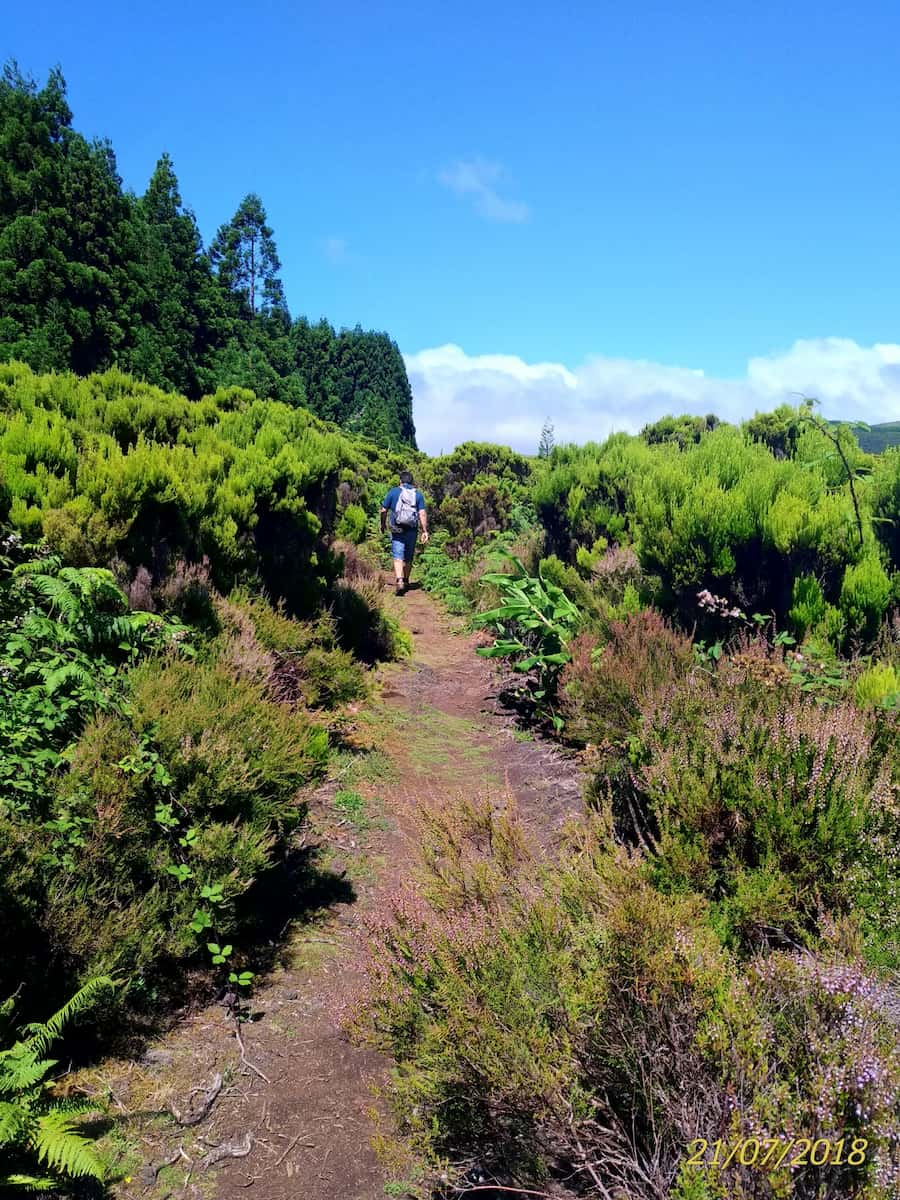
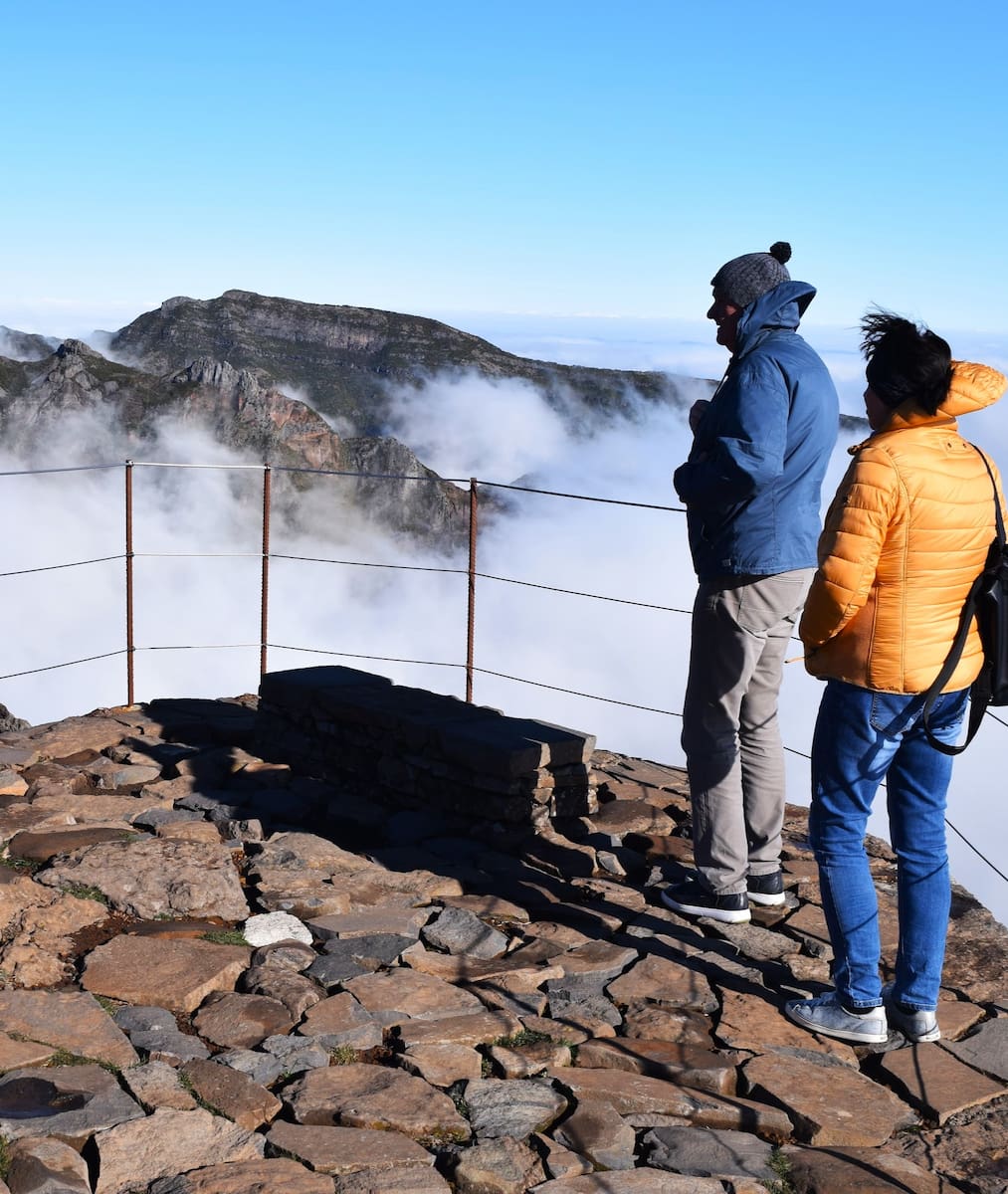
Wildlife habitat. What surprised me most was encountering Terceira’s famous fighting bulls roaming freely in the caldera’s humid zones. These impressive animals are raised in semi-wild conditions, and seeing them in their natural environment added an unexpected thrill to my exploration. My guide explained that this traditional cattle breeding is an important part of the island’s cultural heritage.
Hiking opportunities. I followed a moderate 7km trail that circled part of the caldera rim, offering spectacular views into the crater and across to Pico Alto (the highest point in this volcanic complex). The path alternated between dense patches of endemic Azorean forest and open areas where the panoramic views extended all the way to the coast on clear days.
Natural springs. One highlight was discovering several pristine springs emerging from lava tubes within the caldera. Local hikers often bring empty bottles to collect this pure volcanic-filtered water, said to have distinctive mineral properties. I sampled the cool, refreshing water and understood why it’s prized by islanders.
- Best viewpoints around Caldeira Guilherme Moniz:
- Pico Alto summit (highest point for 360° views)
- Caldeira rim eastern lookout (overlooking lava fields)
- Serra do Morião ridge (connecting to Monte Brasil)
- Furnas do Enxofre observation platform (active fumaroles)
- Lava dome formations (unique geological features)
⭐ Best Activities
- From Terceira: 3-Hour Caves Tour – Explore Terceira’s fascinating underground world on this 3-hour tour of the island’s most impressive volcanic caves and lava tubes. Discover unique geological formations with an expert guide who explains the volcanic processes that created these natural wonders.
FAQ
When is the best time to visit Terceira Azores?
The best time to visit Terceira is between May and September when days are sunny and ideal for nature walks. While the Azores enjoy mild temperatures year-round, periods of rain are more frequent during winter months, making summer the optimal time for exploring the island.
How can I explore Algar do Carvão volcanic cave?
Algar do Carvão is an extinct volcanic chimney that visitors can safely descend into, offering a unique opportunity to step inside a real volcano crater. The cave is typically open from April through October with limited hours from 2:00 PM to 6:00 PM, and entry costs approximately €6 for adults.
What hiking trails in Terceira offer scenic views?
Terceira offers several impressive hiking trails including the 5-kilometer Trilha dos Mistérios Negros near the Black Forest and paths around Serra de Santa Bárbara Nature Reserve. The Serra do Cume area also features walking routes with panoramic views of the island’s famous patchwork fields and coastline.
Is renting a car in Terceira necessary for sightseeing?
Renting a car in Terceira is highly recommended as it allows you to explore attractions like Miradouro Serra do Cume, Algar do Carvão, and remote beaches at your own pace. While tours and public transportation exist, having your own vehicle provides the flexibility to visit viewpoints when weather conditions are optimal and reach less accessible areas of the island.
What makes Miradouro da Serra do Cume worth visiting?
Miradouro Serra do Cume, located 545 meters above sea level, offers the most spectacular panoramic view of Terceira’s southeastern region with its distinctive patchwork of green fields divided by lava rock walls. From the opposite side at 542 meters elevation, visitors can enjoy views of Praia da Vitória, its enclosed bay, and the Lajes Air Base when weather conditions are favorable.
Where should I stay in Terceira for a 3-day itinerary?
Angra do Heroísmo serves as the perfect base to explore Terceira Island with its UNESCO World Heritage historic center and proximity to major attractions. Praia da Vitória is another excellent option, offering a beautiful beach, charming town center, and convenient access to Serra do Cume and the eastern side of the island.
Which UNESCO World Heritage Site can I visit in Terceira?
Angra do Heroísmo is a UNESCO World Heritage site since 1983, featuring Renaissance architecture, colorful historic buildings, and important monuments like the Sé Cathedral and city hall. The city’s well-preserved historic center showcases five centuries of Azorean history through its streets, squares, and cultural landmarks that tell the story of Terceira’s maritime importance.
What are the best restaurants in Terceira for Azorean food?
Ti Choa offers an authentic Azorean dining experience in a typical house run by a friendly family serving traditional food with historical context, especially recommended on Fridays when they bake bread. Other excellent options include O Chico in Angra do Heroísmo, where visitors can sample local specialties like alcatra (beef stew), fresh seafood, and Dona Amélia cakes in a welcoming atmosphere.
How can I reach Serra de Santa Bárbara viewpoint?
Serra de Santa Bárbara viewpoint, located at the highest point on Terceira Island (1,021 meters), can be reached by driving approximately 14 kilometers from Angra do Heroísmo, taking about 22 minutes by car. Visitors can also reach this natural jewel by public transport (about 70 minutes), bicycle along the M50 route (67 minutes), or join guided tours that include this impressive viewpoint offering panoramic views of the cloud forest and Atlantic Ocean.
What transportation options exist from Terceira Airport to attractions?
Lajes Airport near Praia da Vitória serves as the main gateway to Terceira with connections from international, national, and regional airlines including direct and low-cost flights. From the airport, visitors can rent cars, take taxis, or join guided tours to reach attractions like Serra do Cume (15 minutes away), Angra do Heroísmo (20 minutes), and other points of interest around the island.
